TransportationTalk
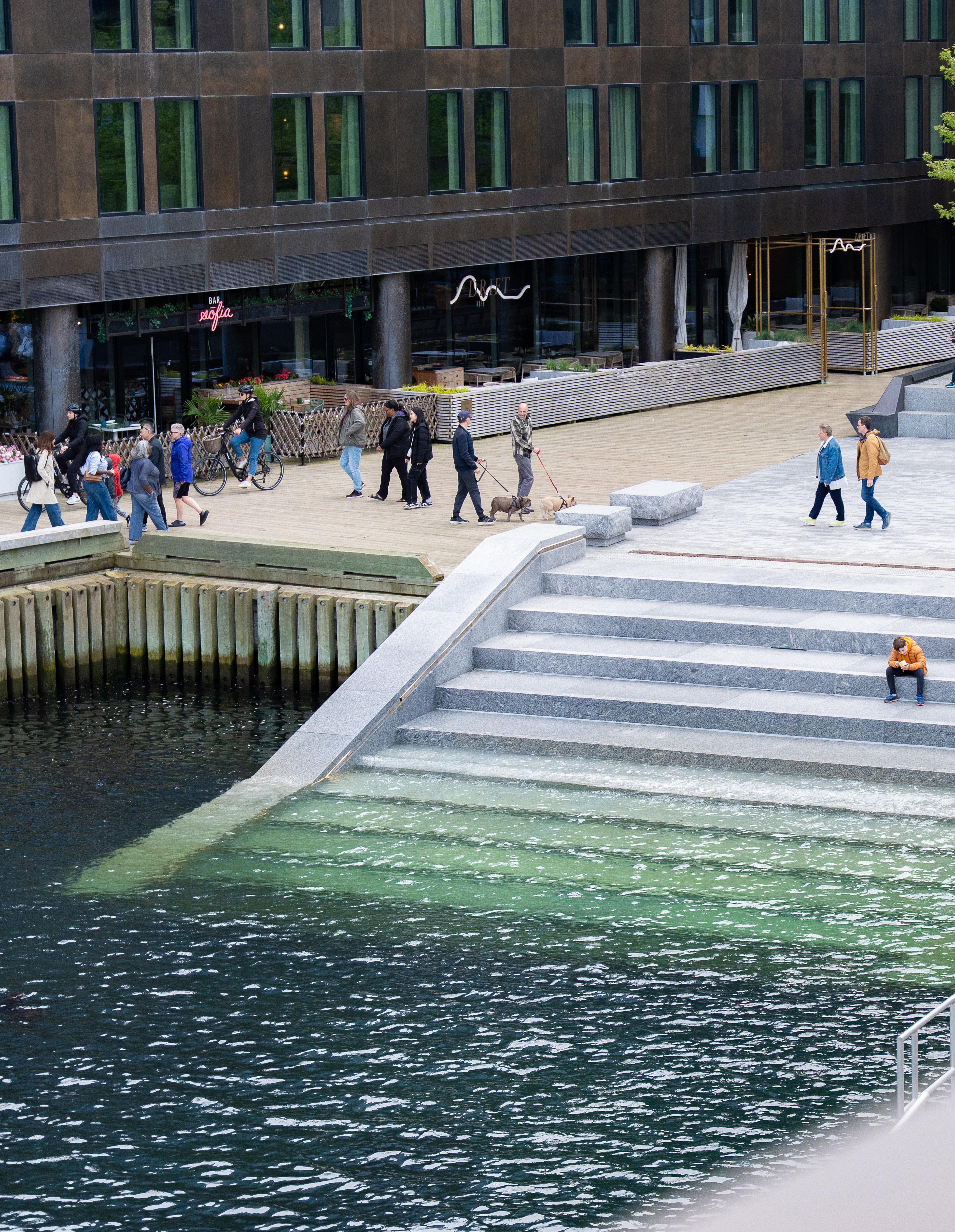
Resilient Cities
Central UPS Monitoring Systems
Improving pedestrian networks
An automated Sidewalk Assessment Tool
2025 Conference & Awards
Highlights from Halifax



Resilient Cities
Central UPS Monitoring Systems
Improving pedestrian networks
An automated Sidewalk Assessment Tool
2025 Conference & Awards
Highlights from Halifax

The Road Safety For Canadian Practitioners online training program, presented by TAC & ITE Canada, allows you to tailor your learning to your specific professional development needs Five courses are offered:
Foundations of Road Safety
Measuring Safety
Human Factors and Road Safety
Solving Safety Problems
Implementing Road Safety Programs



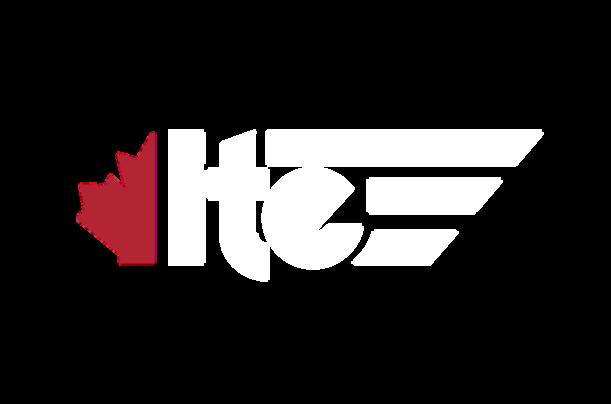

Courses are delivered through TAC’s Online Training Centre as self-paced, on-demand modules that include recorded lectures, case studies, exercises, supplemental reading lists & quizzes
Lectures in each course range from 3-6 hours. In total, the five courses offer 24 hours of learning. Modules are accessible for 6 months after payment.
The five modules can be purchased individually or as discounted bundles. Find complete course details and prices at tac-atc.ca.
More Information: tac-atc ca/en/knowledge-centre/training-courses/#roadsafety
Meet
Relive the
Rifat Bhuiyan shares takeaways and highlights from the SLS hosted by Dalhousie University
Project Profile: Resilient and Safe Traffic Movement in Smart Cities
Atif Khan dives into the benefits and implementation the City of Surrey’s Central UPS Monitoring System, the 2025 Stan Teply Outstanding Technical Project Award winner
Assessing High Need Sidewalk Gaps: Halifax’s Automated Sidewalk Assessment Tool
Anders Turim and Siobhan Witherbee share how Halifax Regional Municipality is efficiently identifying priority gaps to fill in their pedestrian network
47 Member Highlight Meet the 2025 ITE Canada Executive Election Candidates
Kelsey Waugh
49 Adam St. Amant (originally published in Fall 2024)
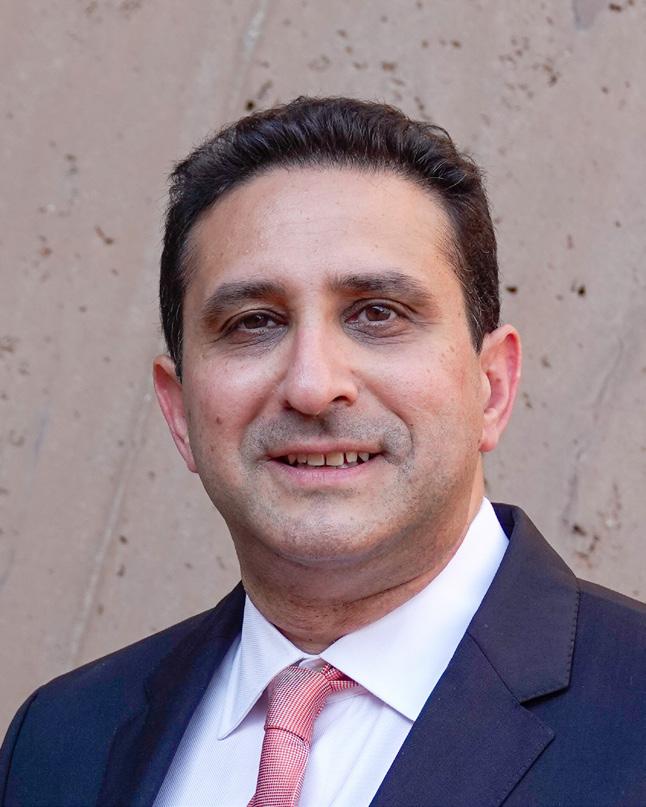
Pedram Izadpanah Ph.D., P.Eng. President, ITE Canada president@itecanada.org
This past June, I had the pleasure of attending the ITE Canada Annual Conference in Halifax, where I connected with nearly 500 delegates and exhibitors. A heartfelt thank you to our dedicated members who volunteered countless hours to create a productive and memorable experience for all attendees. I thoroughly enjoyed both the social events and the technical content, and I’m pleased to share that the post-conference survey results were overwhelmingly positive and encouraging.
Survey feedback highlighted a strong interest in alternative formats for delivering technical content, as well as more opportunities for interaction with presenters. The technical tours were particularly well received. Thank you to everyone who took the time to offer feedback; we read every comment. As we look ahead to our 2026 conference, we will work closely with the Victoria Local Arrangements Committee (LAC) and the National Technical Program Committee (NTPC) to incorporate this feedback and enhance the overall conference experience.
The ITE Canada Board met during the Halifax Conference. One of the important activities was to review our priorities based on the 2025-2027 Strategic Plan and define the priorities for 2026.
In recent years, ITE Canada has invested significantly in our student chapters through providing funding, resources, administrative support, and mentorship. We are proud of the impressive progress and accomplishments of these chapters, including recognition at the international level. We are now extending this support model to our Sections and Young Professionals. Last year, we launched the Section Support Task Force and, this year in Halifax, we hosted a roundtable with Section Executives to better understand their needs. Moving forward, the ITE Canada Executive will maintain close contact with Section leadership nationwide to offer enhanced support. I encourage all Section and Student Chapter executives to reach out to me or any member of the ITE Canada Executive or Board if we can better support your initiatives.
The Future Transportation Leaders Fund had a productive year, developing an action plan and identifying sustainable funding sources. The foundation is currently revamping its scholarship program. Stay tuned and follow their LinkedIn page and website for updates.
I am also pleased to share that the Board has approved two fantastic candidates for the position of Treasurer: Adam St. Amant and Kelsey Waugh. You can learn more about them in this issue of Transportation Talk. Please take the time to read their profiles and be ready to cast your vote this Fall. The newly elected Treasurer will join the Executive Committee and Board beginning on January 1, 2026.
Our partnerships with peer organizations remain strong. We will host a joint webinar with the Canadian Association of Road Safety Professionals (CARSP) on Thursday, September 25, 2025. More details will follow. Additionally, our members recently organized a well-attended Vision Zero session at the joint Ontario Professional Planners Institute (OPPI) / Canadian Institute of Planners (CIP) conference in downtown Toronto.
I look forward to attending Section events across the country in 2025 and hope to connect with many of you in person. In the meantime, please don’t hesitate to reach out with your suggestions or thoughts.
Wishing everyone a wonderful summer!

Pedram Izadpanah, Ph.D., P.Eng. President, ITE Canada
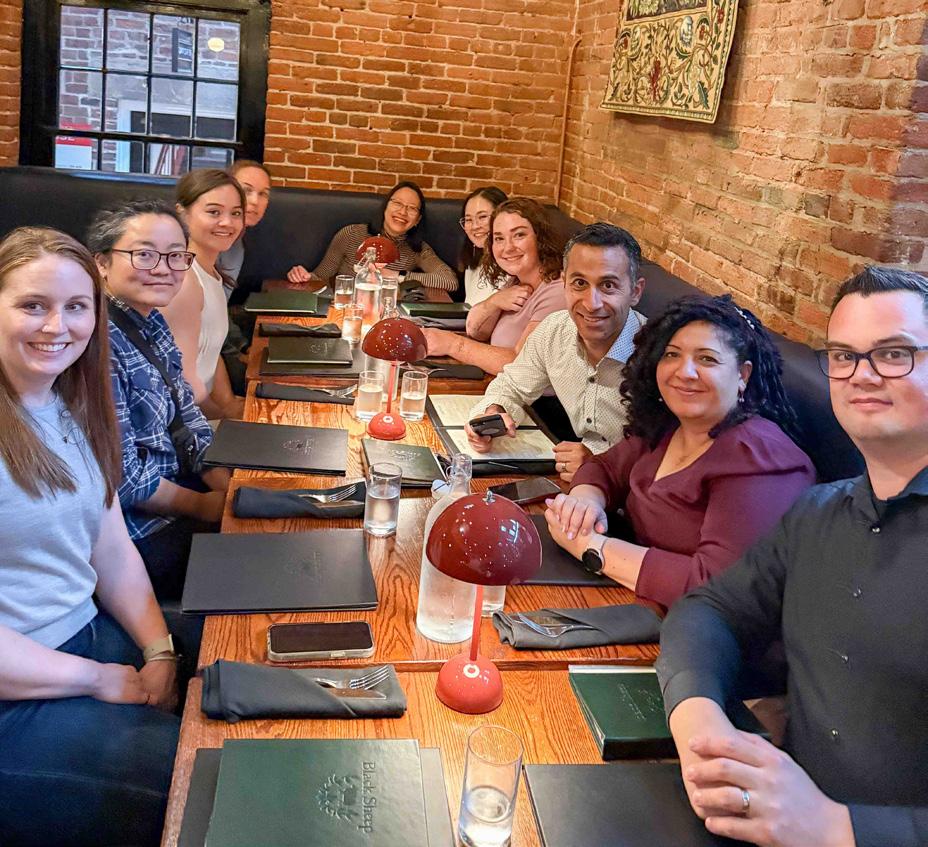
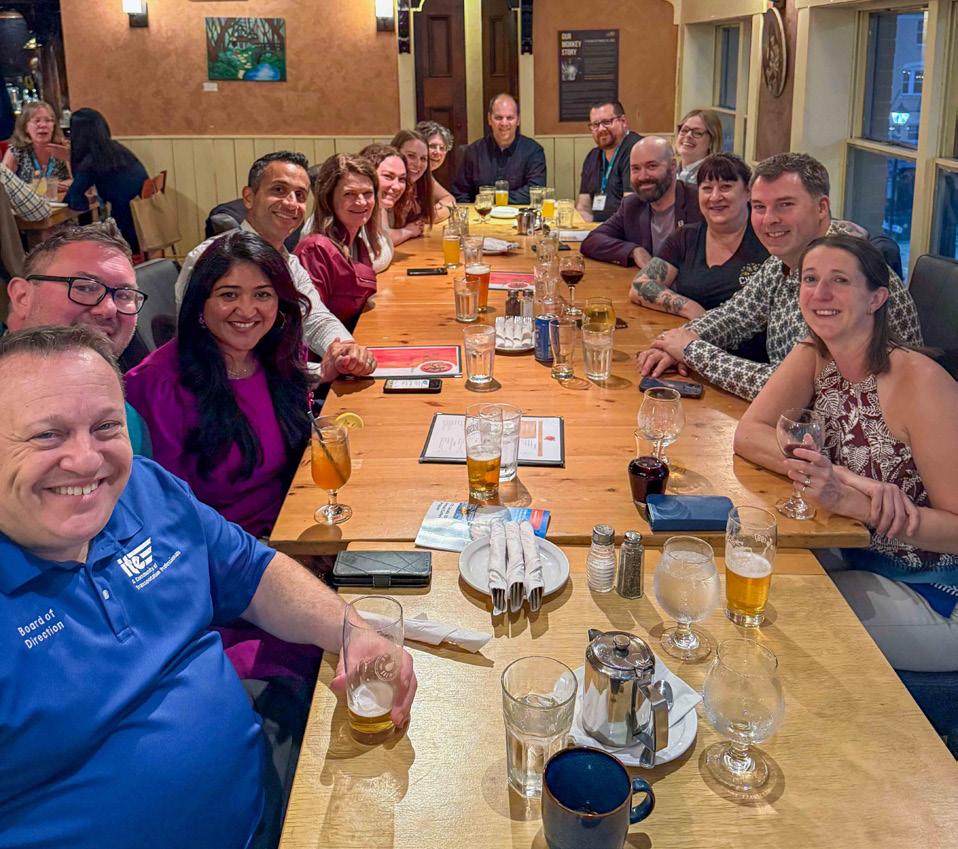
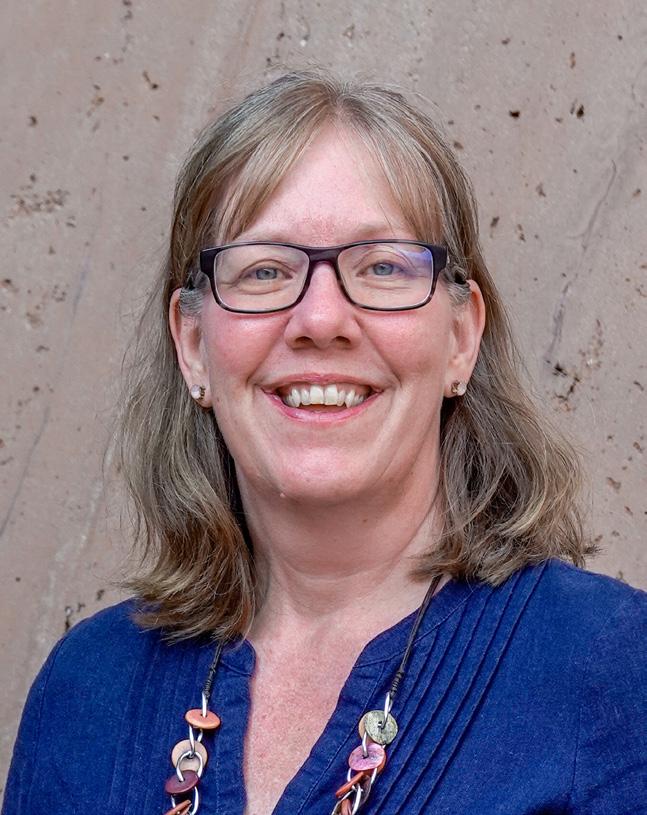
Canadian District Director, ITE director@itecanada.org
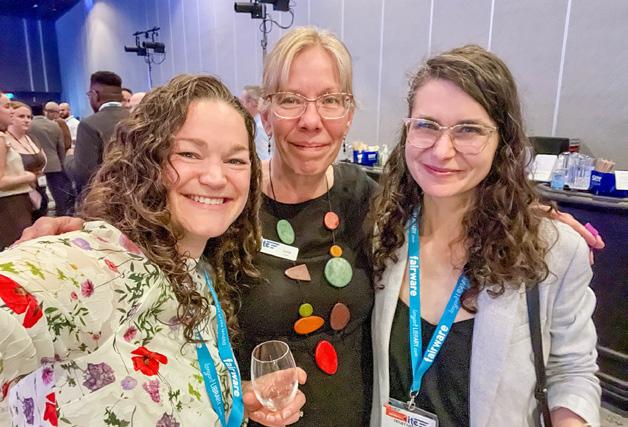
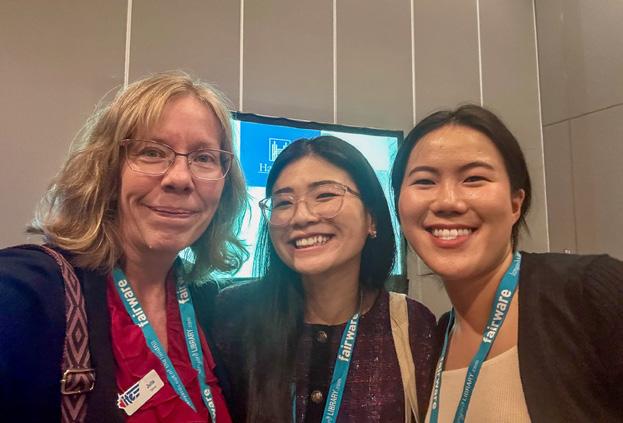

There are so many things to love about summer in Canada. I’ve had the chance to take advantage of many as I travelled to Halifax and the east coast for the ITE Canada conference and also have been exploring closer to home in Southwestern Ontario. One of my favorite places to be is on a patio on a hot day, but the other thing I love about summertime is the multimodal nature of adventuring. Many of you are all season multimodal-ers, but I do a lot more outdoor running, hiking, and biking without the snow. It’s a great way to explore the infrastructure being rolled out by our members across the country and to try out new installations as practitioners who engage in multimodal planning, analysis, and design. I encourage you to grab your team and go exploring. And if you happen to find a patio along the way, all the better!
Halifax is a beautiful city and our gracious conference hosts gave us great insight into the evolution of the City, projects at all stages of implementation, and the many ways to travel in the City. Thank you for hosting us. And to all of you who contributed to the conference—thank you! Whether you were a speaker, a moderator, or volunteered in some other way, the conference was better because of your participation. And a huge shout out to Emily Atwell who was the true morning run leader and raised the bar for the running crew in Victoria next year.
I recently had a thoughtful discussion with a colleague about the value of ITE membership. Of course, the conversation was personal for me—ITE has been a big part of my life professionally and personally for my whole career. I didn’t have an active student chapter when I was a University of Waterloo student so my first interaction with ITE was when I started working and the ITE Toronto Section. Every job I’ve had since then started with an ITE connection including many of my consulting projects with Salvini Consulting. ITE provides many of the technical resources I rely on day-to-day. I have gotten most of my professional development through ITE (so important given on-going requirements from most of our licensing bodies). And we know how to have fun while we learn, connect, and grow. Here are a few things you may not know about your ITE membership:
• ITE international offers many webinars and even training (such as the ignITE Non-Technical Career Skills Program) for free to members. This is a great way to build your professional development hours and learn about what transportation colleagues are doing around the world.
• There is a Canadian representative on most Councils, Committees and projects that ITE undertakes because our Canadian perspective is valuable and makes for more robust technical products.
• All ITE members can join committees—technical, employer or topic area (younger member, Women of ITE, for example)—for further professional development and network building.
• A significant portion of the dues you pay for your ITE membership come back to the ITE Canada District to fund the work that we do nationally. A smaller portion goes to your Section to support ITE activities at the local level.
• ITE has awards and scholarship programs that are open to all of its members and Canadians can also receive support through the programs. All Canadian Student Leadership Summits and many of our LeadershipITE grads have benefitted from this ITE support.
• The membership directory on the ITE website is the unsung hero of ITE membership. I cannot count the number of times I’ve used it to find the name of a member in another city who I wanted to ask about a project or to find the name of a person at a company that I wanted to connect with. And when the conversation starts with “I found your name in the ITE directory,” there’s common ground to build from.
• Your membership dues are often paid back through the discounts you receive as an ITE member on registration at local, national, and international events along with technical product purchases. The current version of the digital trip generation manual offers a $500 USD discount for members, for example; this is particularly relevant given the imminent release of the 12th edition of the manual.
Your ITE membership is valuable as is your participation in the organization at all levels. If you are struggling to justify your membership in these uncertain times, please reach out. I’ve got many more reasons to share as to why I will be keeping my ITE membership. You can also find more information on the ITE website here (pdf). There are also some short videos from members on how their involvement in ITE supports their professional development (especially for students and younger members) here
Finally, I want to highlight our upcoming election. We have two excellent candidates for the ITE Canada Treasurer role. Both Adam and Kelsey have been longtime volunteers in the organization. Please get to know them more through the information later in this newsletter and watch for more information about voting in September. Thank you to both Kelsey and Adam for putting their names forward for consideration in the election.
As you embark on adventures you have planned for the summer of 2025, I hope you find some time for renewal in whatever form that takes for you and the people around you. Travel safely and stay in touch!

Julia Salvini, P.Eng., FITE ITE Canada District Director
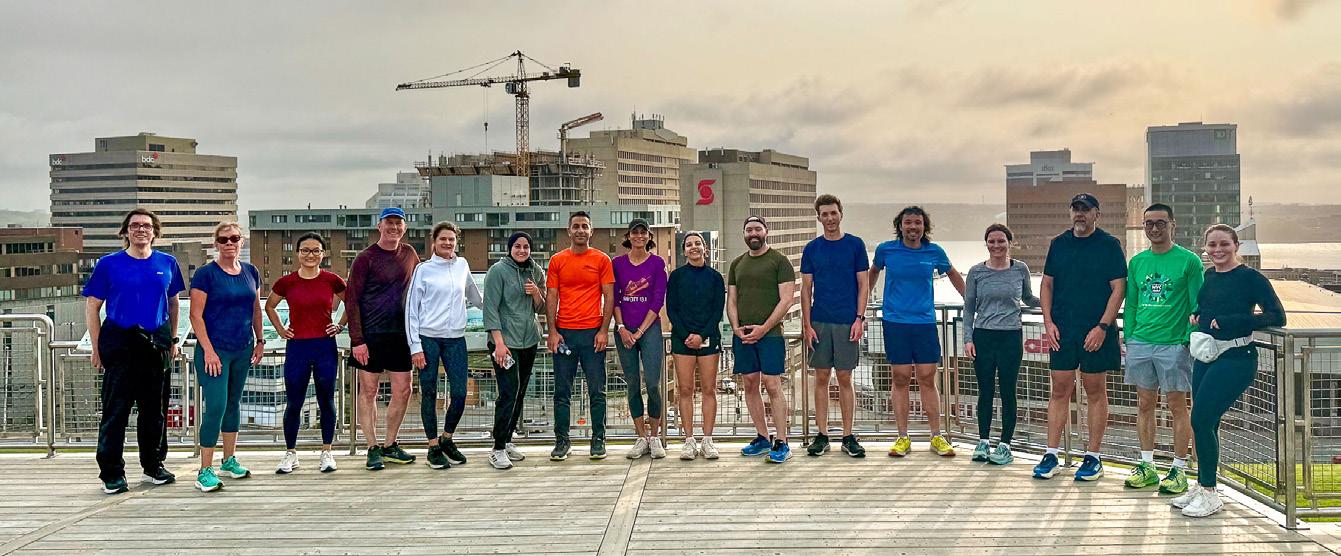
Are you passionate about shaping the future of transportation in Canada?
ITE Canada is launching a Younger Member Committee Task Force, and we want YOU to be part of it.
The Younger Member Committee Task Force will be created to:
• Encourage participation of younger members in all areas of ITE and help provide them with leadership opportunities
• Coordinate with other committees of the District or Sections to be a voice for younger member participation in each of these groups
• Find ways to engage younger members in District and Section activities and events
• You’ve got ideas and enthusiasm for engaging younger (under 35) members in ITE
• You can be any age to volunteer on the Task Force
• You are a professional or student member of ITE
How to Apply
Please complete the ITE Canada Volunteer Form at itecanada.org/volunteer by August 8, 2025.
On the form, check off “ITE Canada – Younger Member Committee Task Force” in the list of opportunities and provide:
• an expression of your interest and the skills you would bring to the task force
• a resume
If you have any questions about this volunteer opportunity, please feel free to contact ITE Canada Treasurer Destiny Piper. We look forward to hearing from you!
Application Deadline: August 8, 2025 11:59pm (Pacific)
The ITE Canada Board of Directors met for their annual in-person meeting in Halifax on Sunday, June 1. They were pleased to welcome guests from ITE International as well as District Committee Chairs. The meeting began with updates from the Technical Liaison Committee, Training Committee, and National Technical Program Committee as well as the Future Transportation Leaders Fund.
This was followed by approval of the nominations for the 2025 Executive Committee; see below for more.
Updates were provided for our 2025 through to 2028 Annual Conferences with a strong turnout for Halifax and planning underway for Victoria 2026 and London 2028. With the 2027 conference as a Joint ITE International Annual Meeting, the Board approved Ryan Vanderputten as Conference Chair.
The 2024-2025 Q2 Financials were presented and a proposed budget for 2026, three year forecase, and Budget Overview Task Force were discussed. Additional updates were provided on several new business items.
Finally, the meeting concluded with a Strategic Plan Health Check/Report Card activity to solicit input from the Board on the organization’s priorities for 2026. ITE Canada thanks the many dedicated Board members who give their time and expertise to the organization!
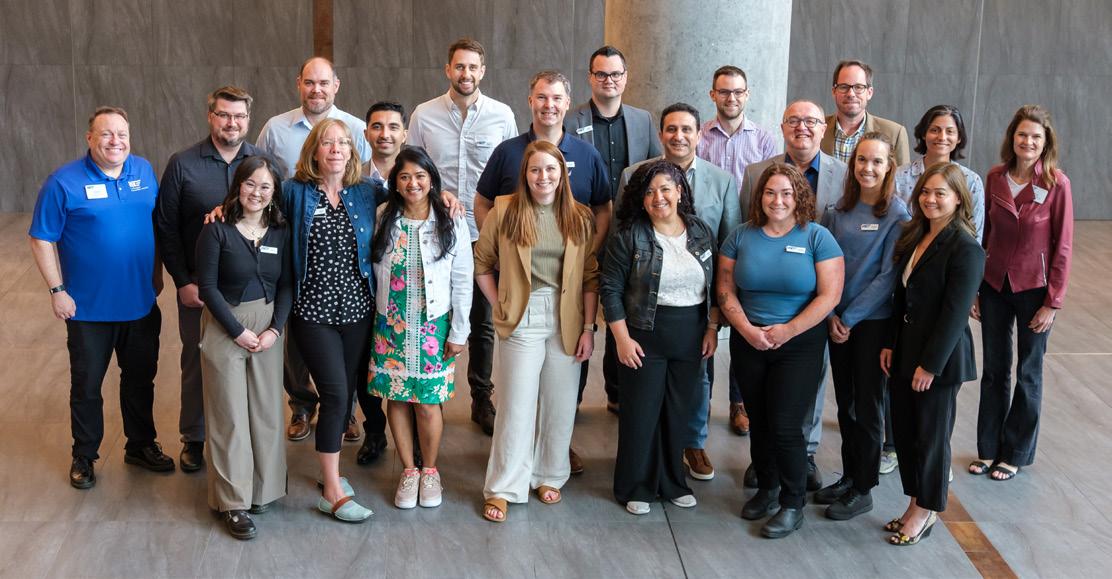
We are pleased to announce the following candidates to serve on the ITE Canada Executive Committee starting January 1, 2026. Two positions have been acclaimed for one-year terms:
• President: Irini Akhnoukh, Manitoba Section
• Vice President: Destiny Piper, Saskatchewan Section
The 2025 Executive Committee will also include:
• Past President: Pedram Izadpanah, Hamilton Section (2026 term, un-elected position)
• Secretary: Madhuri Seera, Southern Alberta Section (2025-2026 term)
• District Director: Julia Salvini, Southwestern Ontario Section (2025-2027 term)
The ITE Canada Board of Directors has approved and recommended two candidates in accordance with our Nomination & Election Policy for the position of Treasurer for a two-year term, from January 1, 2026 to December 31, 2027:
• Adam St. Amant, Southern Alberta Section
• Kelsey Waugh, Toronto Section
An election will be held in September 2025. Eligible voting members (non-student ITE members with dues paid for 2025) will receive a ballot by email.
Learn more about Adam and Kelsey in the candidate profiles on pages 7-8 and Member Highlights on pages 47-50.

Southern Alberta Section
Transportation Engineer, City of Lethbridge
Lethbridge, AB
ITE Canada plays a vital role in advancing transportation practice through professional development, collaboration, and community building. As Treasurer, I will work to ensure the organization remains financially strong and strategically positioned to deliver high-impact programs—such as training sessions and the annual conference—that support our members at every stage of their careers.
The Treasurer’s role is more than financial stewardship; it’s about laying the groundwork for long-term organizational success. I am committed to supporting initiatives that foster innovation, reflect emerging trends, and reinforce the fundamentals of transportation engineering, planning, and design. I also see this position as an opportunity to contribute meaningfully to ITE Canada’s strategic direction by working closely with the Executive and Board to ensure our financial decisions align with the organization’s mission and longterm goals.
My journey with ITE began in 2010, and I’ve been fortunate to benefit from the organization’s resources and community throughout my career. Volunteering with the ITE Canada Training Committee has provided the opportunity to collaborate not only with enthusiastic and dedicated committee members, but also with the consultants and
subject matter experts who deliver our training sessions. Working with such a supportive and engaged team has been a highlight of my volunteer experience and has deepened my appreciation for the value ITE brings to its members. The spirit of collaboration is what makes ITE Canada such a welcoming organization. To me, ITE Canada is more than a professional association—it’s a hub for networking, knowledge sharing, and leadingedge thinking in transportation.
Beyond ITE, I recently served as Treasurer for a local non-profit dance club, where I managed budgeting, financial reporting, and daily financial operations. This experience has given me a strong foundation in financial oversight and accountability. Professionally, I am a transportation engineer with experience leading complex projects that require fiscal responsibility, stakeholder engagement, and strategic decision-making. My background also includes public speaking experience through Toastmasters, which has strengthened my ability to communicate clearly and effectively— an essential skill for any executive role.
I’m excited for the opportunity to contribute to ITE Canada in this new capacity and to help shape a future that is innovative, inclusive, and member-focused. Thank you for your support.

Toronto Section
Project Manager, Traffic Engineering, CIMA+ Toronto, ON
I am excited to run for Treasurer of ITE Canada for the 2026–2027 term. I believe ITE Canada’s strength lies in its people, its programming, and its culture of inclusivity. As Treasurer, I will bring my organizational experience and enthusiasm to build on previous successes, inspire fresh engagement, and collaborate on a vibrant future for the organization.
My ITE journey began in my final year of undergraduate studies when the 2014 Canadian District Conference was hosted near my alma mater, the University of Waterloo. That inspired me to enter (and win 1st place) in the 2015 Joint Technical Presentation Competition for Students (hosted by the Toronto, Hamilton, and Southwestern Ontario Sections). Over the past decade, I’ve had the privilege to attend or participate in nearly every national conference and countless local events—building invaluable connections and gaining firsthand insight into the ITE Canada operations.
My previous contributions to ITE helped to hone my skills in leadership, collaborative planning, and event delivery, and include:
• Six years on the ITE Toronto Section Executive Committee (2016–2021) including my term as President in 2020.
• Member of the Local Arrangements Committee (LAC) for the 2017 ITE International Conference in Toronto.
Professionally, I bring ten years of transportationplanning experience in the private sector—leading multi-modal transportation projects and development-related traffic studies. I have also
chaired workplace committees focused on diversity, equity & inclusion, mentorship, and social engagement. In 2023, I was honored as one of Canadian Consulting Engineer’s Top 10 Under 40 in recognition of my leadership and mentorship initiatives.
My vision as Treasurer, in addition to supervising the banking and bookkeeping functions, would be to:
• Advance further collaboration between Sections and Chapters – Facilitate leadership sessions between sections, sharing lessons learned and planning for the future;
• Foster engagement in technical session and workshops – Add a mix of formats for conference sessions and workshops with innovative formats – unconferences, fishbowl discussions and using interactive tools like Mentimeter, lucidchart, Slido;
• Develop opportunities for employers and employees to connect – Increase visibility of the ITE Canada Job Board through additional mediums and cross posting with other industry networks.
Thank you for considering my candidacy. I welcome your questions and look forward to the opportunity to give back to the organization that has given me so much. Please feel free to connect with me on LinkedIn to discuss any ideas or feedback.
Cheers, Kelsey
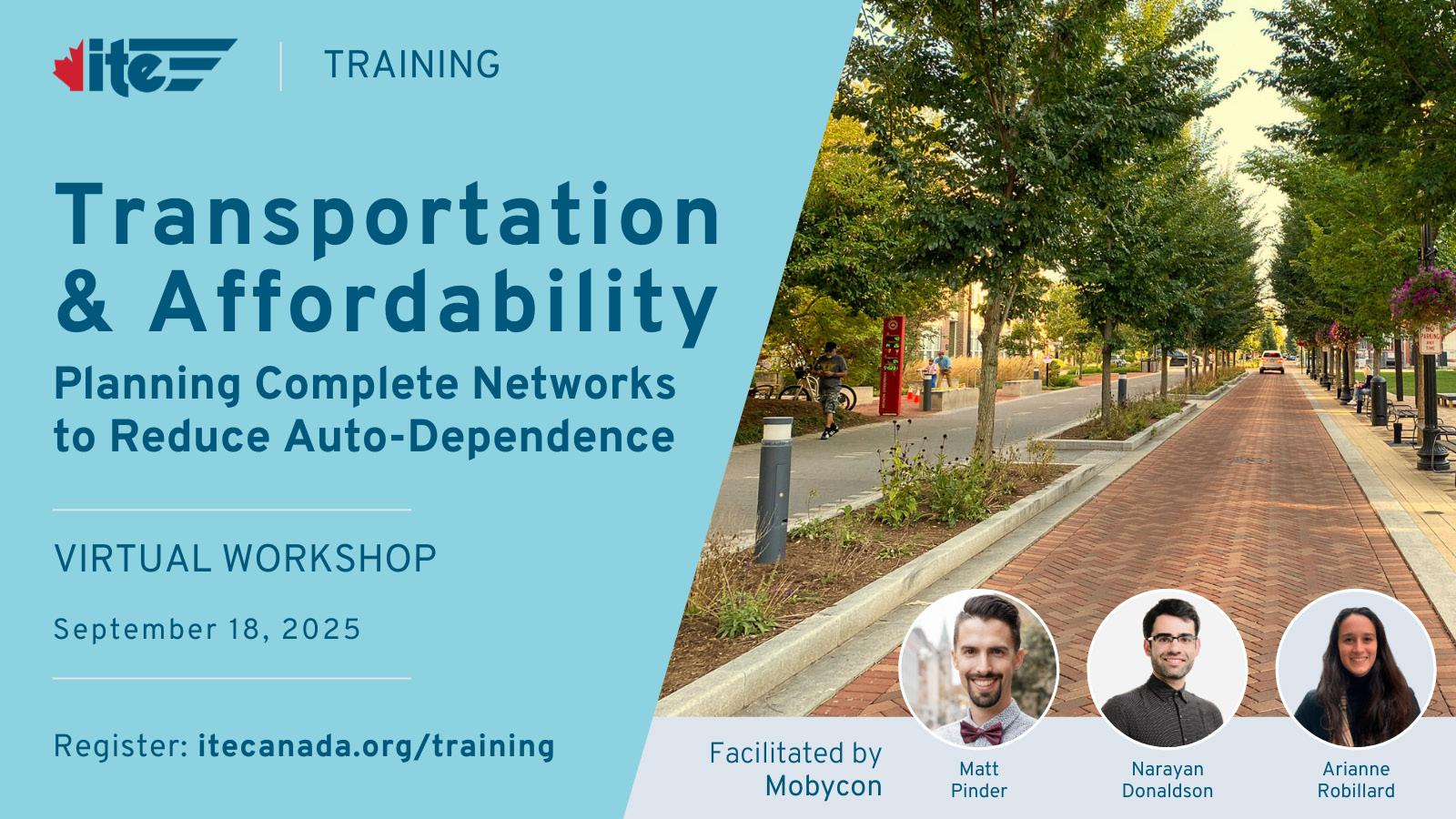

Ǭ Thursday, September 18, 2025
Ǭ 12 pm to 4 pm (Eastern) / 9 am to 1 pm (Pacific)
Ǭ Matt Pinder, Narayan Donaldson, Arianne Robillard of Mobycon

Ǭ ITE Member (Individual or Public Agency): $250
Ǭ Non-Member: $350
Ǭ Student: $150
Learn More & Register
QUESTIONS ABOUT THE TRAINING PROGRAM? Contact the Training Committee at training@itecanada.org
QUESTIONS ABOUT REGISTRATION? Contact ITE Canada at info@itecanada.org
The Transportation & Affordability: Planning Complete Networks to Reduce Auto-Dependence course will help transportation professionals understand the role they can play in addressing the housing crisis and how to design and implement complete networks for new and intensifying communities. Participants will leave this workshop with a stronger understanding of the building blocks for car-lite communities and actionable takeaways for their work in producing transportation master plans, secondary plans, plans of subdivision, and transportation impact assessments.
If you’re a transportation or land use planner, engineer, or other professional interested in designing more sustainable, affordable and inclusive communities, don’t miss this professional development opportunity facilitated by Matt Pinder, Narayan Donaldson, Arianne Robillard of Mobycon
Ǭ Describe the role of transportation practitioners in addressing Canada’s housing crisis
Ǭ Explain the concepts of being car-dependent, car-free, and car-less and its impacts on access to opportunity and mobility poverty
Ǭ Understand examples of various communities and neighbourhoods across Canada that have been designed to support car-lite living
Ǭ Evaluate a proposed or existing community layout for its likelihood of supporting multimodal travel by looking at its street design, land uses, and network structure
Ǭ Design a multimodal street network for a new or retrofitted urban neighbourhood
By Marcia Eng with contributions by John Morrall & Bruce Belmore
The Centre for Transportation Engineering and Planning (C-TEP) was founded in 1998 by Dr. John Morrall and Harvey Olsen as a centre of excellence to foster and facilitate the growth of transportation knowledge. C-TEP got its start with funding from the Alberta Research Council followed with additional funding from Alberta Transportation as well municipalities and consulting firms in the province. One of C-TEP’s main objectives was to transfer knowledge to the engineering profession through short courses and seminars covering all areas of planning and design. Their courses were in-person so that participants could get hands-on experience with real-life problems that instructors brought to the classroom such as geometric design (including interchanges and roundabouts), pavement design, and drainage design with site visits. Monitoring and operations were covered with courses in road safety audits at all stages including work zones and bridge inspections. Course instructors included engineers from both government road authorities and consulting firms.
C-TEP’s first Executive Director was Dr. John Morrall (1998 to 2001) who also served as Director of Technology Transfer (2002 to 2004) and an instructor for courses in geometric design and road safety audits over the years. The work of knowledge transfer was continued by all of C-TEP’s leadership through to its last Executive Director, Neil Little. In 2000, C-TEP was recognized with the Alberta Premier’s Award of Excellence. C-TEP funded or co-funded 41 research projects and delivered over 100 courses over the past 25 years. Course participants from all western provinces took advantage of C-TEP’s offerings to earn professional development hours.
Dr. Morrall introduced me to transportation over 25 years ago through his highway safety course as my professor in university. He inspired me to pursue a career in transportation with his passion to make roads safer and share his knowledge. I joined C-TEP in 2017 as a member of the Innovations Committee and soon became part of the Board. In 2020, C-TEP entered a hiatus due to the COVID-19 pandemic and ultimately ended operations in 2023. The Board decided to shift the remaining funds into a scholarship that could continue to foster innovation in transportation planning and engineering through research and development and continue the legacy that was started by John and Harvey.
Continued on next page

During this time, ITE Canada was establishing the Future Transportation Leaders Fund, a registered charitable foundation created to support Canada’s next generation of transportation leaders. We saw this an opportunity, so Monique Castonguay and I worked with Ryan Vanderputten, then President of ITE Canada, to establish the John Morrall Innovation in Transportation Scholarship.
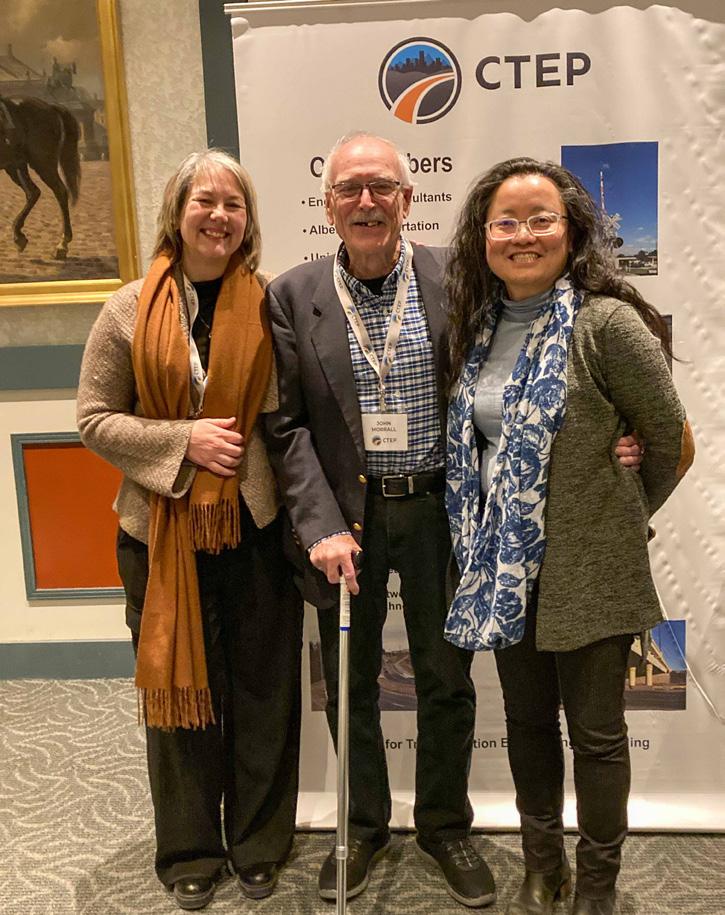
In February 2025, we held a farewell reception to celebrate the history of C-TEP over the years and shared with past members news of the new scholarship. Both John and Harvey shared with us their memories of C-TEP and emphasized the importance of knowledge transfer, innovations, and learning in transportation.
On June 4, 2025, at the ITE Canada 2025 Conference, the inaugural John Morrall Innovation in Transportation Scholarship was awarded to Tyler Hu, University of Toronto, for his research on advancing activity-based models (ABMs) by integrating intra-household dynamics such as joint activities, vehicle sharing, and schedule coordination. Using agent-based simulation, discrete choice modeling, and machine learning, the goal is to enhance the behavioral realism and policy responsiveness of travel demand models. Tyler was congratulated by Dr. Morrall for being the first recipient of the scholarship in his name who noted that Tyler’s research exemplified the purpose of the Scholarship and is a legacy of the original vision of C-TEP as a centre of excellence in transportation.
The Future Transportation Leaders Fund is a registered charitable foundation established to allow ITE Canada members and industry partners to support the next generation of transportation professionals. The generous C-TEP donation has allowed the John Morrall Innovation in Transportation Scholarship to be established and the first-ever scholarship to be awarded during the 2025 annual conference.
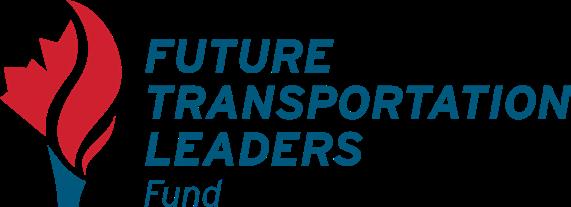
This annual scholarship award will be used to encourage post-graduate research into new and evolving technologies, methodologies and applications that drive success and innovation in transportation. We are honoured to play a role in showcasing the cutting-edge work being produced by students in Canada.
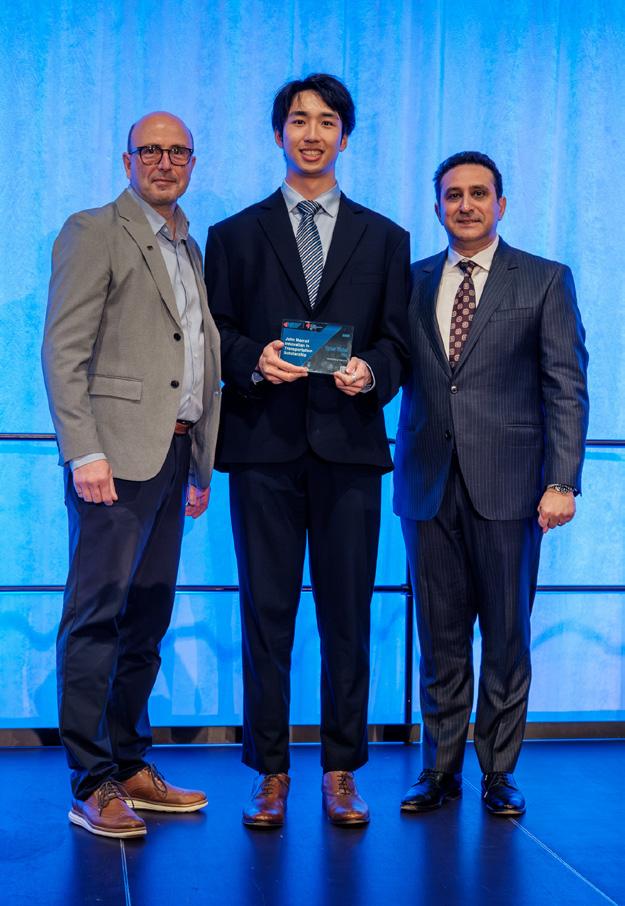
It has been a tremendous honour to be named the inaugural recipient of the John Morrall Innovation in Transportation Scholarship. This is the first award I have received from ITE Canada, and it holds deep personal and professional significance.
My interest in transportation engineering began through lived experience. Growing up in the suburbs of Metro Vancouver without access to a car, I often spent hours commuting to school, events, and volunteer commitments by transit—waiting in the rain, transferring between infrequent routes, and walking long distances along arterial corridors. These challenges sparked a strong motivation to contribute to transportation systems that are more efficient, inclusive, and responsive to real-world needs.
In addition to my awarded research, I have also led applied research on integrating micromobility into municipal transportation master plans. A recent study I led modeled e-scooter adoption in Oakville, Ontario, using agent-based simulation to assess its role in mode shift, access to transit, and overall network efficiency. This research supports planning decisions around infrastructure investment, first/last-mile integration, and sustainable mode share targets in mid-sized urban contexts. Together, these projects reflect my broader interest in how emerging technologies— micromobility, automation, electrification—can be effectively modeled, planned for, and regulated within existing urban transportation frameworks. I see ABMs and data-driven policy analysis as powerful tools for guiding these transitions.
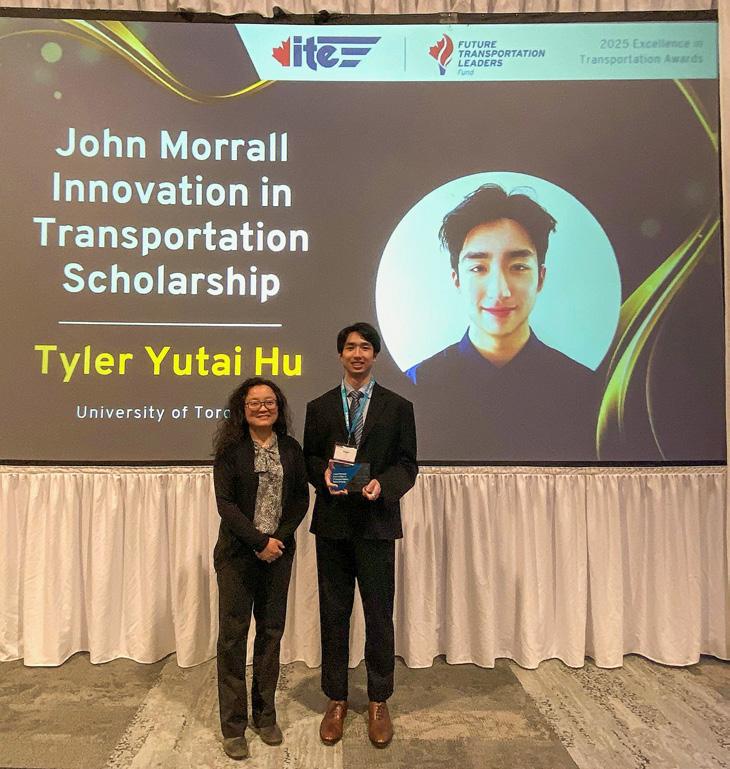
Receiving this scholarship affirms the direction of my work and encourages me to continue pursuing meaningful contributions to the field. I am especially grateful to Dr. John Morrall, whose legacy in transportation safety and education continues to inspire, and to C-TEP for its long-standing commitment to advancing transportation research. Thank you to Monique Castonguay, Ryan Vanderputten, and Neil Little for helping bring this scholarship to life. A special thank you to Marcia Eng for representing Dr. Morrall at the ITE Canada 2025 ceremony and for her kind support throughout.
I am also grateful for the mentorship of Mr. Eric Chan during my co-op at the Town of Oakville, and of Professor Khandker Nurul Habib, who has guided my research. Their support has been instrumental in my development as a transportation professional.
To fellow students and young professionals: what we do has tangible impacts on people’s lives—on their safety, their time, and their access to opportunity. Our work shapes whether cities are inclusive, efficient, and sustainable. That responsibility is real, and it’s worth pursuing with seriousness, humility, and passion.
Sincerely,
Tyler Y. Hu


ITE Canada’s most prestigious honour, the H. Robert Burton Distinguished Service Award, is named after a founder of the original Canadian Section in 1951. Bob dedicated much of his life to the transportation profession and was still attending ITE meetings right up to his death at the age of 101 years. This award is bestowed upon members who have shown these same qualities and demonstrated a notable career in the field and a record of service with ITE Canada.
Geni Bahar, P.Eng., P.E., RSP2, FITE is a civil engineer with more than 40 years of professional experience as a researcher and a practitioner.
She has a broad and unique blend of experience with analytical methodologies and tools for road safety management; road safety analysis; countermeasure selection and evaluation; multi-disciplinary safety program, and policy development. Geni developed/delivered courses focusing on the principles of road safety and their applications, and the dissemination of evidence-based high-quality research results bringing them into practice.
Geni has been an active member of TRB, ITE, TAC, and CARSP committees. She is an Emeritus Member of the ITE Transportation Safety Council. Geni served as Chair of the TAC’s Road Safety Committee and served on the Board of Directors of the TPCB –Transportation Professional Certification Board as Director in charge of the Road Safety Professional (RSP) Certification. Her efforts were foundational in the establishment of this successful certification program.
Toronto Section | NAVIGATS




This award celebrates the hard work and dedication of members who have made exceptional voluntary contributions to ITE Canada and its programs or projects.
Ian has been a dedicated volunteer with ITE Canada, contributing to the BC Interior Section, the District Board of Directors, the 2016 Conference Local Arrangements Committee, and leading the ITE Canada Training Committee. His efforts have supported professional growth and collaboration within the transportation community. Join us in recognizing Ian’s commitment and meaningful contributions to ITE Canada.
BC Interior Section | Urban Systems

Toronto Section | CIty of Mississauga
The Rising Stars Program identifies the next generation and new faces of the transportation profession, recognizing members under the age of 35 who have made an impact on the profession early in their careers.
Erik is a Transportation Project Engineer with the City of Mississauga, leading integrated road projects and active transportation retrofits. He is also a part-time PhD student at York University where he was the founding President of the ITE Student Chapter. With a background in both planning and engineering, Erik is a licensed Professional Engineer (P.Eng.), Registered Professional Planner (RPP), and Professional Transportation Planner (PTP). He served as President of ITE Toronto in 2023 and currently sits on the ITE Canada Board. During both tenures, Erik has volunteered on countless committees and task forces, contributing behind the scenes to many ITE Canada initiatives.

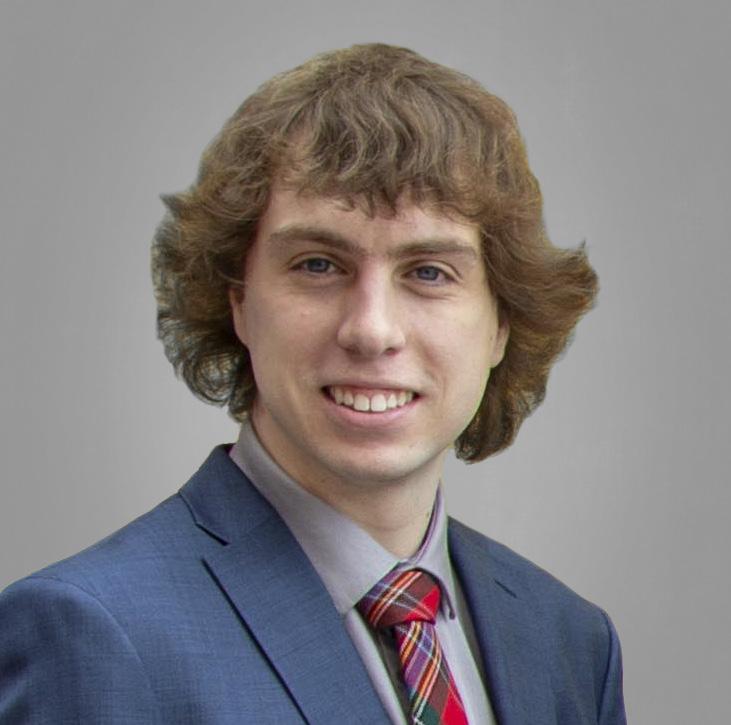
The ITE Young Leaders to Follow program highlights younger members making an impact in ITE and the profession. We congratulate the three Canadians included in the 2025 Class:
Breanna Jackson
Greater Vancouver Section
Associated Engineering
Jacob Lamb
Southern Alberta Section
University of Calgary
Erik Nevland
Toronto Section
City of Mississauga


The Stan Teply Award recognizes outstanding projects that showcase excellent technical achievement in transportation planning and/or engineering in Canada.
PowerWatch is redefining traffic management through the deployment of a state-of-the-art Central UPS Monitoring System, fully integrated into the city’s Traffic Management Centre. Utilizing active polling technology and a distributed, adaptive architecture, the system delivers real-time updates on UPS status, ensuring the uninterrupted operation of traffic signals across the network.
Its device-agnostic design and dynamic communication enable rapid fault detection and enhance traffic flow, emergency response, and scalable smart city infrastructure, setting a new benchmark for innovation, resilience, and reliability in modern urban infrastructure management.
Learn more in the article on page 35

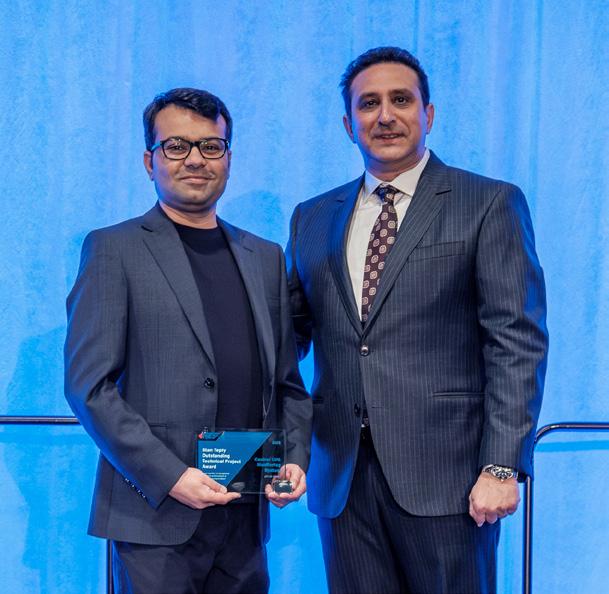
Accepted by Atif Khan
The ITE Transportation Achievement Awards are presented annually for significant achievements in the advancement of transportation. We were proud to put forward the following Canadian nominees for consideration in their categories.
Halifax Peninsula South Complete Streets Project
Englobe, Upland Planning + Design & Halifax Regional Municipality
Planning
Sidewalk Needs Assessment Tool
Halifax Regional Municipality
Highway 16 and Dalmeny Access Road / Grid 684 RCUT Intersection Treatment Project
Associated Engineering & Saskatchewan Ministry of Highways
Traffic Engineering
York Regional Dynamic Traffic Assignment (DTA) Model
York Region, Parsons, WSP & Bentley Systems
Transportation Systems Management and Operations
PowerWatch: Central UPS Monitoring System Project City of Surrey

We thank the 2025 Local Arrangements Committee (LAC) from the ITE Atlantic Canada Section for the months of hard work they dedicated to planning an outstanding annual conference. We recognize not only the time and effort that they personally put into the conference but also their families and employers for supporting their service to ITE Canada.
We also extend our gratitude to all of the volunteers, including the National Technical Program Committee, who contributed to making the 2025 Halifax conference a reality. Meet all of the volunteers on page 31.
Atlantic Canada Section Local Arrangements Committee
• Hannah McBride, Halifax Regional Municipality (HRM)
• Courtney Pyne, WSP
• Adam Lanigan, HRM
• Esprit Farmer, HRM
• Joshua Adams, HRM
• Katherine MacLellan, HRM
• Matthew MacEachern, HRM
• Anna (Bauditz) Snook, City of St. John’s
• Marianne Alacoque, City of St. John’s
• Bri Benson, City of Fredericton
• Jillian DeMerchant, City of Saint John
• Maddie Whitehouse, University of New Brunswick
• David Copp, CBCL Limited
• Emily Atwell, Parsons
• Florence Allaire, Harbourside Engineering Group
• Garrett Donaher, Englobe + viaris
• Adriana Teran, Englobe
• Shanice Hay, WSP
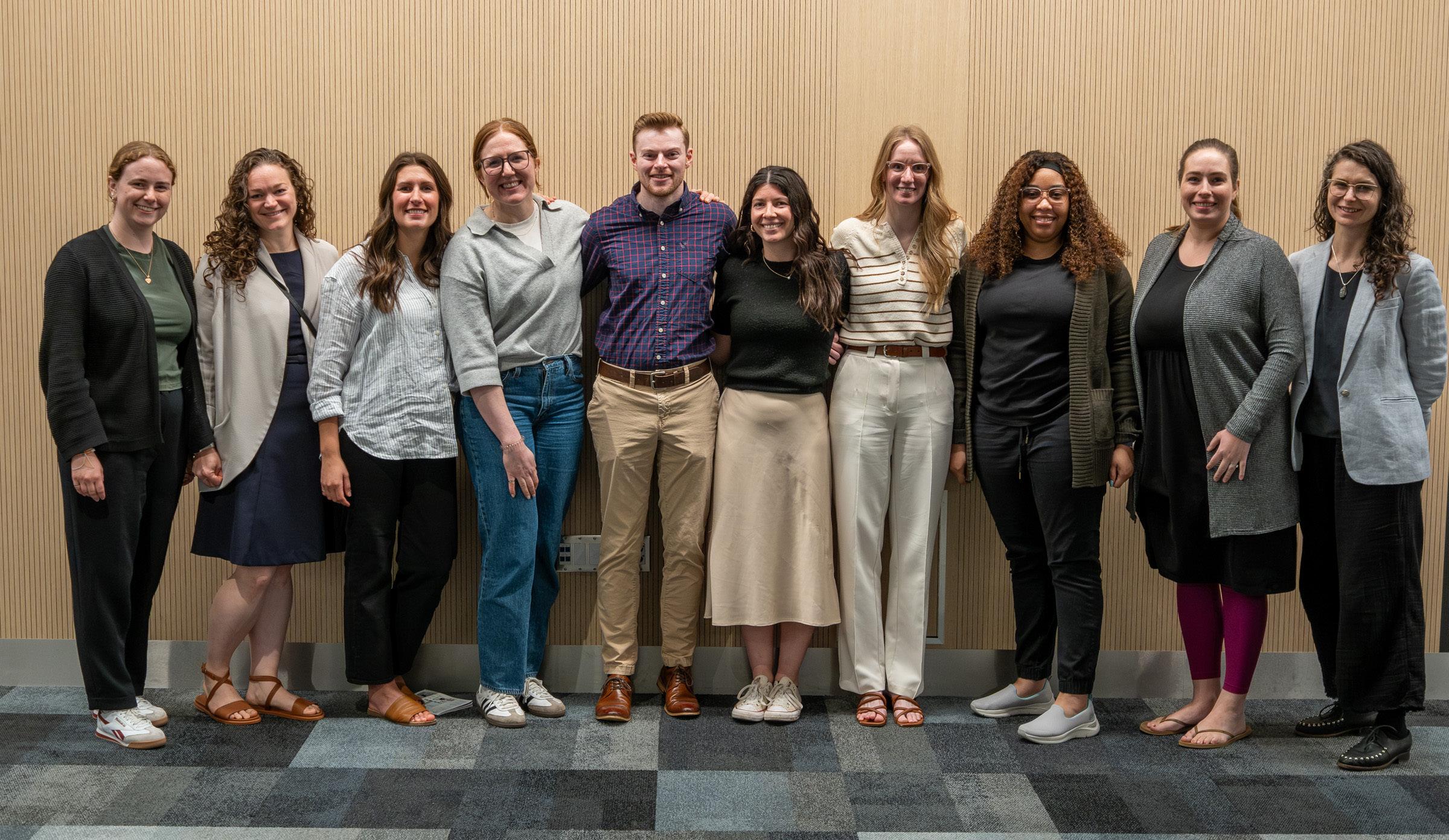


This award is conferred to young professionals starting their careers in the transportation field in memory of David Tam, a well-liked and respected transportation professional, mentor, skilled consultant, and friend to all.
Adina is a transportation engineer-in-training with experience in multi-modal transportation design. Born in Calgary, Alberta, she moved to Vancouver seeking experience on passenger rail projects and now focuses on designing roadways to improve safety and active mobility with the City of Vancouver. Adina is driven by her passion for shaping communities and helping people connect, and she is proud to be part of a profession with a strong emphasis on mentorship.
Greater Vancouver Section | City of Vancouver
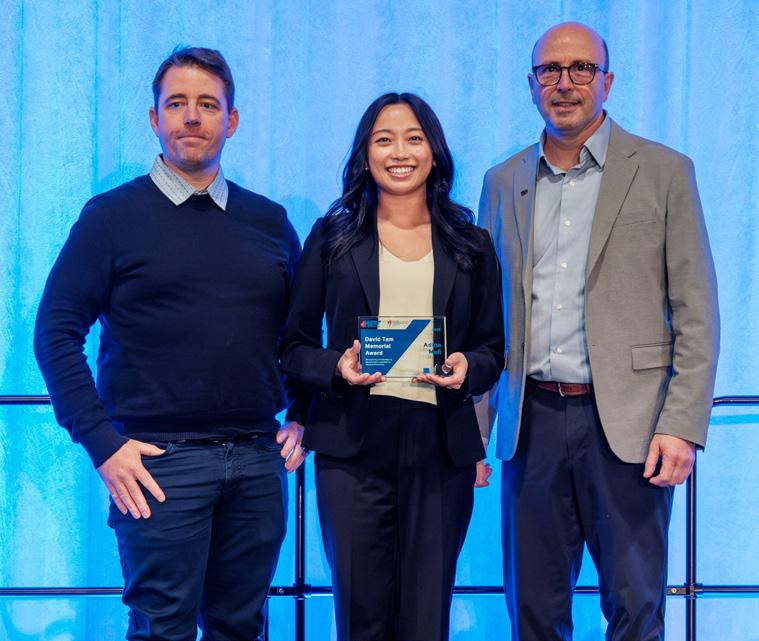
Award generously sponsored by
and administered by

Born and raised in Prince Edward Island, Karla is currently pursuing a degree in Civil Engineering at the University of Waterloo, with a focus on improving the efficiency and sustainability of transportation systems. A passionate traveler, Karla enjoys embracing new experiences and gaining global perspectives on infrastructure and mobility. Outside of academics, she is an active member of the varsity badminton team, where they demonstrate dedication, teamwork, and a competitive spirit. With a strong drive in both academics and athletics, Karla is committed to making a meaningful impact in the field of transportation engineering.
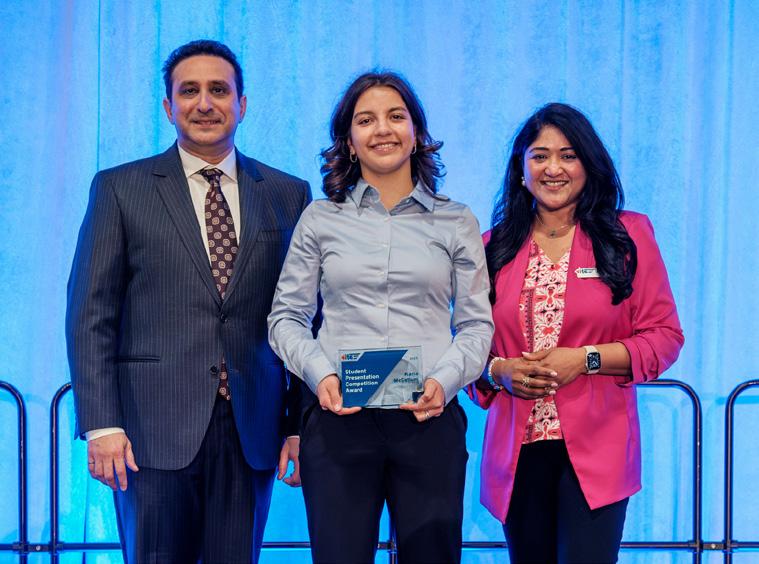


University of Calgary
Ian is an MSc student specializing in Transportation Engineering at the University of Calgary. Through the MITACS Accelerate program with Calgary Transit, he conducts research on public transit under the supervision of Dr. Alex De Barros. He is also involved in road safety research focused on advanced driver assistance systems, contributing to broader efforts in improving transportation safety. Post-graduation, Ian aims to work in transportation or traffic engineering, applying his expertise to improve urban mobility and develop sustainable, safer transportation solutions.
Award generously sponsored by

and administered by

Excellence in a graduate-level research and innovation in transportation planning and engineering

Tyler Hu is an M.A.Sc. Candidate in Civil Engineering at the University of Toronto, specializing in transportation engineering and planning with applications of artificial intelligence. Driven by a passion to make cities more livable, efficient, and sustainable, he has led and contributed to travel modelling, micromobility, and infrastructure planning projects across Canada. Outside of research, he enjoys badminton, audiobooks, and spending time in nature.
Learn more about ITE Canada’s newest scholarship, the first established by the Future Transportation Leaders Fund, and hear from Tyler in the article on page 10

All ITE Canada scholarships administered by


Excellence in a doctorate-level transportation program
Sam Pollock is a PhD student in transportation engineering at the University of Calgary. His research focuses on the safety, comfort, and perception of multi-use pathways, aiming to inform better facility design and planning. While pursuing his studies, Sam is working part-time at Martinson Golly. Sam has served in both student chapter and section-level roles with ITE and is passionate about contributing to the transportation field through both research and professional practice.
Excellence in a master’s-level transportation program
Saba Ikhlaq is pursuing her MASc at the University of Windsor. Her research focuses on work zone safety by analyzing the impact of warning signs on driver behavior. Saba brings over 7 years of experience in transportation engineering in Pakistan and is eager to become a professional engineer in Canada. She actively leads student initiatives and currently serves as President of the ITE UWindsor Student Chapter. Her passion lies in creating safer and more sustainable transportation systems.
Neshon Missaghian is a fourth-year civil engineering student at the University of Waterloo with a strong passion for transportation engineering. Through five internships at Canadian consulting firms and an academic exchange in Switzerland, Neshon has gained handson experience and a global perspective on urban mobility. With a deep commitment to sustainability, safety and accessibility, Neshon aspires to lead impactful transit and active transportation projects both in Canada and abroad.


Saba Ikhlaq
University of Windsor
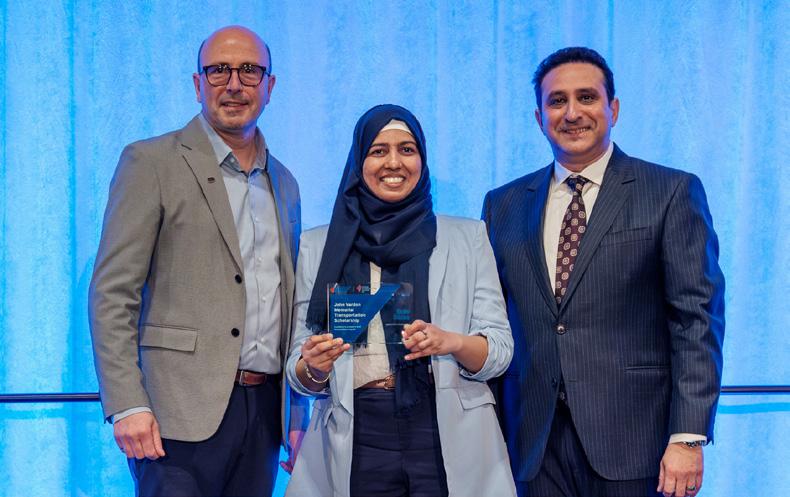
University of Waterloo
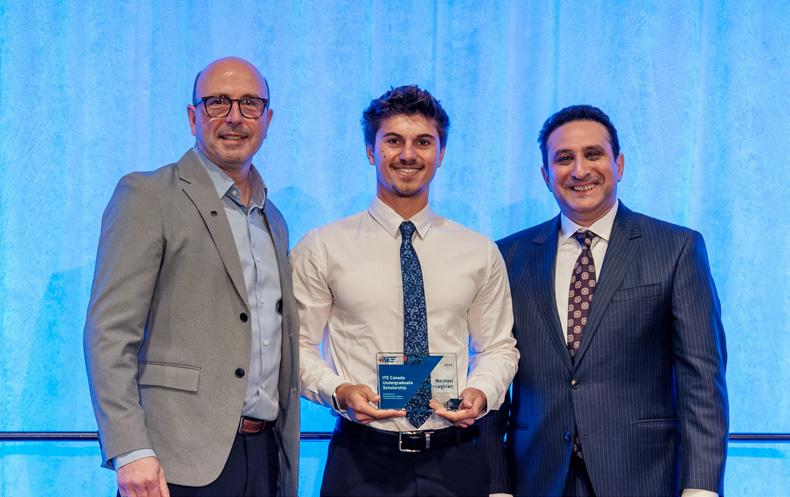


Congratulations to the 2025 Traffic Bowl Champions from the University of British Columbia Student Chapter: Youjia Liu, Eric Seto, Elena Abu Khuzam and alternate Tarek Ghoul. Well done to all of the teams for your hard work, especially the finalists from University of New Brunswick (UNB) and University of Calgary! Due to scheduling and UNB’s strong performance, they will represent the Canadian District at the ITE International 2025 Traffic Bowl Championships. Many thanks to the people who helped make this competition a great success—notably Traffic Bowl Coordinator Ian Lindley, MC Ryan Vanderputten, and clue master Russell Brownlee.

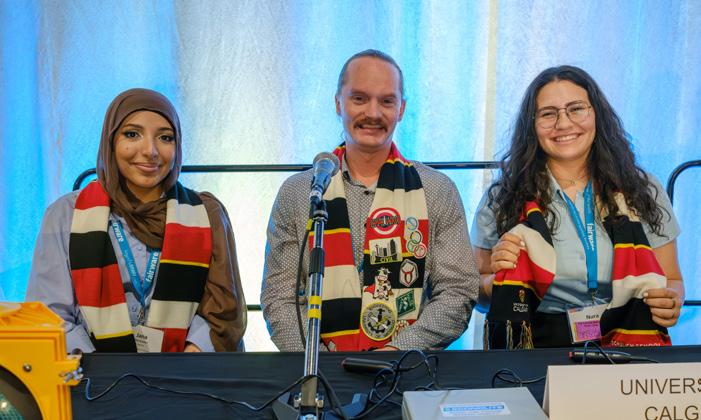
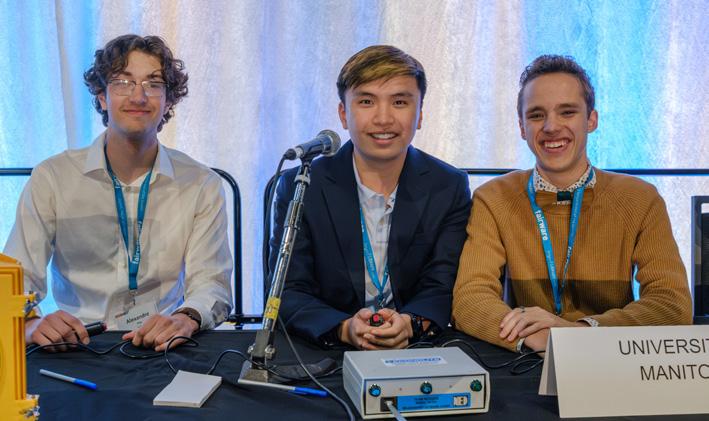
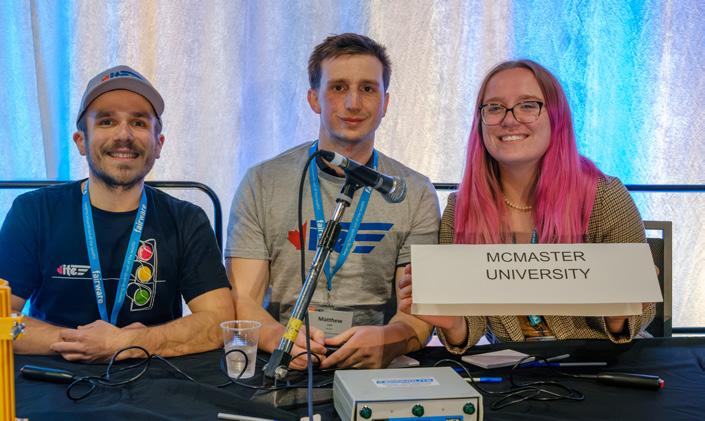
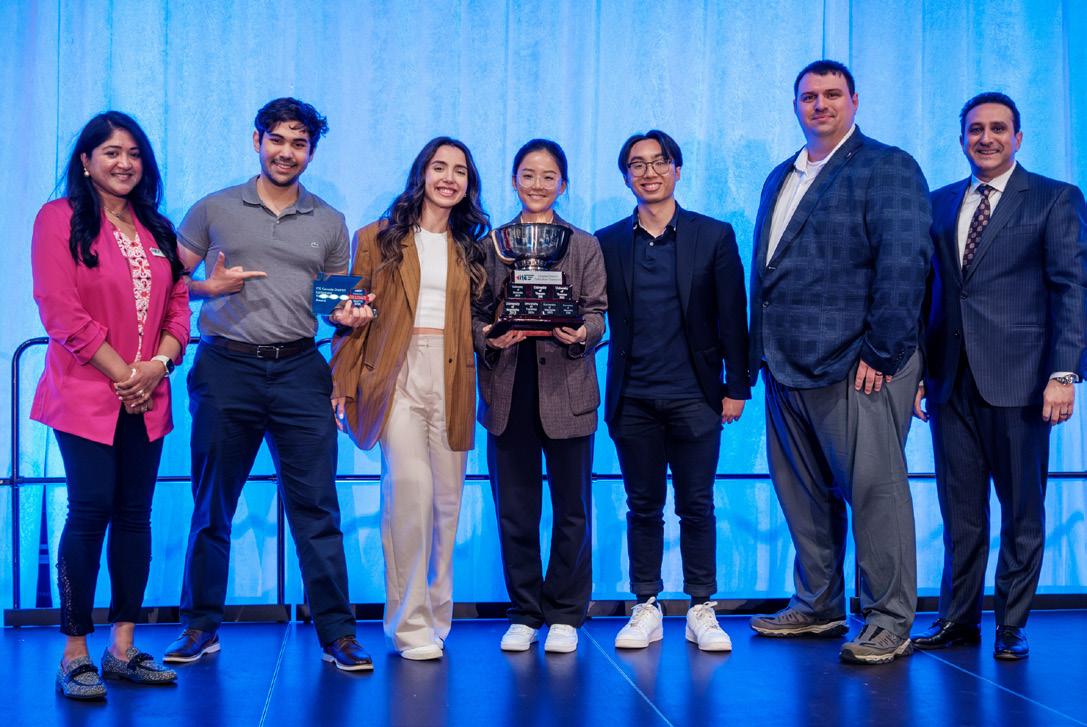

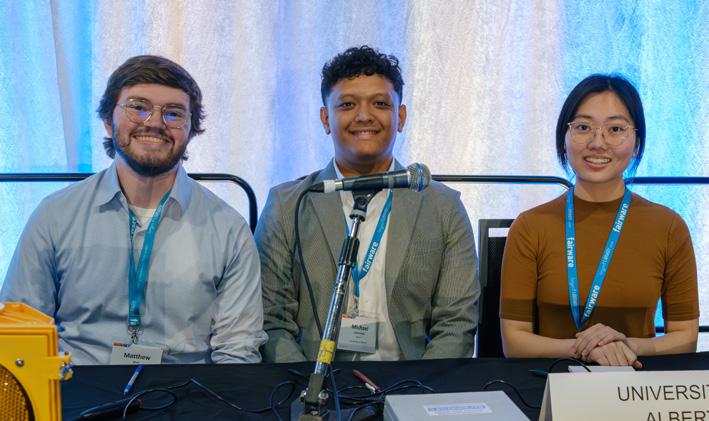
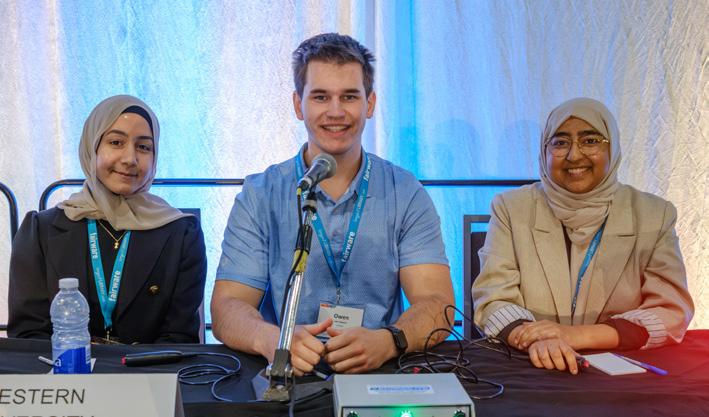

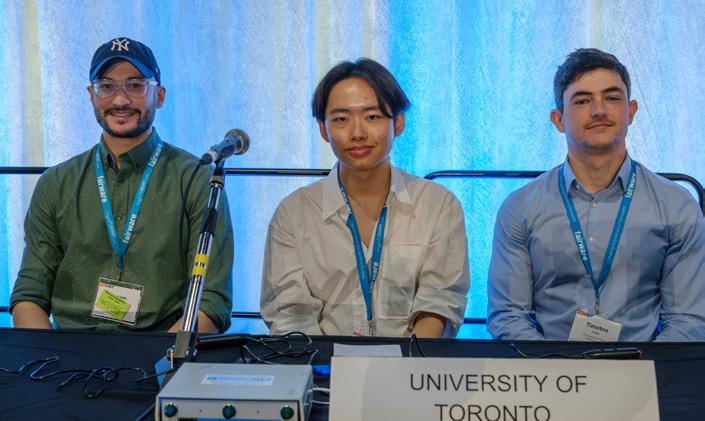

This past year, the Saskatchewan Section made a concerted effort to maintain a diverse Section Board, resulting in decision-making that reflects their community. They regularly collaborate with other ITE Sections in the Canadian Prairies, broadening the opportunities available to their members. This Section approaches all events, tours, and training sessions with caring and inclusive intentions, creating a fun atmosphere for the community and resulting in strong attendance and engagement levels.
2024 SECTION EXECUTIVE COMMITTEE
• President: Sheliza Kelts
• Vice President: Ellen McLaughlin
• Secretary/Treasurer: Terry Yu
• Programs Director: Christine Hay
• Communications/Membership Coordinator: Rebekah Vasylyev
• Student Chapter Coordinator: Ferdous Shikder
• Past President: Destiny Piper
The focus for the Hamilton Section this past year was on revolutionizing Student Support. They turned ambition into action by establishing the Mohawk College Perpetual Bursary, ensuring sustained financial support for transportation engineering students. They partnered with Toronto and Southwestern Ontario Sections to host the student presentation competition, offering students a platform to present research, receive professional feedback, and compete for financial prizes. After a successful hosting of the 2024 ITE Canada conference, they allocated $7,500 from their proceeds to the Future Transportation Leaders Fund, directly benefiting student scholarships, networking events, and skill-building opportunities.
2024 SECTION EXECUTIVE COMMITTEE
• President: Jill Juhlke
• Vice President: Omar Shams
• Treasurer: Adam Mildenberger

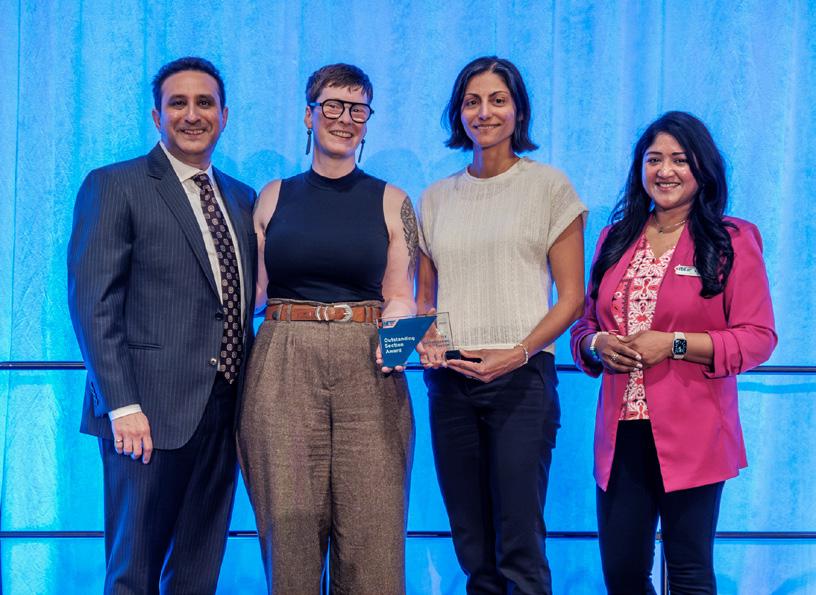
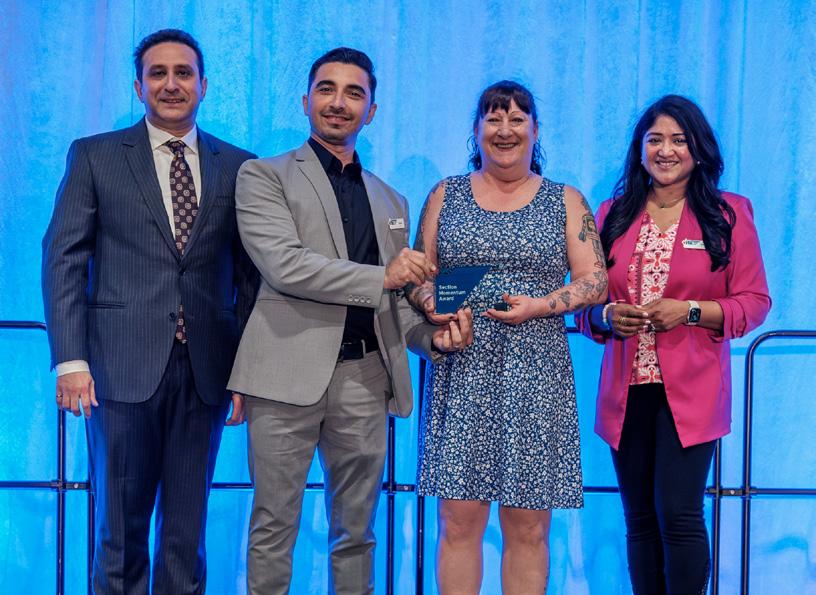
• Secretary: Joel Elgersma
• Technical Liaison: Matthew Di Maria
• Student Liaison: Anastasia Soukhov Omar Shams and Jill Juhlke accept award from Pedram Izadpanah and Madhuri Seera

The University of Waterloo Student Chapter celebrated its 50th anniversary this past year with an event attended by many Waterloo alumni and students. They hosted talks and events with industry professionals and maintained strong connections to the Section and District through event participation. They also introduced a formal leadership program encouraging members to lead events and attend the ITE Student Leadership Summit. They engaged K-12 students through STEM activities and promoted transportation engineering at campus events. Members published research, presented at conferences, organized technical tours, and contributed to local transit advocacy, helping to maintain and improve service in the Waterloo Region.
2024-2025 STUDENT CHAPTER EXECUTIVE COMMITTEE
• Presidents: William Pham & Shrinidhi Elangovanneela
• Treasurer: Aditi Atodaria
• Secretary: Tayler Lam
• Events Directors: Dylan Mah & Andrew Wong

• Media Director: Benjamin Gosselin
• Chapter Advisor: Dr. Chris Bachmann
One of ITE Canada’s newest student chapters, the University of Windsor team showed their vibrance with strong activity levels in 2024. They hosted diverse technical seminars and workshops featuring academic and industry leaders, enhancing member knowledge and professional skills. They organized engaging field trips and networking events, providing students with real-world transportation insights and industry connections. The student chapter also promoted leadership through structured mentorship, inclusive recruitment, and active executive development. Beyond the university, the chapter strengthened community outreach via K-12 STEM events and strategic collaborations to inspire future transportation professionals.
2024-2025 STUDENT CHAPTER EXECUTIVE COMMITTEE
• President: Saba Ikhlaq
• Vice President: Ochuko Keren Eyeta
• Secretary: Oluwasogo Ogunfuwa
• Treasurer: Steve Oteng-Owusu
• Chapter Advisor: Dr. Hanna Maoh

Madhuri Seera


From June 1–4, 2025, Halifax had the honour of hosting the ITE Canada Annual Conference. With the theme Complete Communities: Integrating Transportation and Land Use Planning, the conference brought together professionals from across the country to explore how transportation systems can shape vibrant, sustainable communities.
Over the course of the event, attendees enjoyed a dynamic program of technical sessions, inspiring keynote speakers, local tours, and meaningful networking opportunities—set against the backdrop of Halifax’s scenic waterfront and warm East Coast hospitality. We were thrilled to welcome 500 delegates, exhibitors, volunteers, and speakers whose energy and engagement made this event such a success.
We extend our heartfelt thanks to the speakers, moderators, panelists, exhibitors, sponsors, and volunteers who helped bring this vision to life. Your contributions, time, and expertise are what made this conference exceptional.
On behalf of the Local Arrangements Committee, thank you, ITE Canada, for the opportunity to showcase our region and host such an inspiring and collaborative event.
Until next time. safe travels, and we hope to see you back on the East Coast soon and look forward to seeing you in Victoria!
Hannah McBride and Courtney Pyne Conference Local Arrangements Committee (LAC) Co-Chairs
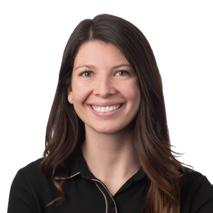

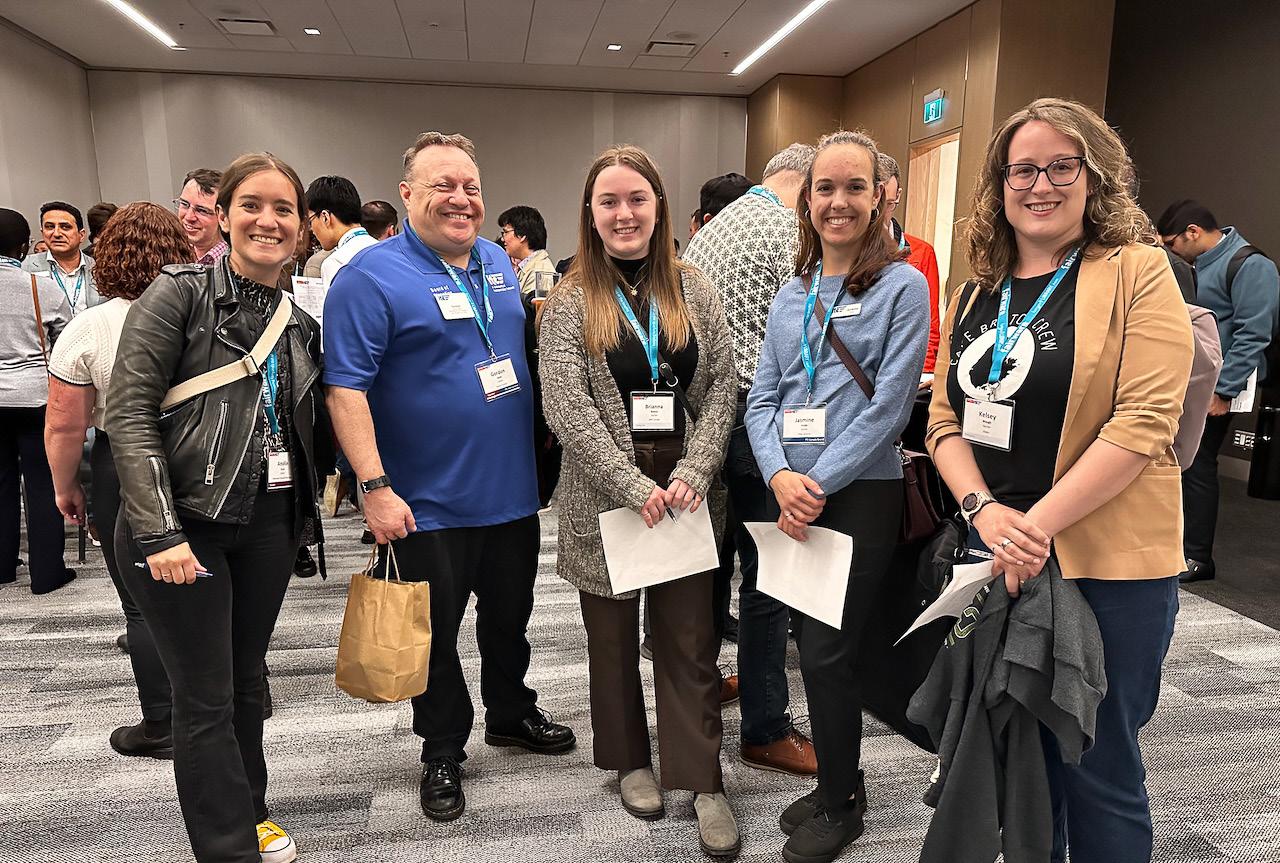
Delegates connect at our Sunday evening First Timers’ and Welcome Receptions
Attendees love kicking off our annual conference with the Welcome Reception. Presented by Gold Sponsor Egis, this Sunday evening gathering was the perfect spot for transportation colleagues to re-connect in person, meet new friends, and learn about new innovations and services from our exhibitors. We also hosted a First Timers’ Reception with a warm welcome extended to 175 invitees joining us for their first ITE Canada conference.
“Really enjoyed the first timers reception - a good way to break the ice before the official conference welcome reception.”
Our 2025 Annual Conference opened on Monday with a keynote conversation between a planner and an engineer highlighting approaches, tools, and thinking

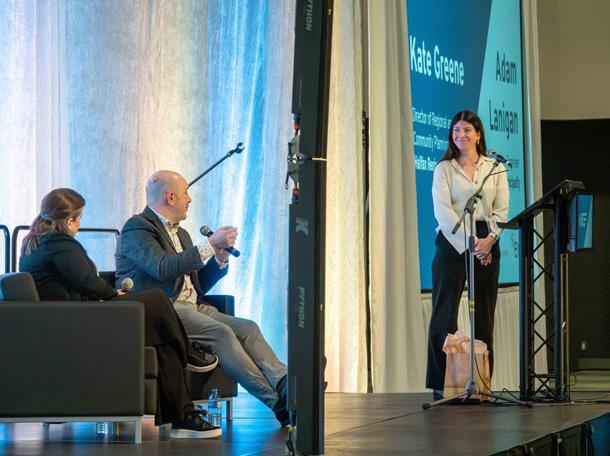
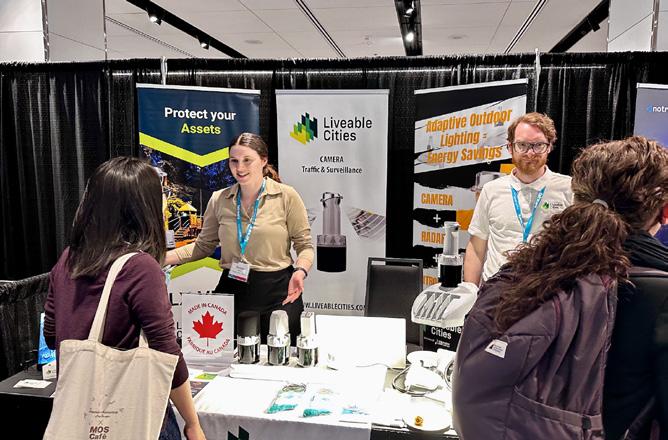

The detailed and print programs, speaker lists, and more are available online at site.pheedloop. com/event/itecanada2025

for better city building. This exchange between Kate Greene, Director of Regional and Community Planning and Adam Lanigan, Senior Program Engineer at Halifax Regional Municipality laid the groundwork for a shared understanding of ongoing growth, planning, and development happening in the Halifax area.
Opening remarks were also provided by ITE Canada President Pedram Izadpanah, Conference Co-Chair Hannah McBride, and Mark Gunter, Senior Vice President, Operations Eastern Canada at EXP. Thank you to our Diamond Sponsor EXP for presenting this event and stepping up to be our top conference partner!
We were pleased to have Karen Aspelin, President of ITE International, share news and updates from ITE at our Monday Luncheon presented by Gold Sponsor CIMA+. Delegates also enjoyed the chance to network and connect at this event.
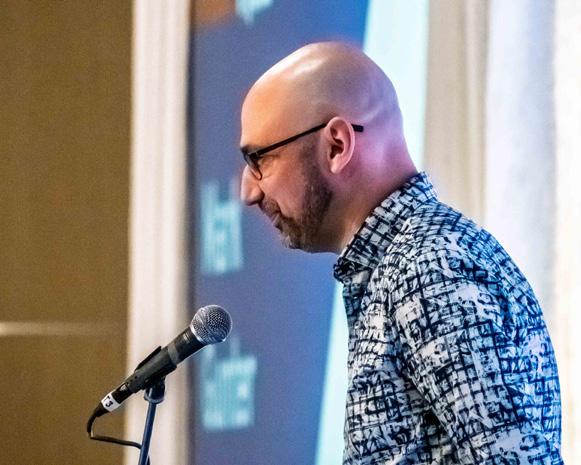


Congratulations to the 2025 ITE Canada District Traffic Bowl Champions: UBC ITE Student Chapter for the third year in a row. It was a hard fought battle in the closing round of the event, sponsored by Urban Systems, against finalists University of New Brunswick and University of Calgary. Well done to all 33 students who represented their teams the finalists and the University of Toronto, University of Manitoba, Western University, McMaster University, University of Victoria, University of Waterloo, Carleton University, University of Alberta ITE Student Chapters.


The Street Hockey Classic returned to our Annual Conference with a spirited showdown at Sackville Landing on the Halifax waterfront. Special thanks to Gold Sponsor HDR for presenting this delegate favourite event enjoyed by competitors and spectators alike!
Conference delegates enjoyed connecting over drinks and appetizers at the Student Mixer on the Halifax waterfront. We extend a special thanks to Gold Sponsor Parsons for presenting this event and everyone who generously donated to the Future Transportation Leaders Fund 50/50 fundraiser which raised over $1,000!
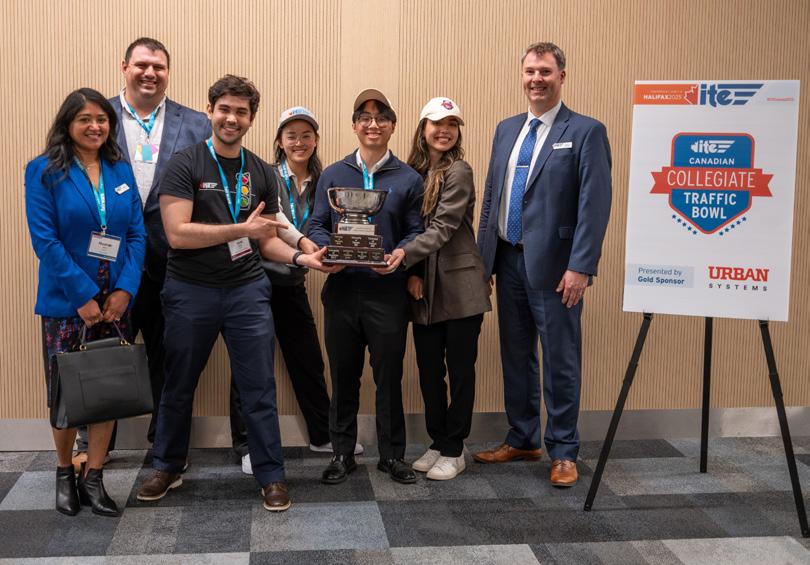



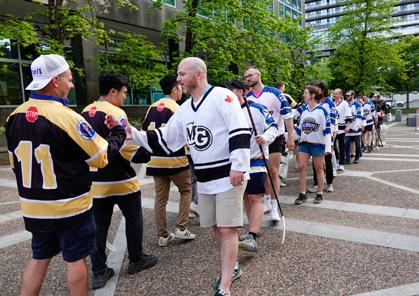
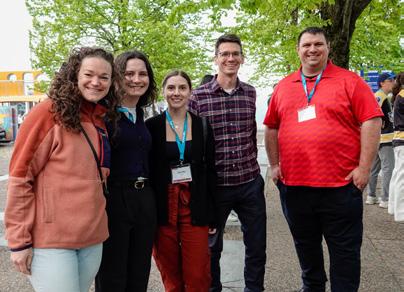
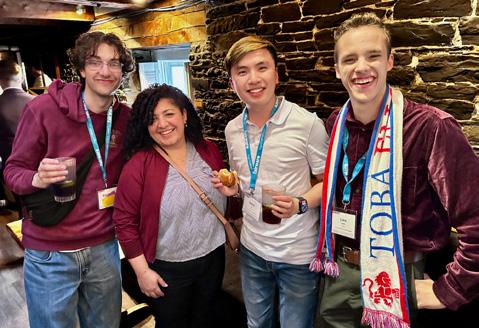

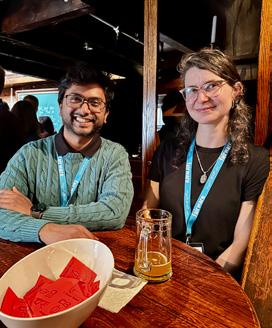
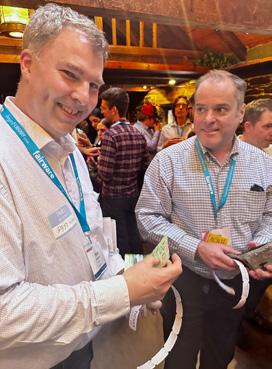
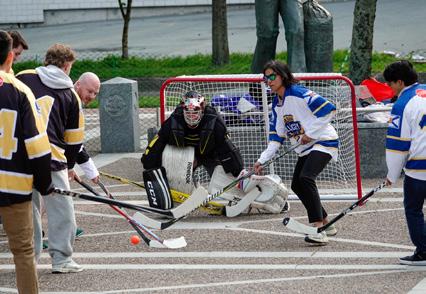



We were thrilled to hear an update from the Future Transportation Leaders Fund Chair Bruce Belmore at our Tuesday lunch, presented by Gold Sponsor CBCL. Bruce recognized visionaries, trailblazers, and influencers who are leading the way with major contributions to the charitable foundation established by ITE Canada last year. Gord Meth and Joanna Kervin joined us to share what ITE has meant to them and why they have decided to support future leaders. See the Donor Wall and more at foundation.itecanada.org.
With a lobster buffet and The East Enders folk-rock band on tap, attendees got a real taste of the east coast at our banquet, presented by Englobe. Well done to our attendees for tackling both the meal and dance floor with enthusiasm!
“Leaning into the local flair with the lobster dinner and kitchen party dance floor was great!“

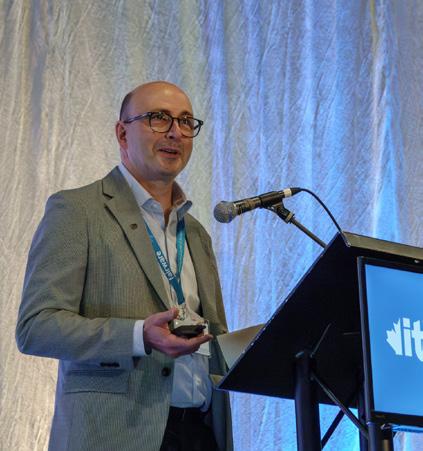

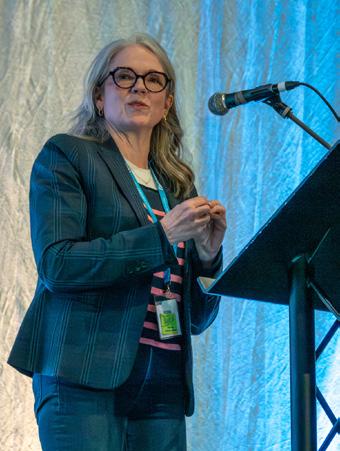
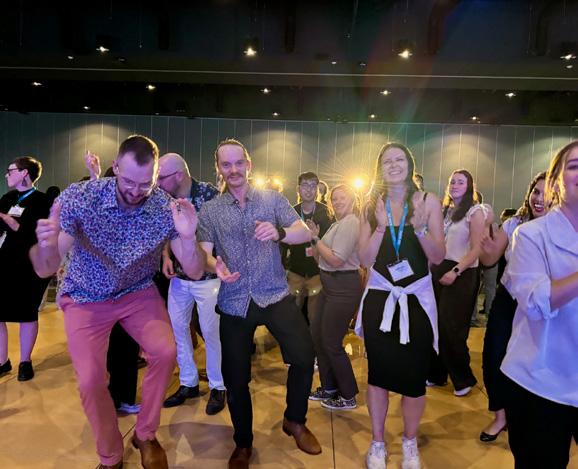

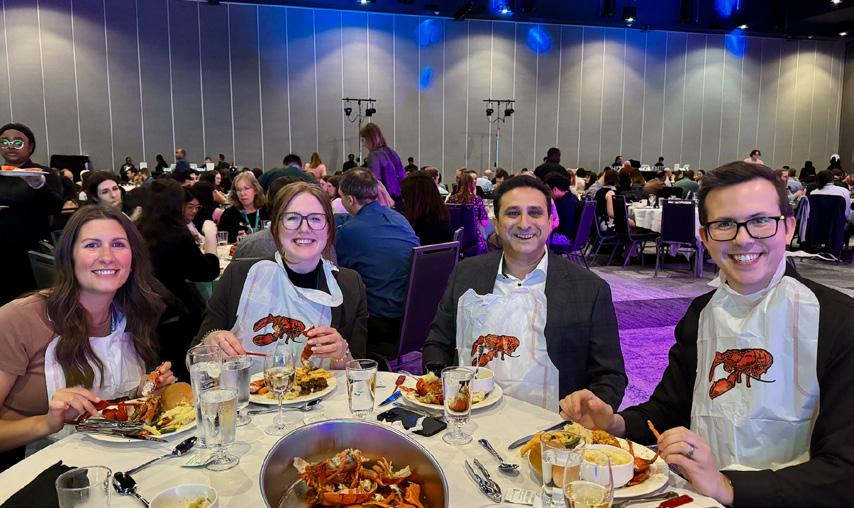
We wrapped up the conference with our 2025 Excellence in Transportation Awards and Scholarships Luncheon. The shining stars in Canada’s transportation community were celebrated and awards presented at the conference closing event. Meet our 2025 award recipients on page 13
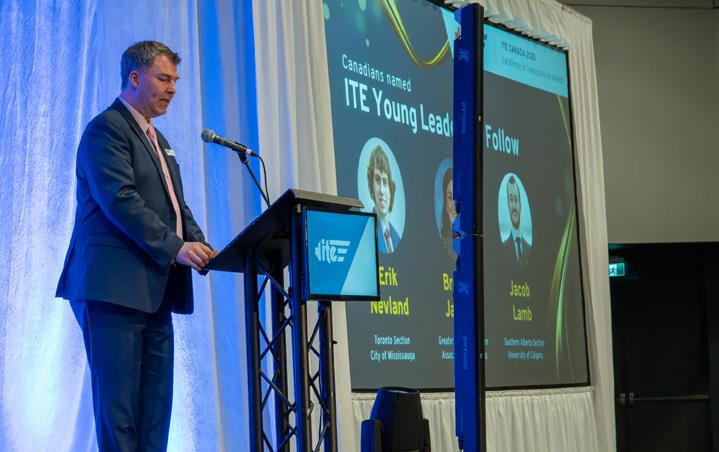


Check out the Halifax 2025 photo album for many more highlights and add your own memories.
Thanks to everyone who already shared photos!


Over 150 speakers shared their knowledge, ideas, and lessons learned in a diverse collection of presentations, panels, workshops, posters, and other innovative sessions. Feedback about the technical program was overwhelmingly positive with delegates highlighting the diversity of topics, well-formed and varied sessions, and passionate presenters.
“I enjoyed everything from the long format thought leader sessions to the rapid fire sessions.”
“The wide array of topics, presenters, experiences, etc - it truly felt like a collaboration of ideas and knowledge!”
“Inclusion of some of the softer aspects like engagement and procurement. It was great to go beyond project specific presentations.”
In addition to 20 traditional sessions covering a broad range of transportation topics in a typical technical presentation format, the conference program feature 11 unique format sessions including:
• Hands-on workshops with participant exercises on public engagement and mentoring
• Presentation panels with context-setting presentations followed by a moderated discussion or audience Q&A on specific issues of interest such as model guidelines or complete communities
• Rapid Fire Sessions featuring 5-6 shorter presentations all related to a particular practice area
• Discussion panels highlighting key topics in the industry such as procurement, climate-adapted infrastructure, vision zero, and career development
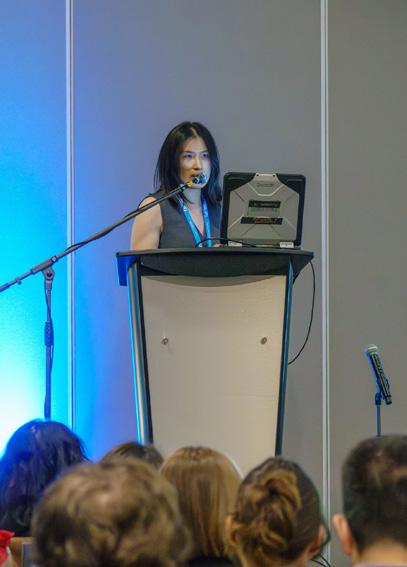

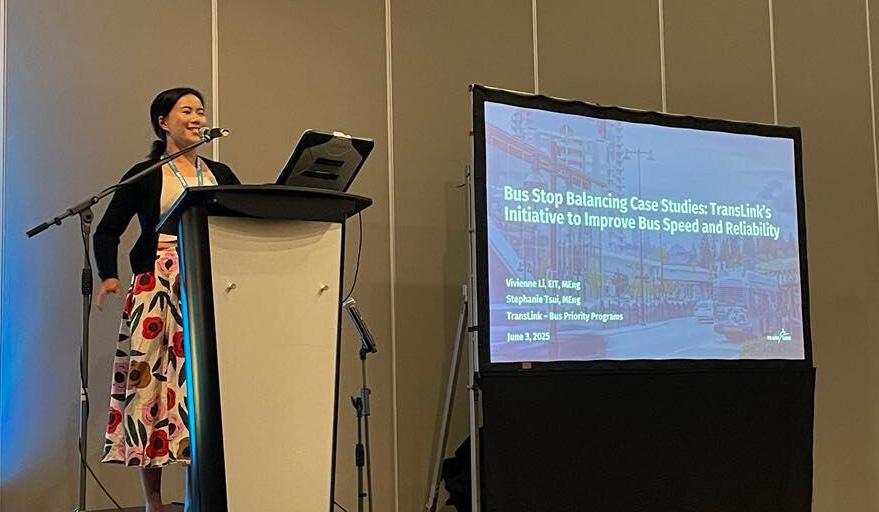


Presentations are available for registered attendees to download through the event app, PheedLoop Go, accessible from a web browser at pheedloop.com/itecanada2025. If the presentation you’re looking for isn’t uploaded, contact info@itecanada.org
On Tuesday, a poster session featured a record 16 presenters who shared their research and ideas through lively discussions with attendees and posters available for attendee perusal throughout the day.
Alongside the plethora of curated and submitted technical content, our top sponsors hosted and led Thought Leader Sessions to spark conversation and highlight their expertise related to notable and emerging issues in the industry:
• EXP – The Impact of Parking Regulation on Housing Affordability
• BA Group – I Have a Plan: Lessons Learned in Large Scale Master Planning
• Province of Nova Scotia – Provincial Multi-Modal Roundabout Corridors
See the full list of sessions, presentations, and speakers on the conference website or in the print program here. Thank you to all speakers for sharing your knowledge, time, and experience!
As always, our technical tours proved to be a popular offering for conference delegates. Active transportation tours gave attendees on-the-ground insight on tactical infrastructure. Additional walking and bus tours as well as ground-breaking changes transforming streets and neighbourhoods in Atlantic Canada’s biggest city.
Transit facilities were highlighted with ferry tours and a site visit at the home of one of the largest and fastest growing fleets of electric buses in the country.
Thank you to all of the tour leaders, coordinators, transit operators, and volunteers.
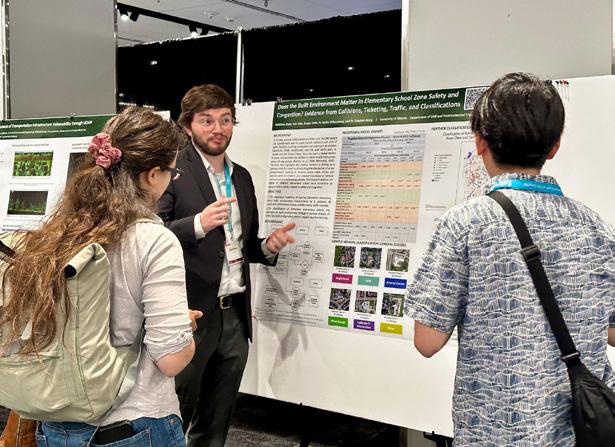


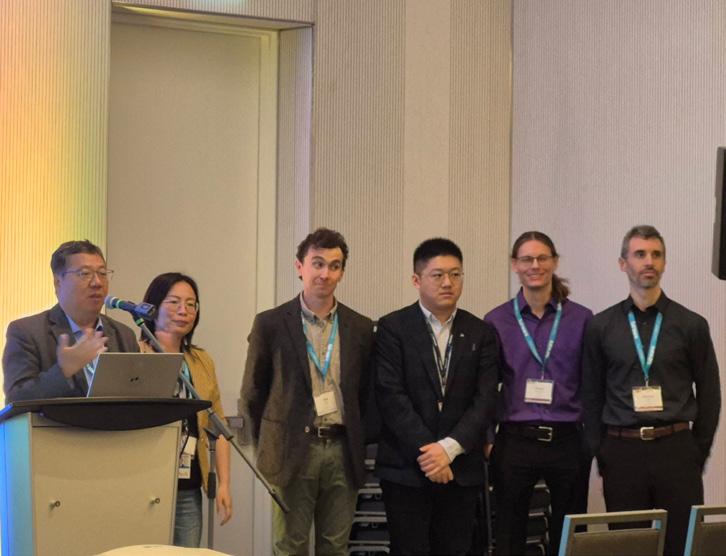

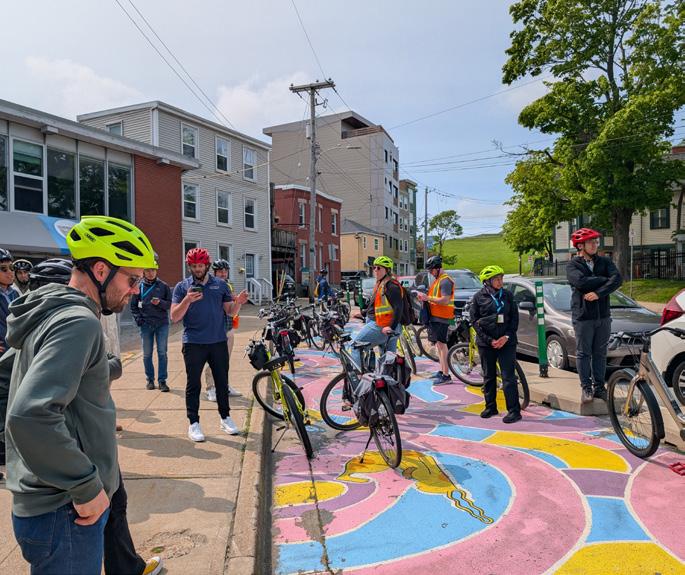

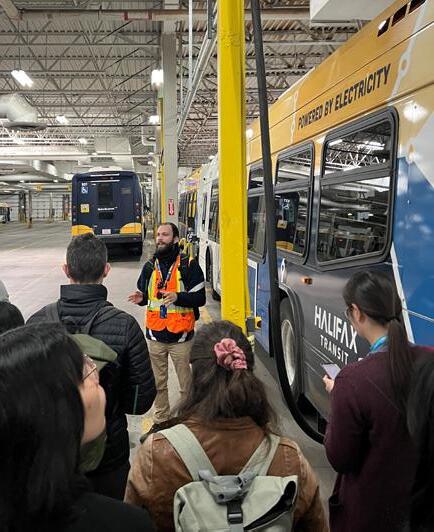

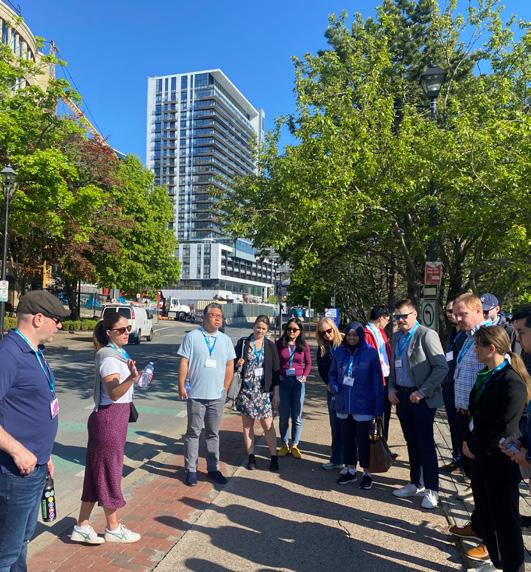

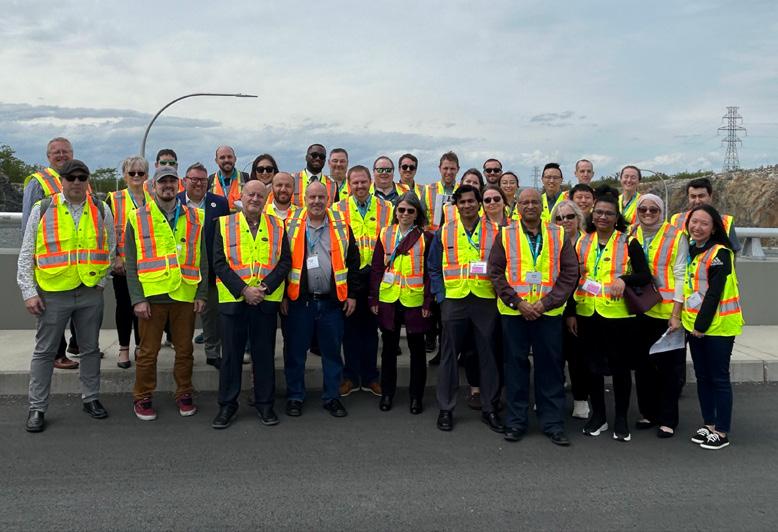






Thank you to these generous industry leading partners for facilitating knowledge sharing and community building at ITE Canada 2025.


We’d be remiss not to highlight the exhibitors who showcased their expertise at our trade show. Attendees appreciate learning about the many products, services, and innovations making waves in the transportation industry right from the source.

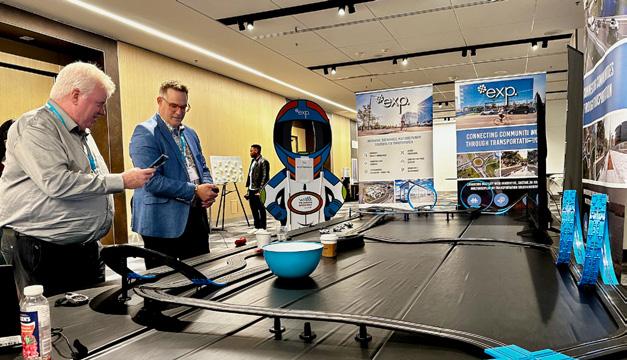
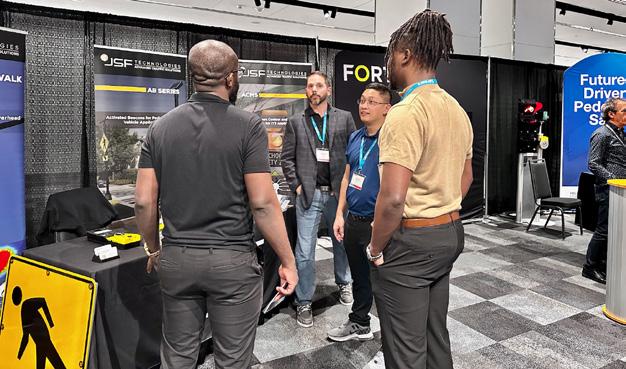



We extend our gratitude to all of the team members from these exhibiting companies who put many hours of effort into making a great trade show experience.









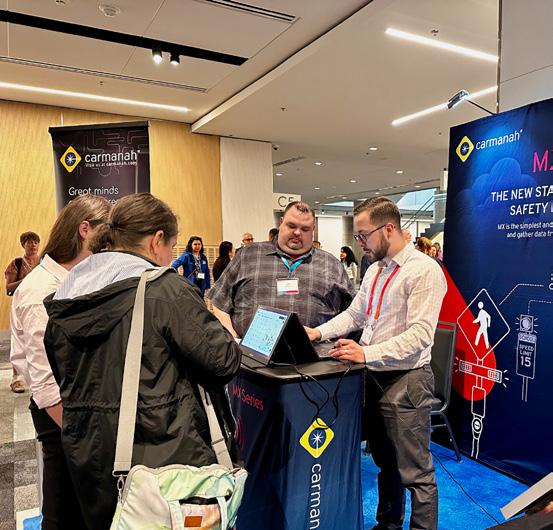
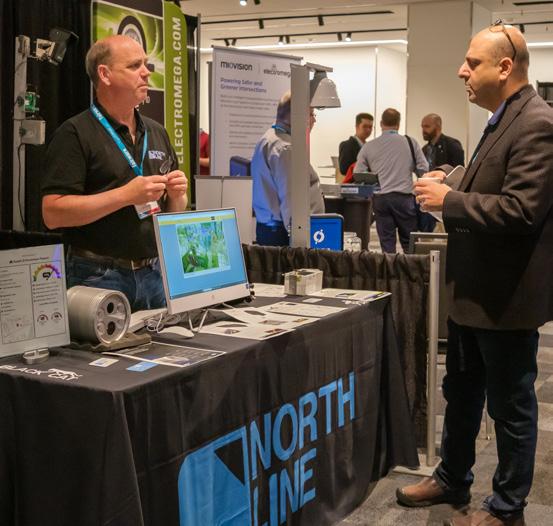
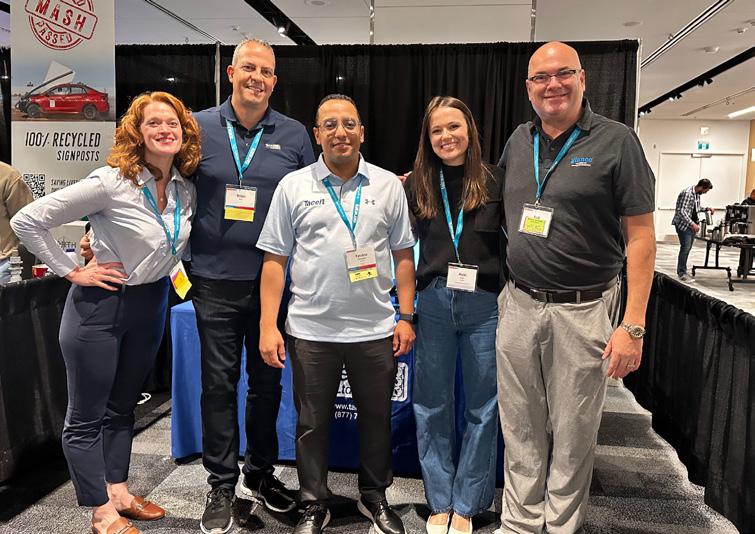




Thank you to our many dedicated volunteers for your incredible efforts in planning an outstanding event and to your employers and families for supporting and enabling your efforts.
• Hannah McBride (Co-Chair), Halifax Regional Municipality (HRM)
• Courtney Pyne (Co-Chair), WSP
• Adam Lanigan, HRM
• Esprit Farmer, HRM
• Joshua Adams, HRM
• Katherine MacLellan, HRM
• Matthew MacEachern, HRM
• Anna (Bauditz) Snook, City of St. John’s
• Marianne Alacoque, City of St. John’s
• Bri Benson, City of Fredericton
• Jillian DeMerchant, City of Saint John
• Maddie Whitehouse, University of New Brunswick
• David Copp, CBCL Limited
• Emily Atwell, Parsons
• Florence Allaire, Harbourside Engineering Group
• Garrett Donaher, Englobe + viaris
• Adriana Teran, Englobe
• Shanice Hay, WSP
• Garrett Donaher (Chair), Englobe + viaris
• Amy Do (Vice-Chair), Toronto Metropolitan University
• Breanna Jackson, Associated Engineering
• Erica Bayley, Paradigm Transportation Solutions Limited
• Omar Shams – City of Hamilton
• Paula Sawicki (Past Chair)
• Devin Holmes, HRM
• Dylan John, HRM
• Hanita Koblents, HRM
• Elora Wilkinson, HRM
• Matthew MacEachern, HRM
• Hannah O’Brien, HRM
• Dwayne Cross, Province of Nova Scotia
• Keith Boddy, Province of Nova Scotia
• Anthony Edmonds, Halifax Transit
• Patricia Hughes, Halifax Transit
• Mervin David, Halifax Transit
• Kyle Miller, Build Nova Scotia
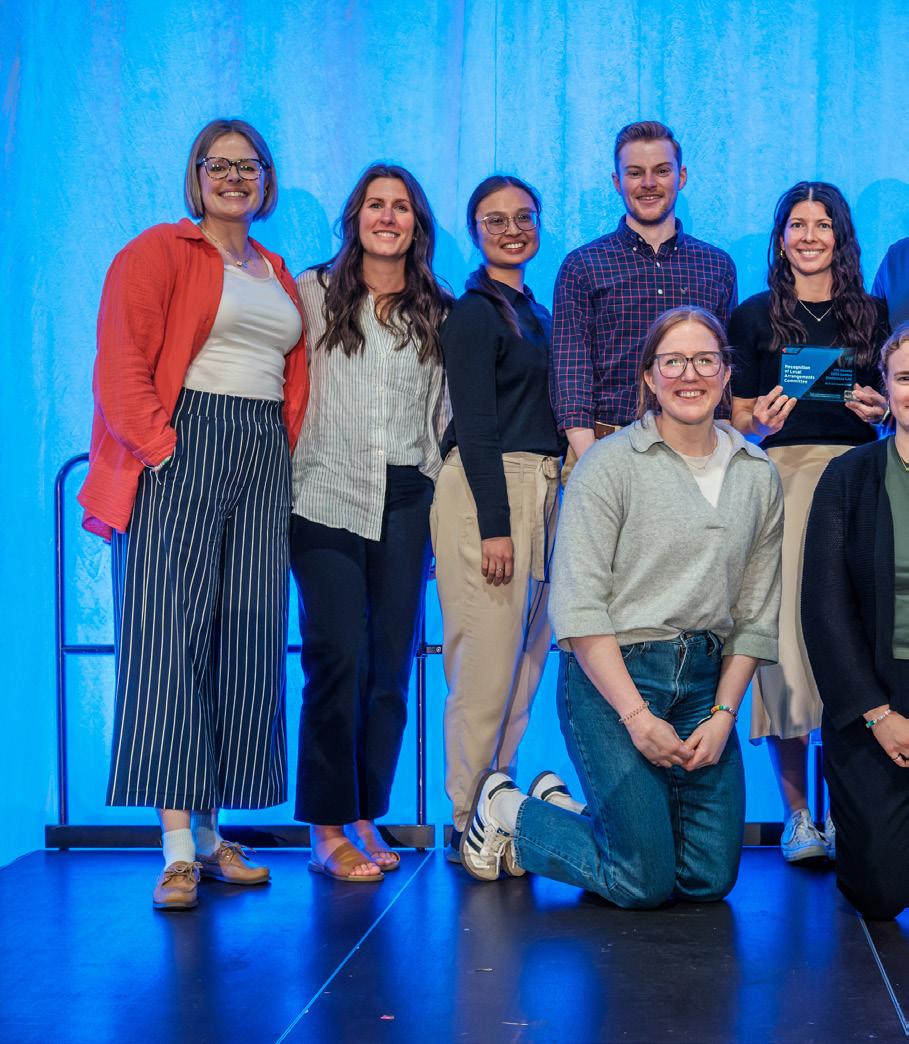
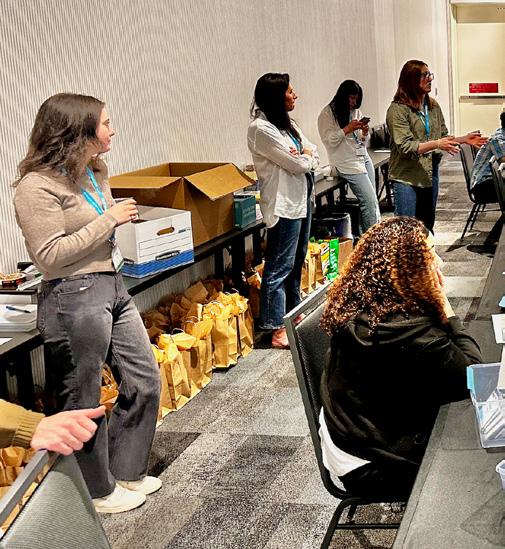
Associate Members
• Adam Howell, Robinson Consultants
• Carolyn Sherstone, WSP
• Chris Skelton, City of Edmonton
• Erin Felker, City of Calgary
• Ethan Hill, City of Calgary
• Haniyeh Ghomi, City of Toronto
• Ken Wimble, WSP
• Reza Aminghafouri, City of Guelph
• Rob Hird, Province of Nova Scotia
• Martin Brien, HRM
• Paul Burgess, Design Point
• Katherine Peck, HRM
• Robyn Homans, HRM
• Dante Samson, HRM
• Hasan Shahrier, Dalhousie University
• Atkia Ibnat, Dalhousie University
• Ferdous Ashrafi, Dalhousie University
• Keith Boddy, Province of Nova Scotia
• Sebastien Fournier, Province of Nova Scotia
• Michael Buckley, HRM
• Harrison McGrath, RV Anderson
• Eliza Jackson, Province of Nova Scotia
• Georgie Gunn, HRM
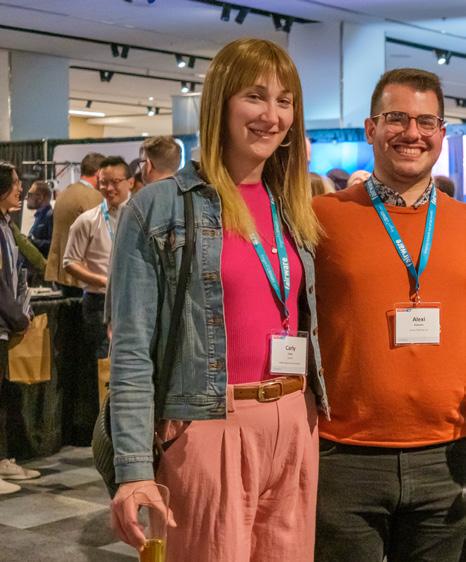


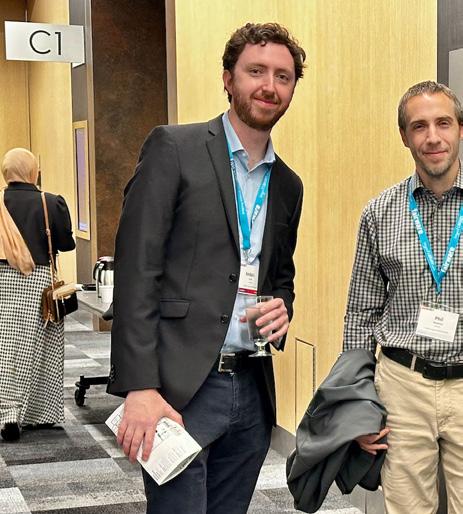

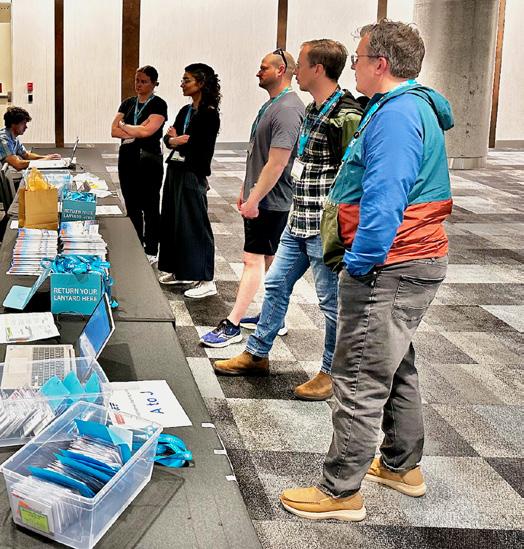
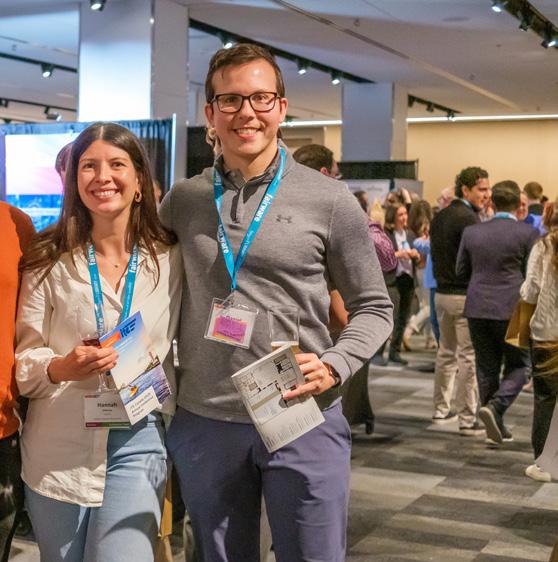
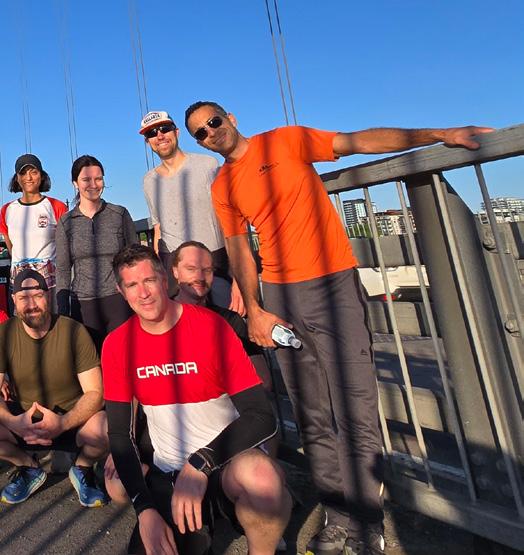
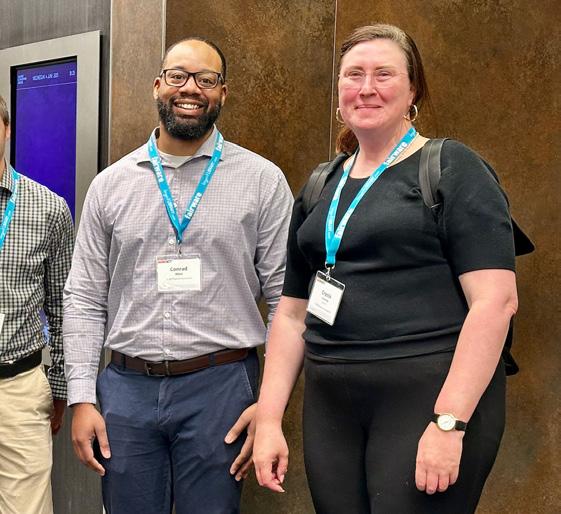

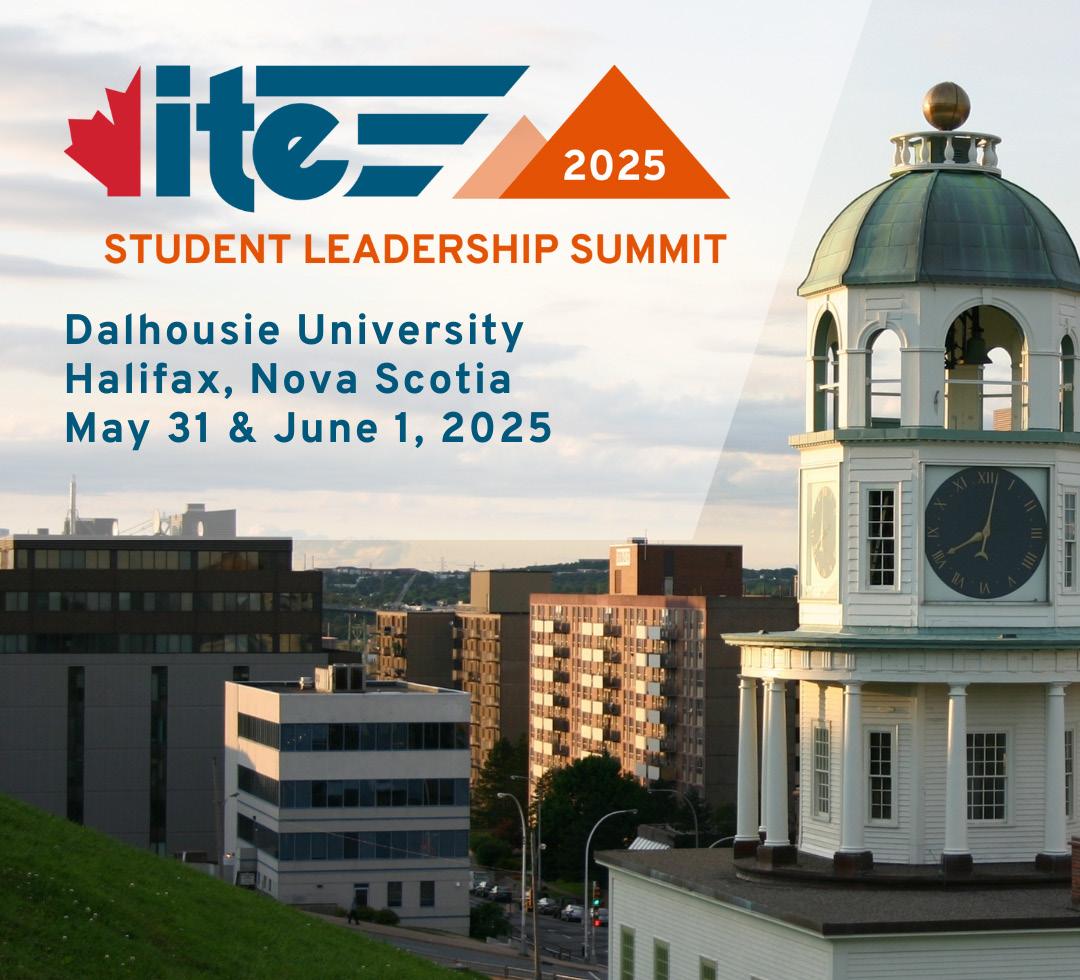
• Chair: Rifat Bhuiyan
• Co-Chair: Abby Cartwright
• Communications: Md Asif Hasan Anik
• Logistics: Niaz Mahmud
• Faculty Advisor: Dr. Ahsan Habib
Volunteers
• Atkia Ibnat
• Vajeeran Arunakirinathan
• Sagar Bhandari
• Kashfia Nahrin Nokshi
• Harsha Aleti
• Fatin Anzum Khan
Dalhousie University, McMaster University, University of Alberta, University of British Columbia, University of Calgary, University of Manitoba, University of New Brunswick, University of Victoria, University of Waterloo, University of Windsor

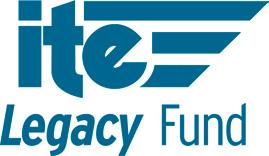
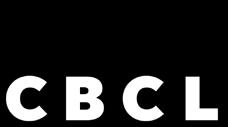
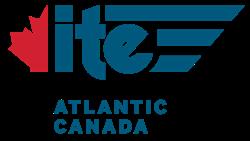

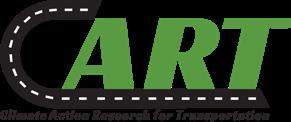
On May 31 and June 1, 2025, a team from Dalhousie University and the University of New Brunswick hosted 50 student leaders from 10 universities across the country at the ITE Canada 2025 Student Leadership Summit (SLS).
The SLS kicked off with a Student Chapter Social Night on Saturday, May 31 at The Pint Public House in the heart of Halifax. We were thrilled to welcome over 35 student leaders and five ITE Executives to a fun-filled evening of connection and celebration. Attendees enjoyed arcade games, snacks, and socializing. Our incredible volunteers from the Dalhousie ITE Student Chapter truly went above and beyond to deliver a warm Halifax welcome.
On Sunday, June 1, the SLS featured engaging sessions with valuable insights on leadership, communication, and career growth in transportation from practicing professionals and leaders in the field.
Trevor Hanson opened the summit with a thought-provoking message: leadership is not about titles, it’s about taking initiative and making meaningful change in your local community, school, or workplace. He challenged attendees to reflect on what makes a great leader, with “empathy” emerging as the most common response. Drawing from his personal journey from rural New Brunswick to leading a research group at UNB, Dr. Hanson emphasized that every small step contributes to shaping who we become as leaders. His call to “be the change” resonated deeply and set a powerful tone for the day.
Ryan Martinson brought a refreshing people-first perspective on how transportation professionals should engage with communities. He reminded us that while engineers may be trained to think technically, effective engagement begins by listening with empathy. Designs should reflect lived experiences, not just technical expertise. His takeaway? Public engagement isn’t a deposition; it’s a conversation. While he offered great clarity on empathy, he left the pineapple-on-pizza debate open for discussion!
David Copp offered a candid and comforting look into life after graduation. He contrasted academia’s open-ended timelines with industry’s fast-paced, budget-driven
environment. His core advice: it’s okay to not have it all figured out. Confidence and adaptability grow over time. Talk to someone, ask questions, and remember— it’s okay to feel uncertain as you find your way.
Karen Aspelin and Pedram Izadpanah led an insightful session on how emotional intelligence underpins effective leadership. Karen reminded us that showing emotion-yes, even crying-is part of healthy selfregulation. Pedram highlighted the importance of listening, empathy, and building a culture that encourages learning from failure instead of assigning blame. In today’s workplace, good leaders understand their teams and prioritize both safety and psychological well-being. Authenticity and emotional awareness, they stressed, are what truly define great leadership.
The summit concluded with a high-energy networking panel featuring Julia Salvini and Gordon Meth. Their
message was clear: meaningful connections matter more than just credentials. Julia emphasized that LinkedIn is often looked at before your resume, so it’s worth having a strong profile that showcases your skills. Gordon shared practical advice on approaching conversations with curiosity and following up with personalized messages after events. They reminded us that networking isn’t transactional, it’s about building genuine, ongoing relationships that can support us throughout our careers.
What a weekend filled with engaging sessions, thoughtful conversations, and meaningful new connections. A big shoutout to all the students whose energy and presence made the event a tremendous success, as well as to the speakers and the ITE Executive team for delivering such outstanding sessions and panels.
By Rifat Bhuiyan, Dalhousie University




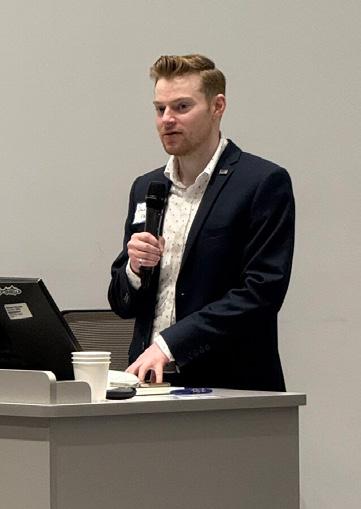

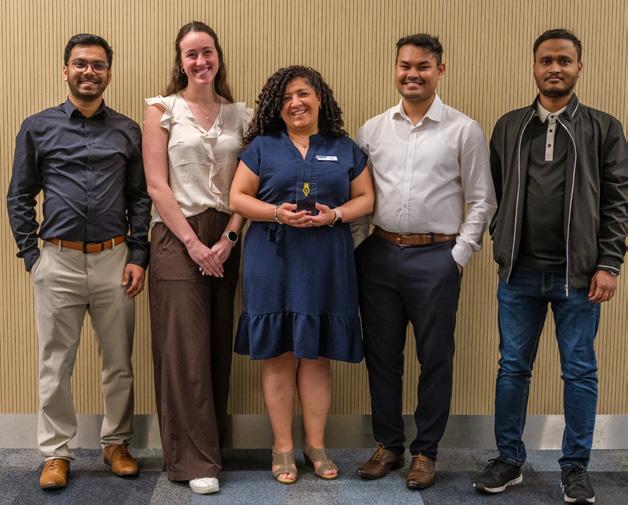
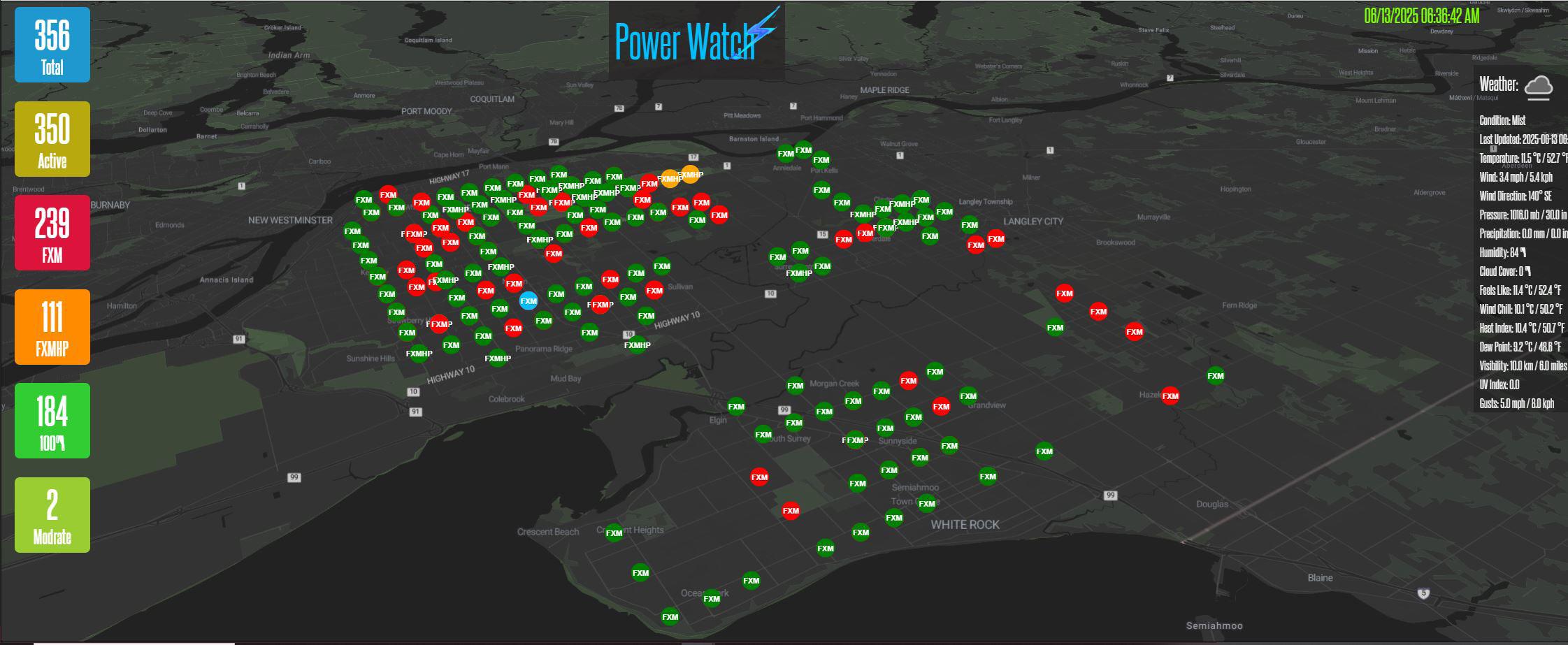
By Atif Khan, City of Surrey
This article profiles the 2025 Stan Teply Outstanding Technical Project Award winning project.
In a growing city like Surrey, traffic signals are vital for urban mobility and public safety. Power outages at intersections disrupt traffic flow, increase collision risks, and impede emergency response. These risks escalate further during severe weather or grid failures. To mitigate these vulnerabilities, Uninterruptible Power Supply (UPS) units are installed in traffic signal cabinets to provide backup power and maintain operations during power outages. However, traditional UPS monitoring systems rely on passive alerts—notifications triggered only when an issue is detected. These systems depend on stable, continuous network connectivity to successfully reach the intended
recipients. In large or segmented networks— especially those with intermittent wireless links that are unreliable due to signal interference, distance, or equipment limitations—these alerts can be delayed or lost. Moreover, after grid failures, communication infrastructure often takes time to reboot and reestablish connectivity, causing critical alerts to be missed and delaying emergency responses.
To overcome these challenges, PowerWatch, a Central UPS Monitoring System, was developed to deliver resilience, scalability, and real-time situational awareness across Surrey’s traffic network. PowerWatch actively polls UPS
devices at configurable intervals, eliminating reliance on passive alerts and providing continuous, real-time visibility into device health and power status. It also monitors the communication network infrastructure—often powered by the same UPS units—ensuring that both traffic signals and the critical communication links between intersections and the Traffic Management Center (TMC) where traffic operations are monitored and managed remain operational during outages.
At modern signalized intersections, UPS units support more than just signal controllers—they power essential field devices such as traffic cameras, congestion detection sensors, and networking equipment. These components are crucial during emergencies, severe weather, or widespread outages when public safety is most vulnerable. In such scenarios, UPS units become critical infrastructure, maintaining traffic operations and real-time communication when the city needs it most.
Currently managing approximately 350 UPSequipped signalized intersections, PowerWatch operates on a distributed architecture designed for scalability and fault tolerance. Multiple independent monitoring instances oversee UPS units across diverse geographic zones and segregated networks. Each instance stores data locally during network disruptions and synchronizes with a central database when connectivity is restored. This design eliminates single points of failure and allows the system to scale seamlessly as the city expands.
Polling is the process of actively checking devices at regular intervals to collect status data. PowerWatch’s adaptive polling engine optimizes performance by adjusting data collection frequency based on device responsiveness, network health (such as latency and packet loss), and historical behavior. This approach balances the needs of

legacy and modern equipment while preserving bandwidth and maintaining data accuracy.
The system also anticipates brief communication interruptions common during power transitions. By isolating monitoring tasks across multiple zones, PowerWatch maintains continuity even under fluctuating network conditions.
By continuously tracking voltage levels, battery discharge rates, and communication status, PowerWatch empowers Traffic Management teams to prioritize field responses at critical intersections—such as those near hospitals, fire stations, and arterial routes—enabling timely and targeted resource deployment.
PowerWatch was developed through an iterative process to meet the demanding needs of Surrey’s complex traffic signal communication network. Initial challenges included wireless latency and packet loss— particularly in the 2.4 GHz and 5.8 GHz bands— configuration inconsistencies across distributed nodes, varying UPS model compatibility, and maintaining robust performance despite fluctuating network reliability.
To overcome these, the second development iteration introduced several key enhancements that now form the backbone of PowerWatch’s enterprise-grade feature set:
• Adaptive Polling: Dynamically adjusts polling intervals based on device responsiveness, network performance, and historical behavior to reduce latency, optimize bandwidth, and ensure timely updates.
• Configuration Compare & Capture: Detects and resolves mismatches between actual and expected configurations across distributed nodes, ensuring consistent system setup and reducing the need for manual checks.
• Multithreaded Polling Engine: Enables simultaneous polling of multiple UPS units through parallel threads, eliminating redundant operations and significantly improving overall efficiency and responsiveness.
• Distributed Configuration Management: Divides monitoring tasks by geographic region or functional role, allowing for localized fault isolation and improved system resilience.
• Flexible Data Handling: Ensures data continuity by storing logs locally during connectivity issues and synchronizing with the central database when the network is restored.
• Battery Health Tracking: Employs fieldtested methods to detect UPS battery degradation, enabling proactive maintenance and extending equipment lifespan.
• Encryption & Logging Enhancements: Strengthen data security, integrity, and audit readiness through robust encryption and comprehensive logging.
• Smart Notification System: Prioritizes operator alerts by categorizing them (informational, warning, critical) and only triggering on state changes to avoid notification fatigue.
• Decoupled Data Management: Separates critical operational monitoring from secondary functions such as logging and data archiving, ensuring real-time performance, improved system responsiveness, and greater resilience.
• Network Time Protocol (NTP)
Synchronization: Maintains accurate and consistent timestamps across devices to support precise event tracking and log integrity.
• Cross-Platform Compatibility:
Seamlessly runs on Windows and Linux, supporting on-premises and cloud setups with localized gateways.
PowerWatch serves a multitude of functions for the City of Surrey.
Ensuring Signal Continuity
Proactive alerts enable maintenance teams to address issues before UPS failures occur, ensuring uninterrupted traffic signal operation across the city.
Improving Response Efficiency
Real-time monitoring allows technicians to quickly detect and respond to outages,
significantly reducing downtime and improving service reliability.
Supporting System Expansion
Its modular design makes it easy to scale, enabling integration with additional infrastructure such as RWIS System, SCADA System, or other smart city systems.
Accelerating Outage Detection
PowerWatch provides near-instant alerts for area-wide power losses, facilitating faster coordination among field staff and stakeholders.
Enhancing Inter-Agency Coordination
Outage data is shared with utility partners like BC Hydro to verify disruptions and support quicker resolution of power-related incidents.
Detecting Early/Unreported Incidents
The system quickly identifies outages linked to collisions or infrastructure damage—even those not reported via 911—allowing early intervention and minimizing public disruption.
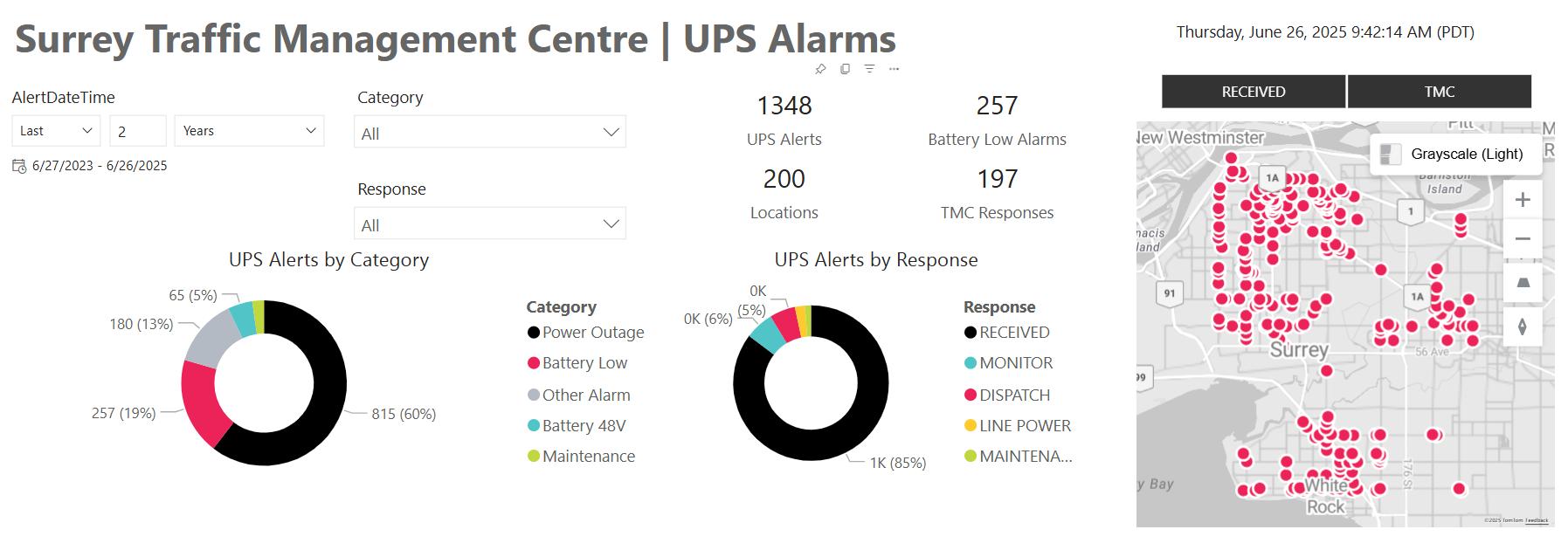
Analytics highlight locations with frequent outages, prompting reviews of local power infrastructure and driving targeted improvements.
Tracks whether maintenance actions—such as resetting breakers—are completed correctly, reducing the risk of operational oversight.
Maintaining
Automatically verifies that device settings are consistent across the network, minimizing the risk of misconfigurations.
Polling performance data helps identify weak wireless links or network bottlenecks, informing upgrades to the communication backbone.
Outage patterns correlated with weather events provide valuable insight for emergency planning, optimized response routing, and readiness during storms or other extreme conditions.
Continuously tracks battery performance across sites to support proactive replacement and ensure UPS units remain fully operational.
PowerWatch demonstrates its value through real-world performance, both during highimpact events and in everyday operations. The following cases highlight how the system enhances reliability, safety, and responsiveness across Surrey’s traffic network.
On November 4, 2024, a severe windstorm caused widespread outages in Surrey. PowerWatch processed 84 alerts from UPSequipped signals within minutes, identifying sites with critically low battery levels. This enabled the TMC to:
• Dispatch crews to three high-risk intersections before battery failure
• Maintain continuity at critical sites near hospitals and fire stations.
• Adjust signal timings for 39 movements across nine incidents.
• Support emergency vehicle response across 59 corridors, achieving a median response time of 35 seconds.
This event demonstrated PowerWatch’s vital role in enhancing public safety and infrastructure reliability during emergencies.
Comprehensive Device Logging and Historical Data Visualization
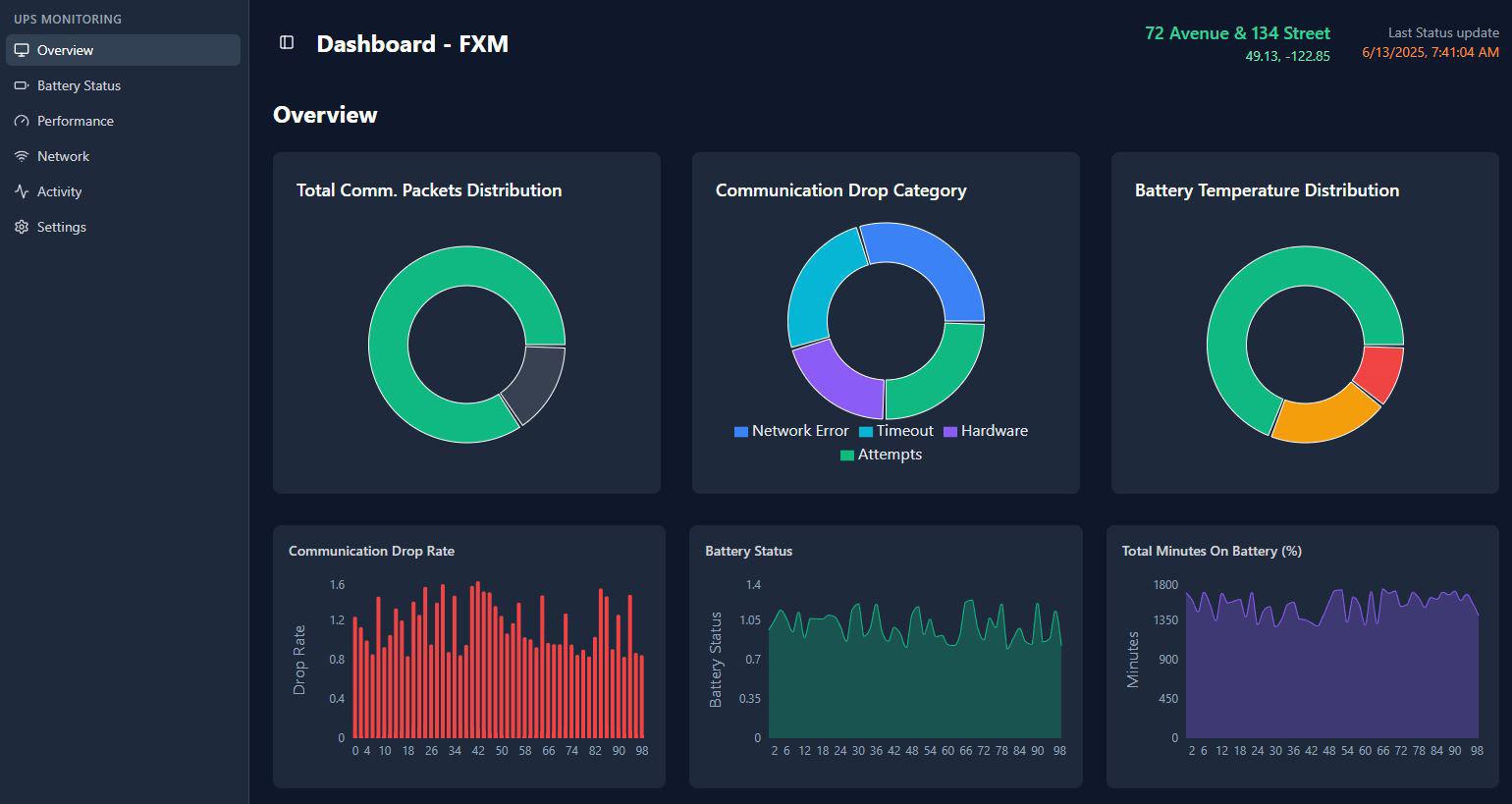
During routine operation, PowerWatch identified sites with recurring minor outages caused by aging batteries. The system’s battery health monitoring flagged these units for replacement, preventing potential failures. Automated configuration checks corrected misconfigurations at intersections, reducing signal downtime.
The TMC used PowerWatch’s network quality insights to plan for upgrading weak wireless links, improving data transmission reliability. These proactive measures ensured high signal uptime across Surrey’s intersections, demonstrating PowerWatch’s effectiveness in maintaining daily operations.
PowerWatch demonstrates how innovative solutions can effectively address municipal infrastructure challenges. By offering real-time insights into UPS status, it enhances traffic signal reliability, shortens response times, and strengthens public safety at intersections throughout Surrey. Its scalable and modular design allows for seamless adaptation as the city expands. Built on principles like distributed architecture, adaptive polling, and fault tolerance, PowerWatch also provides a foundation that can be extended to other smart city systems, including water management, RWIS, SCADA, and power grid monitoring. Its success in Surrey serves as a compelling model for other municipalities aiming to build more resilient urban environments.


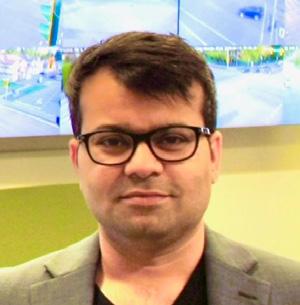
Atif Khan, a Professional Engineer with a degree from UBC, has 15+ years’ expertise in Intelligent Transportation Systems, Data Science, and Traffic Engineering. He’s led complex projects across industry and government, specializing in technology integration and transportation operations. Passionate about innovation, AI, embedded systems, and Software Development.

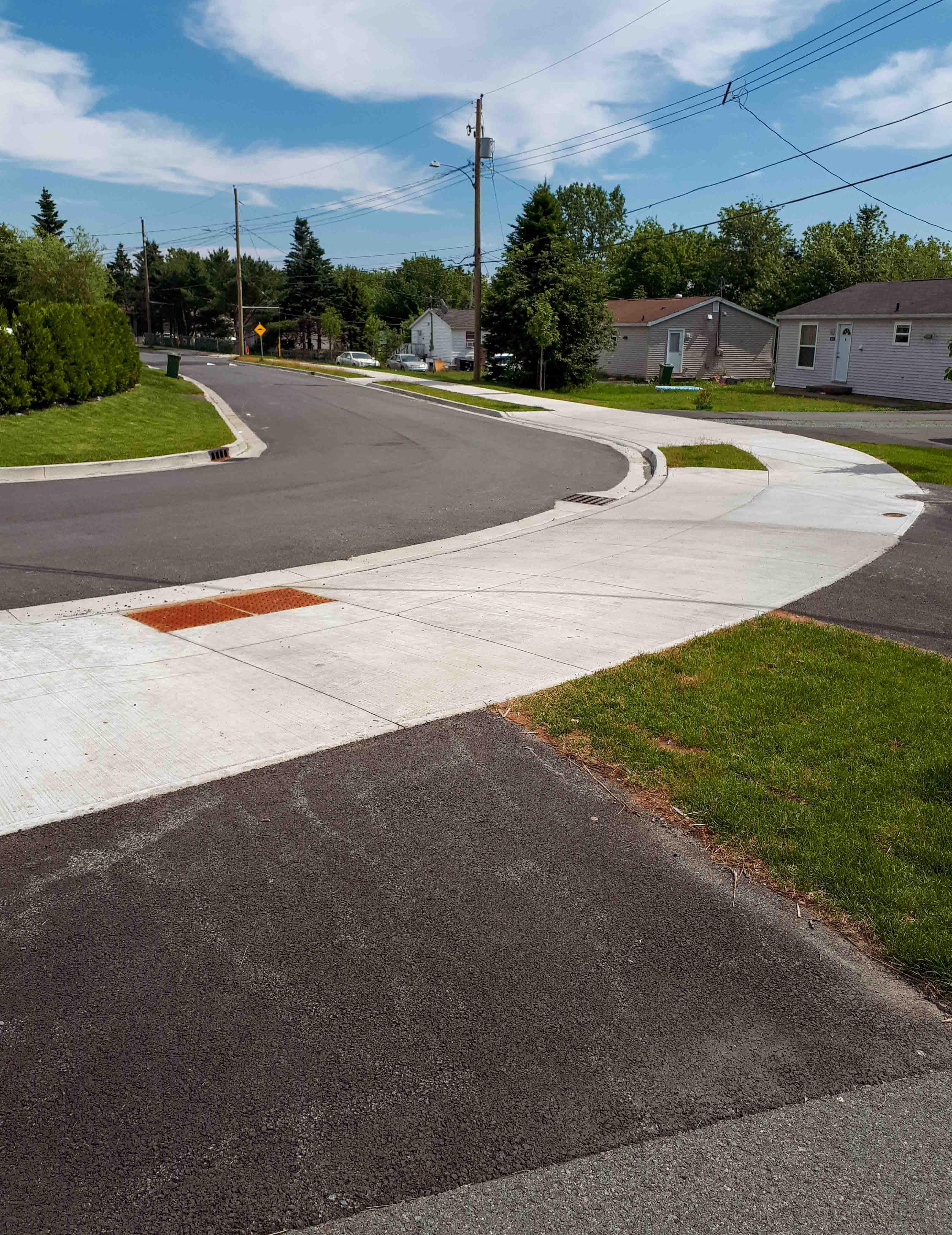
By Anders Turim & Siobhan Witherbee, Halifax Regional Municipality
The completion of a safe, comfortable and accessible pedestrian network is a key goal of Halifax Regional Municipality (HRM). Due to limited annual budgets and resource constraints, not all sidewalk projects can be completed in a short time frame. As a result, HRM must prioritize which high need sidewalk gaps to construct each year to have the greatest impact on residents.
To determine levels of prioritization, HRM has developed a Sidewalk Assessment Tool (SAT) that evaluates and identifies high need sidewalk gaps. The SAT is an automated multicriteria evaluation and spatial geoprocessing
tool that provides staff with a standardized assessment of sidewalk priority.
HRM staff developed the SAT through several iterations starting in 2014. Initially, it operated as a checklist of factors to consider when determining where sidewalk should be prioritized. Today, it operates as an automated tool that can evaluate and rank need almost instantly. This innovative tool supports the planning of sidewalks in HRM but also offers opportunities to be re-purposed for other transportation infrastructure, including transit stops, bike infrastructure, and traffic calming infrastructure.
TABLE 1. Organizational Values for Prioritization and Evaluation Criteria used in the Sidewalk Assessment Tool (SAT)
Organizational Values for Prioritization
Pedestrian Demand
Safety and Accessibility
Evaluation Criteria
• Proximity to trip generators such as:
Ű Schools, daycares, and seniors’ centres
Ű Parks, park assets, libraries, and municipal recreation centres
Ű Transit stops and terminals
Ű Commercial areas and employment opportunities
Ű Museums and places of worship
• Population density
• Road classification
• If existing conditions include:
Ű sidewalk on one side of the street
Ű traffic calming infrastructure
• Road width and sight lines
Equity
Connectivity
• Canadian Index of Multiple Deprivation Score:
Ű Residential instability
Ű Ethno-cultural composition
Ű Economic dependency
Ű Situational vulnerability
• Relative network importance
• Number of direct connections to existing sidewalks or walkways
• If the gap is on a cul de sac
The SAT is as a tool that evaluates need and determines priority for installing new sidewalk. This prioritization is based on a set of evaluation criteria that reflects HRM’s goals for new sidewalk investment, including safety, accessibility, pedestrian demand, connectivity, and equity. A more detailed breakdown of the evaluation criteria is available in Table 1.
The tool performs a set of spatial and network analysis calculations in ArcGIS Pro to assess each sidewalk gap. Each of the evaluation criteria is weighted based on relative importance, and the results are summed into a final sidewalk priority score for each segment. These calculations are automated within ArcGIS using a Python script to enable quick and easy assessment of sidewalk gaps.
Figure 1 shows a sample output of the SAT, where sidewalk gaps are categorized into ‘Low Priority’, ‘Medium Priority’ and ‘High Priority’.
The SAT has successfully enabled HRM staff to assess and map gaps in the sidewalk network for all for urban and suburban areas of the municipality (See Figure 2). This analysis informed the New Sidewalk Level of Service Report to Halifax Regional Council in 2024. The report has improved the public and council’s understanding of the high need sidewalk gaps while laying a roadmap for implementation. This has led Council to recognize the need for increasing the new sidewalk budget in future years to address these high need sidewalk gaps. Initial targets include building 55 km of new sidewalk over the next 10 years.
While the tool identifies high need sidewalk, there is still the need for professional judgement to interpret the results and inform decision-making. As of today, the SAT automates roughly 90% of the sidewalk gap assessment. Further refinements include incorporating new data sources such as refined equity data, improved pedestrian safety data, and more thorough connectivity measures.

The SAT has significantly reduced the assessement time for new sidewalk requests and improved the planning of sidewalk at a network level. This has provided several benefits to HRM, including:
• Improved communication with the public and councillors, including timely and concise responses to sidewalk requests.
• More proactive planning and project integration, supporting decisions of when to
construct a new sidewalk as part of regular road recapitalization, or as a standalone project.
• Greater transparency in decision making. A standardized process has provided staff with a quick and objective rationale for understanding how sidewalk investment is prioritized.
• Greater alignment between business goals and capital investment.
2. Output of SAT Identifying Sidewalk Priority for Urban and Suburban Areas of HRM

The SAT has the potential to be adapted by organizations in other fields and jurisdictions. For example, spatial assessment tools could be helpful in identifying high need areas to serve with public transit, park and recreation facilities, or green infrastructure.
If other organizations were to develop similar assessment tools, our group encourage focusing on two main principles. First, identify the values that are important for the group’s decision
making. For example, this can be meeting demand, providing an equitable service, or ensuring environmental sustainability. These values will differ for every organization, so what works well in one context, may not in another. As a second principle, it is critical to ensure the outputs align with professional judgement.
Configuring the correct weighting can be a timeconsuming process, but it is critical for ensuring the tool is effective in achieving its objectives.
FIGURE 3. Before (2016) and after (2019) Google Street View images show the implementation of high need sidewalk on Main Ave to address dirt path and inaccessible bus stop
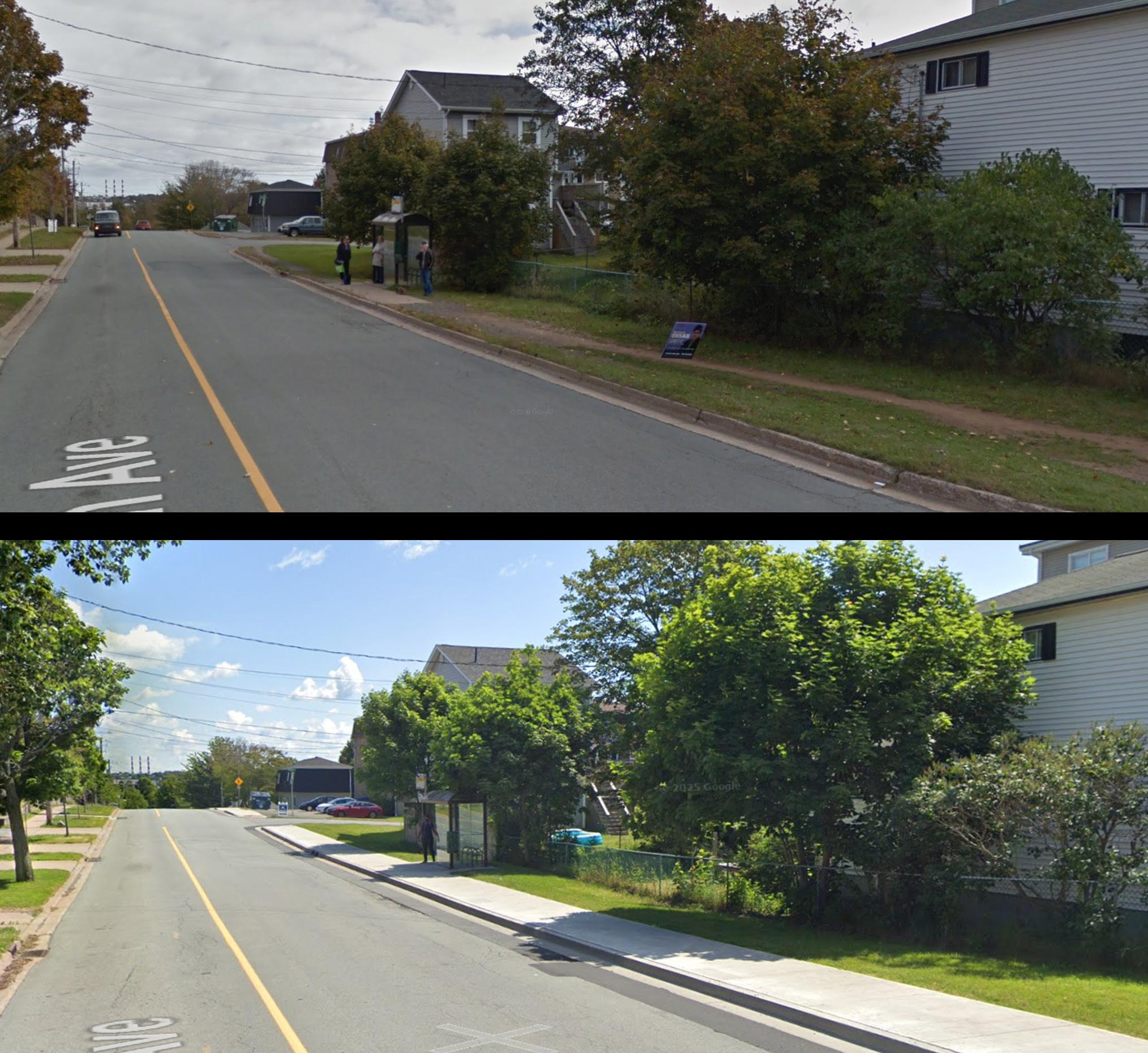
The SAT has benefited HRM in several ways. This is because the tool is efficient, objective and grounded in HRM’s organizational goals. By tying quantitative data into decision making, the SAT ensures infrastructure priorities align with the goal of providing a safe, comfortable, and accessible pedestrian network.


Anders Turim is an Active Transportation Planner at Halifax Regional Municipality (HRM). His responsibilities include leading HRM’s new sidewalk prioritization program, managing active transportation planning projects, and advising on multi-modal planning projects. Anders is proud and passionate about supporting sustainability, equity, and complete communities in his work.
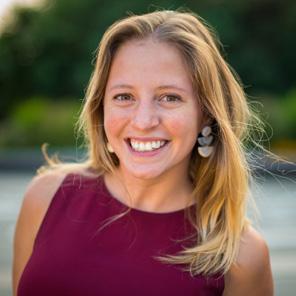
Siobhan Witherbee is a Project Manager in Transportation Planning at Halifax Regional Municipality (HRM). Her work includes leading strategic corridor re-visioning projects that focus on how to efficiently move people (not just cars) with the addition of dedicated bus lanes, cycle tracks, and improvements to the pedestrian realm. A planner by background, her recent policy work includes updates to HRM’s Integrated Mobility Plan.
Halifax’s Sidewalk Assessment Tool was one of the Canadian nominees put forward by ITE Canada for the ITE International Transportation Achievement Awards, considered for the Planning Category. Do you have an outstanding transportation project worth celebrating? Nominations open for next year’s awards in late 2025. Learn more at itecanada.org/awards.

Engineering is a proudly Canadian, employee-owned company. Our transportation planning & traffic engineering team provides customized strategic services and works with clients, communities, and stakeholders to develop sustainable and resilient transportation solutions. We are passionate about building vibrant, healthy, and resilient communities that support economic growth.
Together, we are shaping a better future.
Employment: CIMA+, Project Manager, Traffic Engineering
Education: University of Waterloo, Bachelor of Applied Science, 2015
First jobs in transportation:
• Co-op: City of Burlington, Engineering Student Assistant
• Full Time: LEA Consulting, Transportation Analyst
Family: Marc Tan (Spouse)
City of Residence: Toronto, Ontario
Hometown: Port Hastings, Nova Scotia
Hobbies: Woodworking, Curling
What roles have you taken on as a member of ITE:
• Toronto Section Executive Committee, 2016-2021
• ITE International 2017 Toronto Conference Local Arrangements Committee
When did you first attend an ITE event?
My first ever ITE event was an ITE Toronto Section event held by the SimCAP User Group, in April 2014. I remember hearing presentations from my ITE Toronto Section Executive committee members Matt Davis, Sean Nix, and Jason Dahl. Fun fact: it’s also the first time I met my husband, Marc!
What is your ITE involvement?
I served on the ITE Toronto Executive from 2016 to 2021, including as President in 2020. Although the pandemic challenged some of my goals—particularly expanding in-person events— our committee was able to adapt and reach a broader audience through enhanced video recording and online tools like GatherTown!
I also was fortunate to participate on the Local Arrangement Committee for the 2017 Toronto ITE International conference, planning the student mixer and, of course, the classic hockey game.

What do you value most about your ITE membership?
The opportunities that ITE provides to connect with other transportation professionals across the country and to continue learning industry best practices. I owe both my last job and current role to the incredible connections I made through ITE events.
What attracted you to the transportation profession? Did you have another career in mind?
I wanted to be a veterinarian until I realized at 16 years old that I preferred physics class to biology. It was during my undergrad co-op student position at the City of Burlington that I was able to attend meetings for their upcoming Transportation Master Plan update and was exposed to all the opportunities that transportation provides. It was a game changer, and I knew instantly that was what I wanted to do.
What is the last book that you read or are currently reading?
I’m currently reading the Wind and Truth by Brandon Sanderson (book five of the Stormlight Archives) and listening to The Adults on audiobook by Alison Espach.
What is your favourite mode of transportation?
Transit – I can read, check my emails and look around the city while I travel. My husband proposed on a Via Train in Jasper (on our way to the Vancouver ITE conference), we got wedding photos with the Scarborough RT, and we named our dog Viva (after the BRT in York Region).
How would you describe your job to someone you just met at a party?
I grew up in a small town where driving was the only way to get around, and traffic wasn’t really an issue. So, when my old neighbours ask what I do, I tell them: ‘Imagine if every street had line-ups like the Tim Hortons drive-thru”. I work for a consultant that has projects with cities all over Canada to help people travel more safely and efficiently, whether it’s road safety studies or traffic operations.
Tell us about a project that you’re particularly proud to have worked on
I was the project coordinator for the Steeles Avenue East Rail Bridge Environmental Assessment, which was built by Metrolinx and opened last year. The project involved a grade separation of Steeles Avenue East and the Barrie GO line corridor. Because Steeles Avenue East is the border between Toronto and Markham and the bridge required additional property on the northern side, this project forever changed the border of the City of Toronto!
What is one aspect of work that you enjoy?
I love the opportunity to mentor young and new professionals. The industry has changed so much over the last ten years and mentorship is so important to stay in touch with the latest innovations.
Have you pursued any professional designations through ITE (such as RSP, PTOE) and describe why?
I have my Road Safety Professional Level 1. I achieved it in 2018 when it first launched, as I believe road safety should be considered in all the work I do.
What will you hope to have accomplished at the end of your career?
By the end of my career, I want to look back and know that I helped make transportation networks measurably safer and more sustainable, and that I’ve opened doors for dozens of talented, diverse professionals through mentorship and advocacy.


Employment: City of Lethbridge, Transportation Engineer
Education: Carleton University, Bachelor of Engineering, Civil; Minor in Technology, Society, and Environmental Studies, 2008
Family: Wife and 2 children
City of Residence: Lethbridge, AB
What roles have you taken on as a member of ITE: ITE Canada Training Committee (Member, 2022-2023; Chair, 2024)
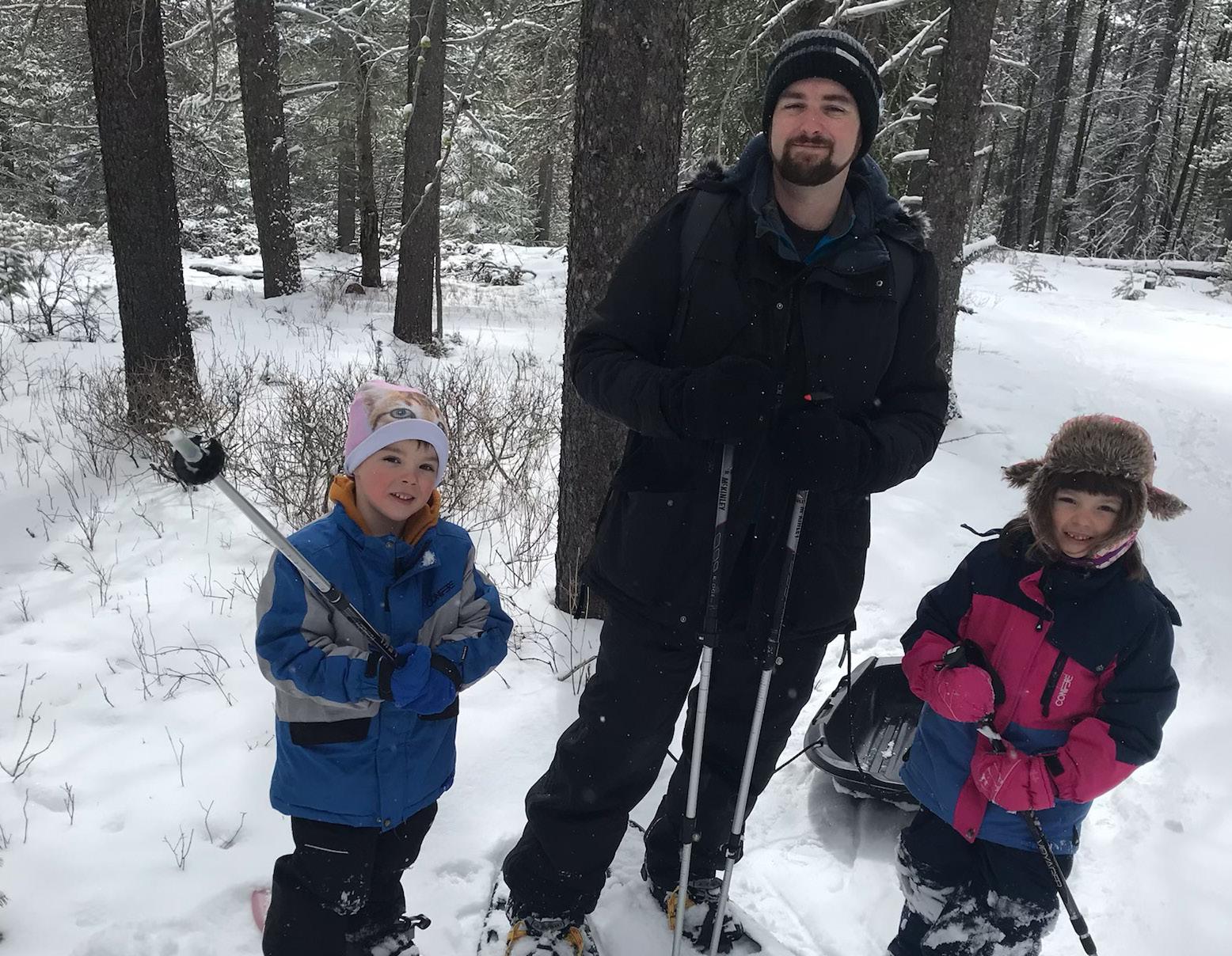
What is your ITE involvement (past and present)?
I joined the ITE Canada Training Committee in 2022, becoming the Committee Chair in 2024. On the Training Committee, I’ve had the privilege to work with many amazing people to bring learning opportunities to ITE Canada’s members. It’s great to experience the energy and enthusiasm that everyone brings to helping fellow transportation professionals increase their knowledge.
What do you value most about your ITE membership?
Attending ITE Canada conferences is my favourite part of being an ITE member. I remember it being a bit intimidating at first, being surrounded by professionals from across the country all assembling to talk transportation and present amazing projects. As my career progressed and as I became more involved with ITE, I got to know many of the people attending the conferences both through ITE and through day-to-day work. I also became one of those people presenting projects and participating in panel discussions. I appreciate that the annual
conference has shown me both how big of an impact we have but also how small and interconnected of a community we are as transportation professionals.
What attracted you to the transportation profession? Did you have another career in mind?
I had the option to pursue civil or electrical engineering and decided on civil because the results of the work are tangible and translate into something physical that people use.
Transportation was always the direction I wanted to take within civil engineering: safely getting people to the places they want to go.
What is the last book that you read or are currently reading?
World Made by Hand by James Howard Kunstler. I have a fascination with postapocalyptic stories. Dealing with complex systems every day, I often wonder what would happen if these systems stopped working. I especially enjoy when the author can describe the collapse, paint a picture of the post-collapse world, and tell an
interesting story all at the same time. World Made by Hand succeeds in all of these and highlights the importance of clean water.
What is your favourite mode of transportation?
Driving and walking are my two usual modes of getting around. Both are convenient, allowing me to take whichever route I want, when I want. Driving allows me to cover large distances quickly and stop at my whim to take in spectacular views or explore small towns on foot. Walking allows me to experience the journey on a smaller scale, see the details of buildings, enjoy the shade from the trees, and experience the neighbourhood. But my favourite mode of transportation has to be trains!
How would you describe your job to someone you just met at a party?
I play a key role in shaping how people move around the city. I review plans and development applications from a transportation perspective to ensure they align with local bylaws and plans. I also work with traffic models to estimate future traffic volumes, helping us plan for growth and changes. I manage our e-scooter service provider and oversee various transportation planning projects, Master Plans, and road planning studies. I’m also the City’s “bike guy”.
Tell us about a project you’re proud to have worked on.
I’m proud to have led both the Transportation Master Plan and the Cycling Master Plan for the City of Lethbridge. The Transportation Master Plan sets the stage for the future construction of vehicle, bicycle, and pedestrian infrastructure and highlights the need for improved safety and accessibility. The Cycling Master Plan identifies the necessary ideas and infrastructure to make cycling a realistic transportation option in Lethbridge.
What is one aspect of work that you enjoy?
I enjoy seeing the infrastructure that I helped design or plan get built. I find it rewarding to know that I made a difference in how people and goods get safely where they want or need to go.
Have you pursued any professional designations through ITE (such as RSP, PTOE)?
While consulting, I pursued the Professional Traffic Operations Engineer designation as it related directly to my day-to-day work and provided recognition of my knowledge and experience in traffic operations. Now working for a municipality, I maintain my PTOE designation to stay current with emerging traffic operations practices and to provide perspective for my role which involves more transportation planning.
Do you have any lessons learned to share with emerging transportation professionals?
It’s all about the people. Numbers are fun, but in the end, it’s people going places and their needs that we have to think about. The standards and guidelines don’t always capture the needs of people who may have difficulty moving around but don’t have an accessibility placard hanging from their mirror or a business concerned with servng their customers. Getting to know and understand the people involved is a significant part of the transportation professional’s work.
It’s also all about the people at the office. Whether it’s building relationships with co-workers or how you treat your competitors, remember that the community of transportation professionals in Canada is relatively small and you’ll likely be working together again.
What will you hope to have accomplished at the end of your career?
By the end of my career, I hope that I will have provided people with safe, accessible, and efficient options for how they get places, improving peoples’ quality of life.


ITE Canada has a strong partnership with the Transportation Association of Canada (TAC). One of the cornerstones of this relationship is participation on a number of TAC technical councils and committees through Appointees. In this edition of TAC Tidbits, our Appointees share updates from the TAC 2025 Spring Technical Meetings.
On April 22, the Mobility Management Committee met online as part of TAC’s Spring Technical Meetings. The highlight of the meeting was an Analytics in Transportation Planning and Operations presentation from Dr. Nourinejad, an Assistant Professor of Civil Engineering at York University and Amazon Scholar at Amazon Science. For more context on interactive web-based tools to enhance tactical decision-making, members can explore Interactive Operations Research at interactive-or.net.
There remains a great deal of interest in shared mobility following the release of the TAC report and subsequent webinar on Shared Micromobility Services in Canadian Communities. A follow-up session will be provided at TAC’s Annual Conference in addition to other relevant topics such as curbside management, mobility hubs, and transportation demand management.
Principal | Mobility Foresight

The TAC Active Transportation Integrated Committee met as part of the TAC spring meetings on April 24th. The meeting included updates from peer committees as well as presentations from ongoing working groups. This included a preview of a since-published report “Street Design in the Vicinity of Elementary Schools as Influenced by Child Psychology”. The City of Kitchener was also present to speak to their recent work on the implementation of continuous sidewalks and bike paths. This works follows recent work by the committee to publish a synthesis of practice on the current state of continuous sidewalk design and construction in Canada.
Finally, members worked towards planning of the 2025 conference, where the committee has a full slate of presentations on a range of active transportation topics. Registration is now open with the program available for review.
Project Manager | McElhanney

The Geometric Design Committee virtual spring meeting was held on April 4th and had up to 85 attendees. Two projects are near completion and summaries were presented. The first project, Design and Operation of Lower-Speed Collector and Arterial Roads, was presented by James Schofield and focus on tools to manage speeds on collector and arterial corridors with the objective of improving safety and comfort for all road users. The second project, Cross Section Elements: Synthesis of Practice, was presented by Selby Thannikary and Carolyn Sherstone and consists of the review and update of Chapter 4 of the TAC’s Geometric Design Guide for Canadian Roads (GDGCR) based on emerging research and industry best practices. Both projects were funded by ITE Canada and are anticipated to be published this summer (July-August). Other projects are in development and looking for funding, such as the Active Transportation Facilities at Interchanges: Synthesis of Practice and the Canadian Roundabout Design Guide, Second Edition.
The Foundations of Road Design training course is under production and anticipated to be available early 2026. This 5-hour self-directed online course will be based on Chapters 1 to 4 of TAC’s GDGCR. The committee is looking for a volunteer for the Secretary role starting this fall. Volunteers are also needed to moderate the Geometric Design Sessions in the TAC Conference, which will take place in Québec City this year, from October 5 to 8. Contact John Maree at mareej@ae.ca for applications.
Road Safety Engineer | City of Ottawa
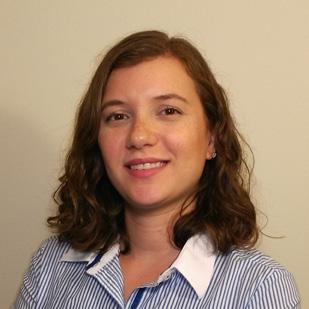
Road Safety Committee met on April 8, 2025 as part of TAC’ 2025 virtual Spring Meetings. As part their 2024 Strategic Plan update, the committee has identified opportunities for a strategic framework that is flexible and adaptable, differentiates ongoing activities, short-term and goal-oriented activities, incorporates Vision Zero philosophy and Safe Systems approach, and that supports topic-based working groups. Amongst many updates, the Committee’s Vision Zero & Safe System Outreach and Knowledge Sharing Subcommittee informed that they have been able to advance on some of their key mandates, to help create an understanding within TAC and its membership of Vision Zero and Safe Systems (VZ &SS) concepts, to develop a common language, definitions and possible frameworks regarding the application of VZ & SS and to keep the TAC community at large informed about the work of the Subcommittee. Readers are encouraged to watch the VZ & SS webinar which was first held in 2023.
Farhad Shahla M.Eng., P.Eng., PTOE, PMP
Manager, LRT Technical Services and Approvals Coordination | City of Hamilton
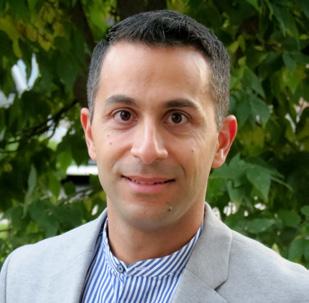
The Workforce Development Council, dedicated to advancing education, professional development, and leadership in transportation, recently convened sessions on pivotal topics. Discussions included driving leadership to inspire the next generation, benchmarking TAC teaching tools with AASHTO, and integrating artificial intelligence in transportation.
Plans for the TAC Fall Conference include sessions on mentoring versus coaching, improving intergenerational communication, and evaluating the tradeoffs between in-person and remote training in engineering classrooms.
Additionally, the Council received a proposal from the TAC Secretariat to consolidate the Human Resources and Professional Development Committees into a single integrated committee, while maintaining the Education Committee separately. This structural change aims to streamline efforts and enhance initiative delivery within the council’s framework.
These initiatives aim to foster innovation and leadership in the transportation sector, setting the stage for transformative developments and impactful collaborations.
Carlos Perez P.Eng. M.Sc., PMP
Senior Development Engineer | City of Calgary
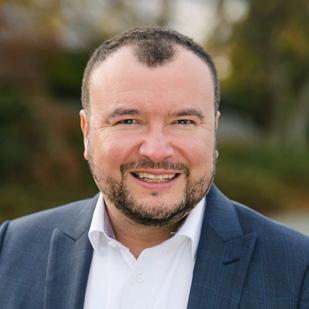
TAC Technology Council met on April 10, 2025 for the virtual Spring Technical meeting. The council highlighted the seven in-progress pool funded projects and nine projects that are in development with a potential project on Road Safety focusing on CAV that came out of the technology survey. Additionally, the Council emphasized on the need for increasing young members across the committees and councils. Also, following the notice of motion from last Fall meeting, a working group on Artificial Intelligence (AI) has been established and a study on AI has been commissioned by the working group. The council highlighted that Canada’s Safety Framework for CAV 2.0 came out to inform stakeholders of Transport Canada’s safety-focused approach. TAC will welcome attendees at the 2025 Annual Conference at the Quebec City on October 5-8, 2025.
Bidoura Khondaker PhD., P.Eng., PTOE
Senior Engineer, Capital Projects and Planning Interface | City of Calgary
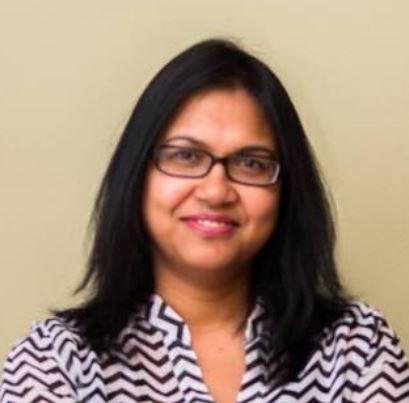
At the CAV Spring Committee Meeting 2025, held on April 7th, I attended as the ITE Canada appointee. A featured presentation was delivered by Aisha Manderson, Senior Research Engineer at FPInnovations, titled “Autonomous Transportation for Resource Roads.” FPInnovations, a private not-for-profit R&D organization serving Canada’s natural resource sectors, presented their multi-year effort to evaluate and adapt autonomous vehicle technology for forestry applications—specifically addressing the acute truck driver shortage affecting remote and rugged regions. The presentation detailed how FPInnovations leveraged military-grade AV systems originally designed for GPS-denied environments through a collaboration with Forterra (formerly Robotic Research), beginning with perception trials in 2022 and moving into platooning tests with two Class 8 trucks in 2023. When Forterra exited the collaboration in 2024 to refocus on military contracts, FPInnovations continued with Kratos, conducting further tests on Class 1 and Class 2 roads with unloaded and partially loaded configurations. In early 2025, the team also evaluated a Canadian firm, Newport, whose work with single-vehicle autonomy and platooning systems offered additional insights. Key lessons included the strategic risk of relying solely on a single technology partner and the importance of retaining a human-led lead vehicle in the early stages to support public confidence and operational feasibility. FPInnovations confirms that they will continue to connect OEMs, resource companies, and regulators to advance safe, scalable CAV solutions tailored to Canada’s unique conditions.
An update was provided on the pooled fund project, “Micro-Utility Devices in Public Rights-of-Way: Considerations for Road Authorities.” Members were encouraged to pursue additional funding partnerships. The project remains a core priority, emphasizing the need for collaboration between municipalities, public agencies, and research institutions in managing new forms of mobility in public space.
Committee discussions also revisited the strategic direction of the CAV Committee, noting that although the initial hype around CAVs has leveled off, real-world challenges. Members proposed an in-person workshop at the Fall 2025 Technical Meetings to refine the committee’s Strategic Framework and ensure alignment with evolving TAC priorities.
Furthermore, a call was made for volunteers to fill the Vice-Chair and Secretary positions to broaden leadership and encourage more active member participation. Members also reviewed draft plans for upcoming Fall 2025 Conference sessions and shared jurisdictional updates on CAV pilot projects and regulatory developments.
Project Manager - Transportation Engineering | City of Hamilton

The TOMC spring meeting featured an engaging presentation entitled “Evaluation of Dutch Style Bicycle Countdown Timers” delivered by the Portland Bureau of Transportation and Oregon State University. Several technical projects are progressing; interesting projects include:
• #359-Flashing Yellow Amber Arrow - a review of US applications and options for potential future Canadian use were presented,
• #349-supplementary tab for School Zone speed limit signs and others.
TOMC will host 7 presentations on the topic of Innovative Traffic Control at the TAC annual conference in Quebec City, October 5-8.


Russell Brownlee M.A.Sc., FITE, RSP1, P. Eng.
Transportation Safety Engineer | Northbound Safety Inc
James
Donnelly P.Eng., PTOE, Principal / Senior Transportation Engineer | Urban Systems
Kari Fellows P.Eng., PTOE, RSP1
Senior Transportation Engineer | WSP in Canada
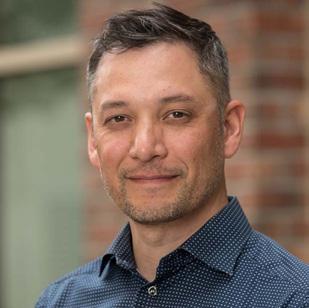



Summer is in full swing for the Greater Vancouver Section!
The good weather means it must be everyone’s favourite season: construction! With so much activity in the region, ITE Greater Vancouver took two opportunities to get outside and see what our colleagues are hard at work on.
In May the Broadway Subway Project team welcomed a tour organized by ITE Greater Vancouver to walk a section of the project and view the progress on the 5.7 km multi-billiondollar rapid transit extension firsthand. Attendees were given an overview of the construction phasing, key design considerations, integration with the existing Skytrain system, as well as the herculean efforts to keep traffic moving on Broadway above station construction.
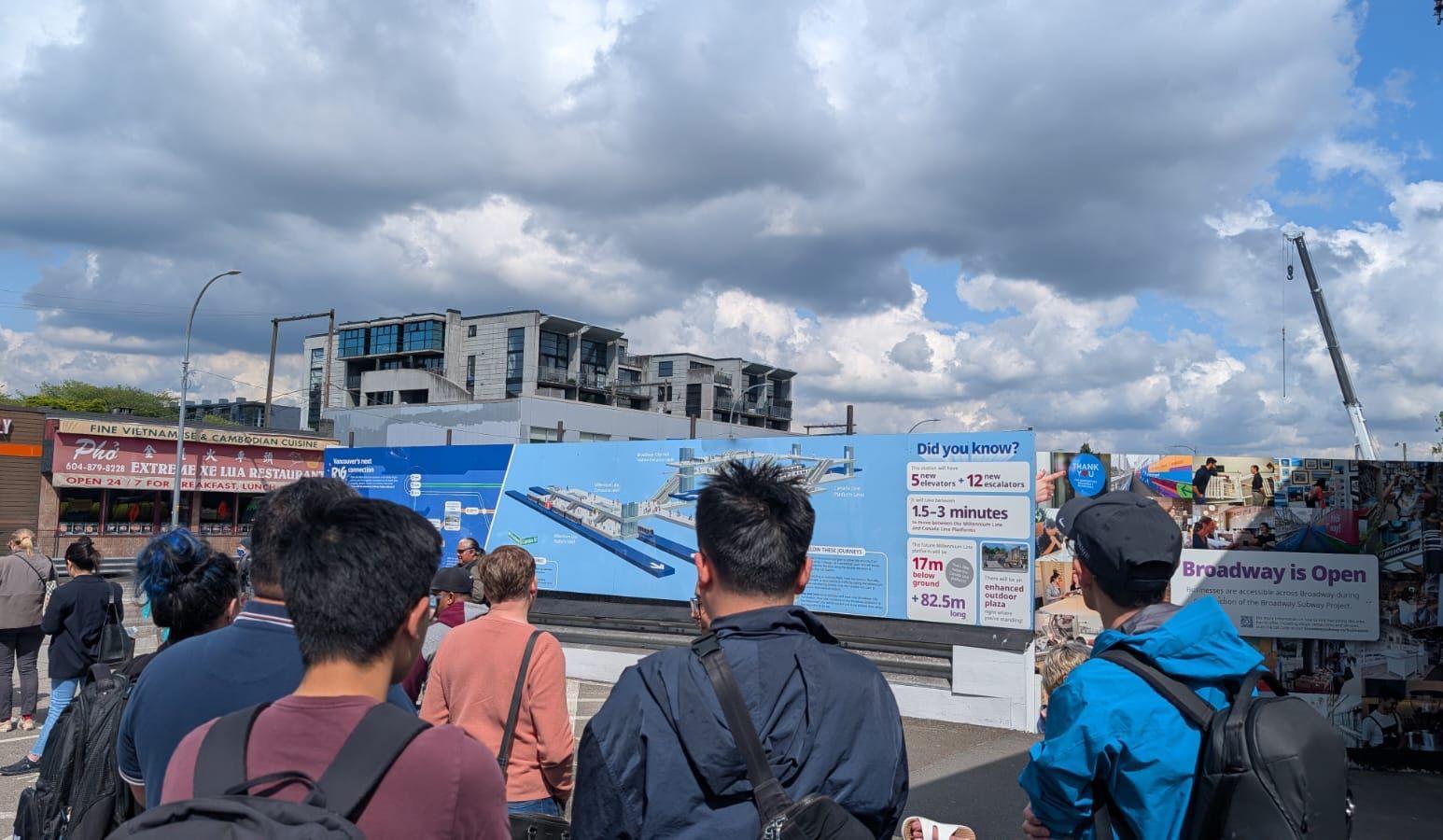
Hot on the heels of that successful tour, ITE Greater Vancouver was welcomed to a tour of the Esplanade Complete Street hosted by the City of North Vancouver and ISL. Attendees got to see how the designers grappled with limited
room to deliver a full multi-modal upgrade which features fully protected/separated active mobility lanes, reconfigured bus stops, and a greatly enhanced streetscape.

Thank you to our tour hosts for leading these tours and giving attendees the chance to see how ambitious projects are made real firsthand.
The Section was well represented at the 2025 conference in Halifax with 3 members of the Executive Committee in attendance. Breanna Jackson, Section ITE Canada Board Representative, Trevor Demerse, Section Vice President, and Zheng Luo, Section Treasurer all made the coast-to-coast trek to see and hear about the latest and greatest in Canadian transportation projects as well as get updates on ITE Canada’s latest efforts and initiatives. At the conference Breanna presented on Advocating for Active Transportation Infrastructure in Small Communities while Trevor presented on a BC Pedestrian Hybrid Signal Pilot Project.
During the award ceremony Breanna Jackson was recognized as one of ITE International’s 2025 Young Leaders to Follow. The entire section is thrilled to congratulate Breanna on this major achievement. The section also wants to congratulate the University of British Columbia Student Chapter on their momentous Traffic Bowl Victory. The entire section executive was in attendance to cheer the team on to their third consecutive victory!
Expect the ITE Greater Vancouver section to be well represented when our neighbors host the 2026 conference in 2026!
The ITE Greater Vancouver Section continues to develop our 2025 program schedule with plans for an event or webinar approximately monthly. Connect with the section on Linkedin and look for our newsletter sign-up to be the first to hear about our future events and learning opportunities.

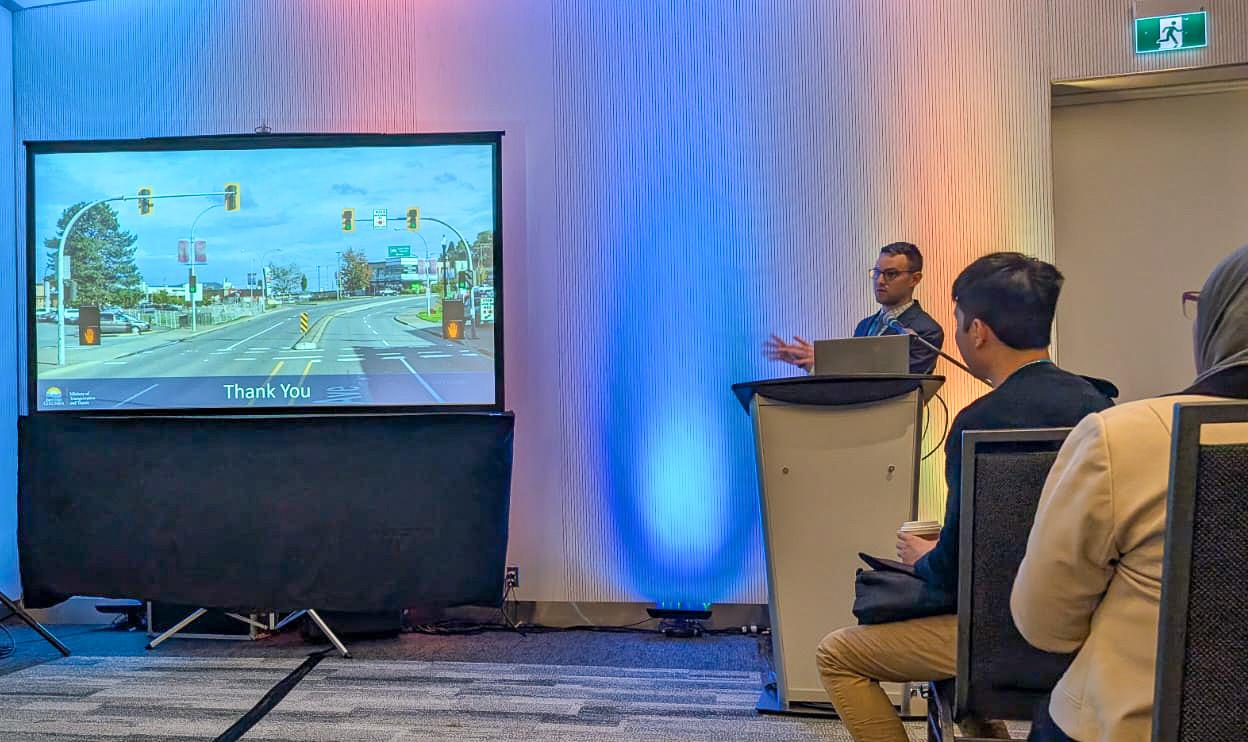

We also look forward to posting our call for nominations for our Executive and our 2025 awards program in the coming months.


The ITE Southern Alberta Section has had a vibrant and engaging spring, hosting a series of technical sessions that brought together transportation professionals, students, and municipal leaders to explore timely topics in transit, street design, and accessibility.
In April, we welcomed Shakti (Shak) Sarai, P.Eng., for a deep dive into Calgary’s LRT expansion history and a look ahead to the Green Line. Shak shared insights from nearly two decades of experience in rail transit, covering the design and construction scope of key LRT projects including the NE Extension to McKnight-Westwinds, the Oliver Bowen Maintenance Facility, the NW Extension to Tuscany, and the West LRT. Attendees also got a preview of the CAF Urbos 100x Light Rail Vehicles being procured for the Green Line. Shak’s presentation offered a rare behind-thescenes look at procurement models, technical development, and operational readiness planning for Calgary’s largest infrastructure project to date.
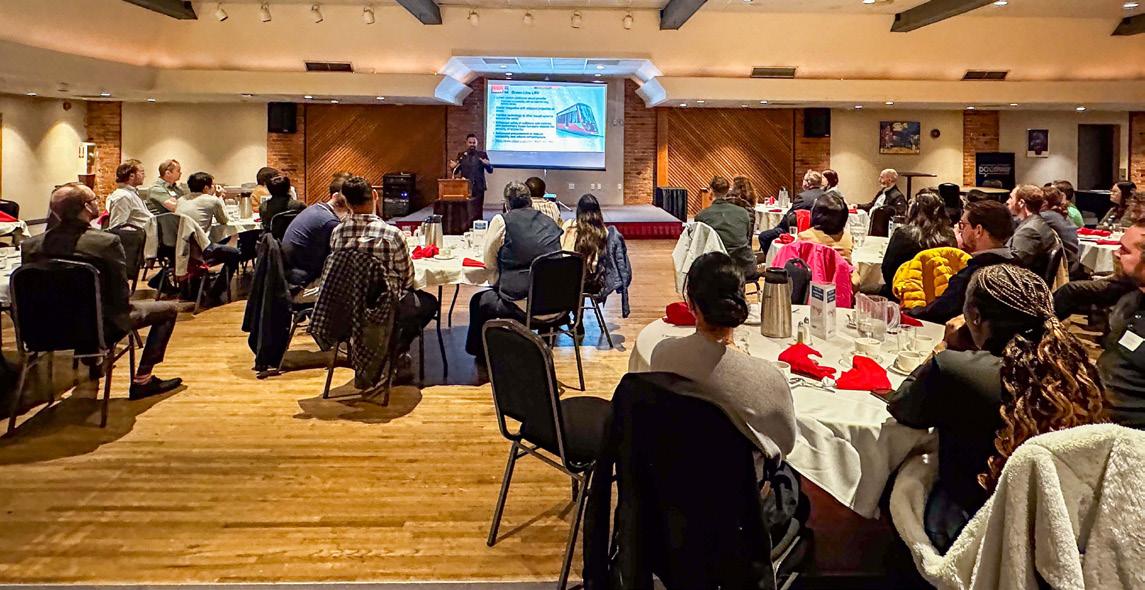
In May, we explored how Dutch street design principles are influencing Canadian communities. Roy Symons, P.Eng., shared lessons from his research trips to the Netherlands and his work implementing continuous sidewalks and protected bike lanes in Nanaimo. Andrew Monson, P.Eng., highlighted how the Town of Canmore is embracing Dutch-inspired design, showcasing recent projects that prioritize safety, comfort, and accessibility for all users. The session sparked thoughtful discussion on how these international best practices can be adapted to local contexts.
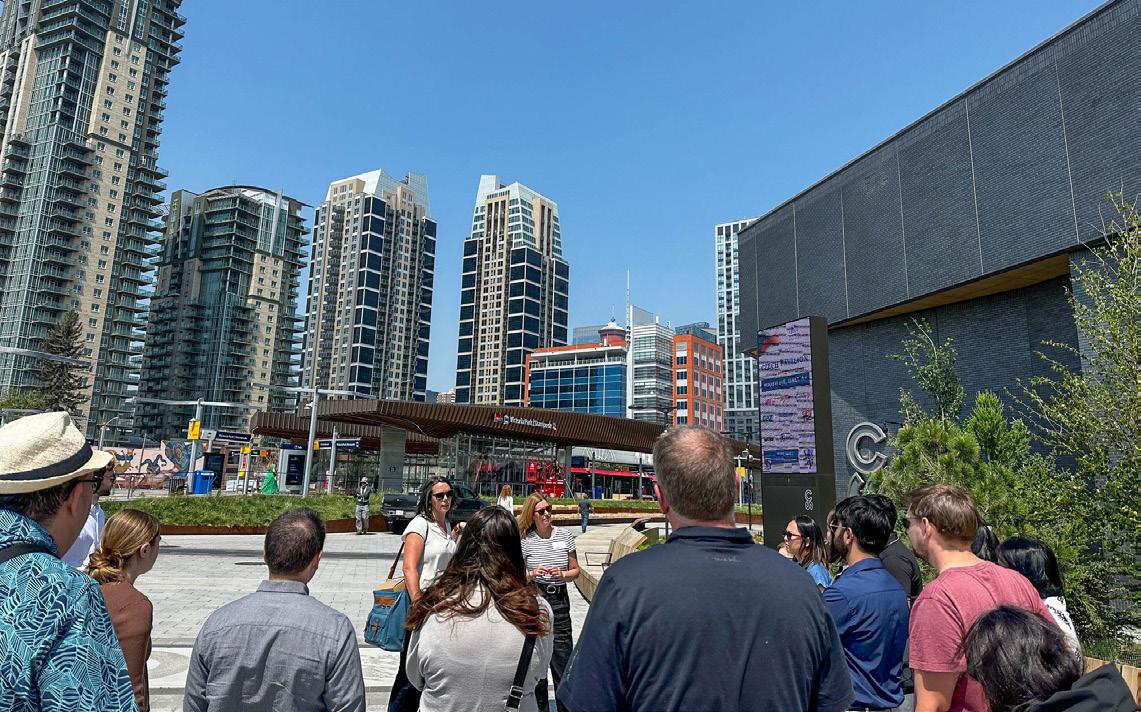
Our June event took the form of an interactive workshop focused on island platform bus stops, an increasingly common design that balances the needs of transit users and cyclists. Led by Brian Patterson, Dylan Passmore, and Cristina Lucca, the session covered findings from the new Design Guide for Bus Stops Adjacent to Cycling Infrastructure, developed by TransLink and the BC Ministry of Transportation and Infrastructure. Participants engaged in a handson design exercise and discussed how to improve accessibility for people with disabilities while maintaining safe and efficient multimodal corridors.
The Southern Alberta Section was proud to be represented at the 2025 ITE Canada Annual Conference in Halifax. Executive member Bidoura attended the conference and participated in the Section Roundtable session, where she joined other section leaders from across the country to exchange ideas, share challenges, and provide feedback on how ITE Canada can better support local sections. It was a valuable opportunity to bring Southern Alberta’s voice to the national stage and bring back fresh ideas for future programming.
The Southern Alberta Section is looking forward to continuing member engagement through upcoming events and initiatives. Plans are underway for a summer social gathering to provide an opportunity for informal networking and connection. We’re also preparing for our next technical session later this year, with topics to be announced soon.

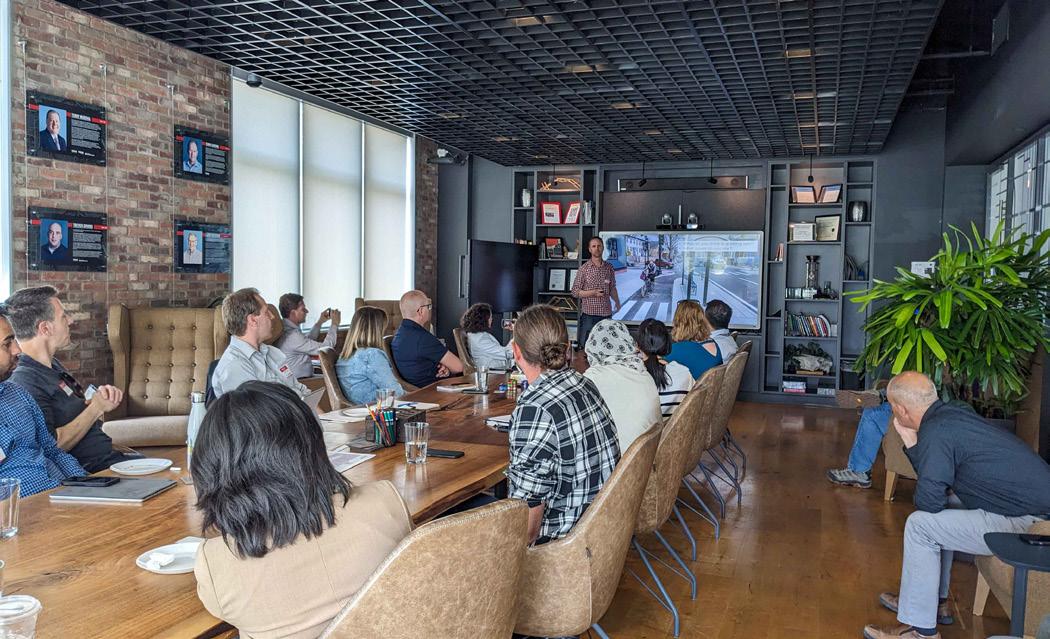
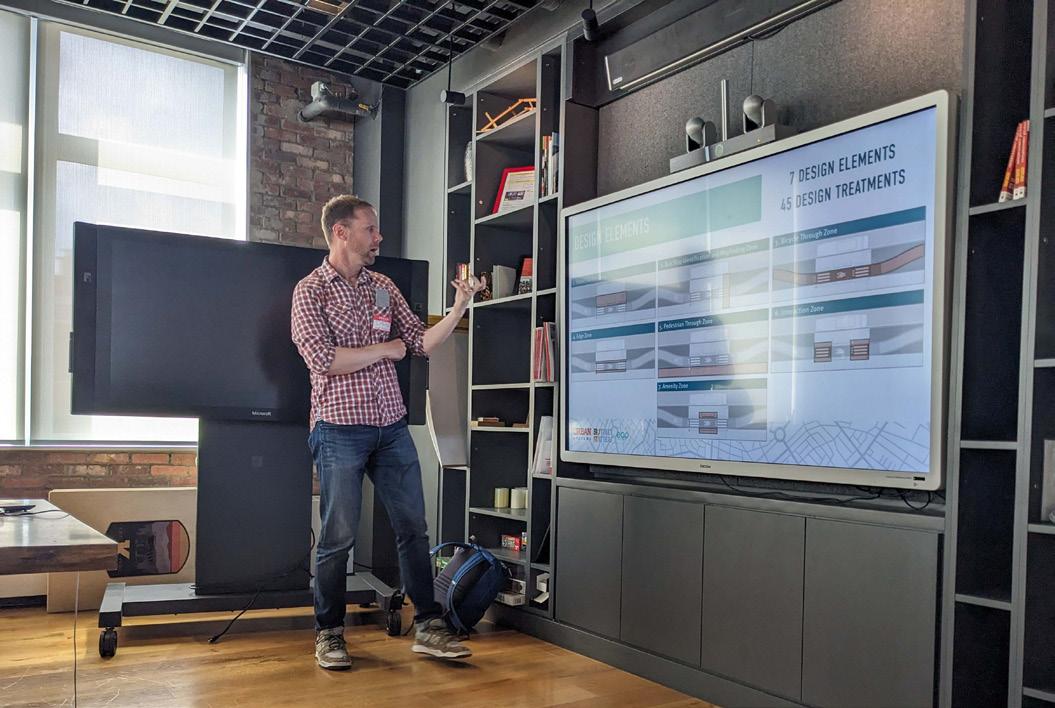


ITE Saskatchewan has had a busy spring hosting, attending and planning events for our community!
ITE Saskatchewan held its annual Spring Session featuring technical presentations and a walking tour. The sold-out event allowed attendees to learn from in-person and virtual presenters. We all shared umbrellas and raincoats for a walking tour of the Scarth Street Pedestrian Mall to discuss the street’s long history as a pedestrian zone and what its future may look like.
A special Thank You to our presenters:
• Derrick Scott, City of Regina: Regina’s Vision Zero Road Safety Framework
• Jon Medori and David Booker, Associated Engineering: 22nd Street West Traffic Signal Coordination
• Jessica Lam, University of Saskatchewan: Findings from the 2025 USask Travel Survey
• Kim Sare, City of Regina: Scratch Street Pedestrian Mall Walking Tour
• Olha Khrebtishceva, University of Saskatchewan: Factors Affecting E-Scooter Ridership Throughout the Day in Calgary
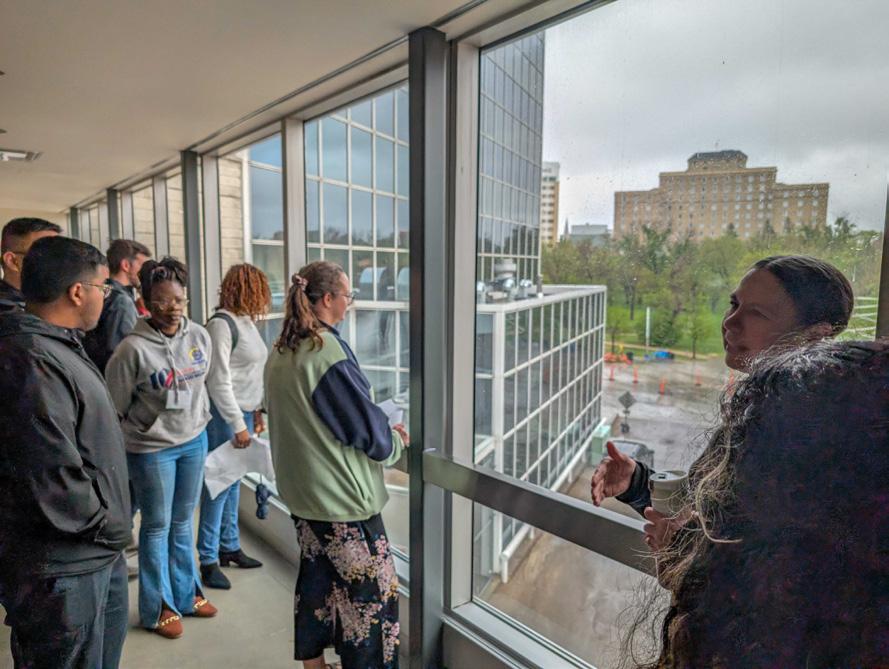
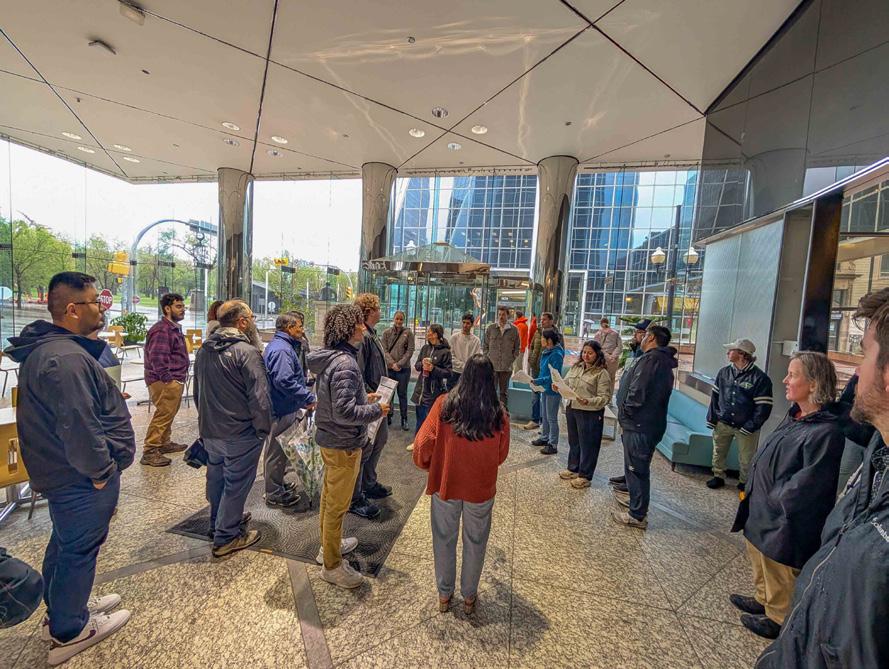
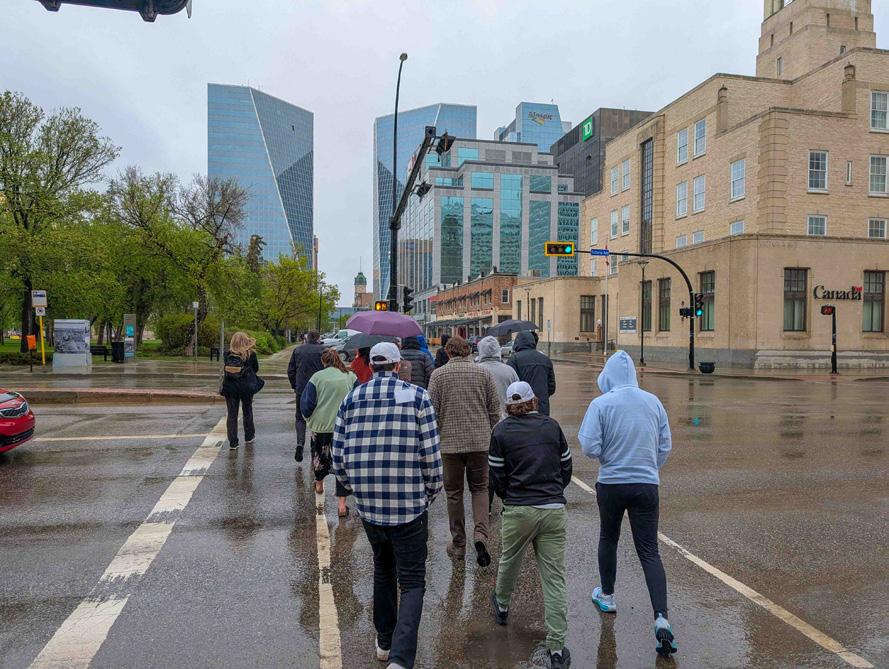
Five of our Section members (Sheliza Kelts, Past President; Ellen McLaughlin, President; Destiny Piper, ITE Canada Treasurer; Bruce Belmore, Chair - Future Transportation Leaders Fund; and Carly Grassing, City of Saskatoon) were able to represent our section in Halifax at the 2025 ITE Canada Annual Conference. While there, Ellen presented on the findings of the College Drive and Wiggins Avenue In-Service Road Safety Review during the Safety Rapid Fire Session. Additionally, ITE Saskatchewan was honoured to win the Outstanding Section Award for our work last year, providing meaningful opportunities to connect with- and learn from- each other.
Planning has begun for a technical tour this Fall of a newly constructed rural roundabout on the Highway No. 1 service road just east of Regina, tying-in to a nearby diverging diamond interchange. As one of a very limited number of rural roundabouts in the province, the tour will focus on design considerations, lessons learned, and opportunities for future implementation.
The Saskatchewan Section is looking to recruit a STEM Coordinator volunteer to our executive. This position would be responsible for outreach to K-12 schools, science summer camps, and after school programs. Supported by the robust age-appropriate STEM and transportation themed activities developed by ITE, the Coordinator would connect our volunteers to programs throughout the province. If this is of interest to you, reach out to Ellen at president@saskatchewan.itecanada.org to learn more.

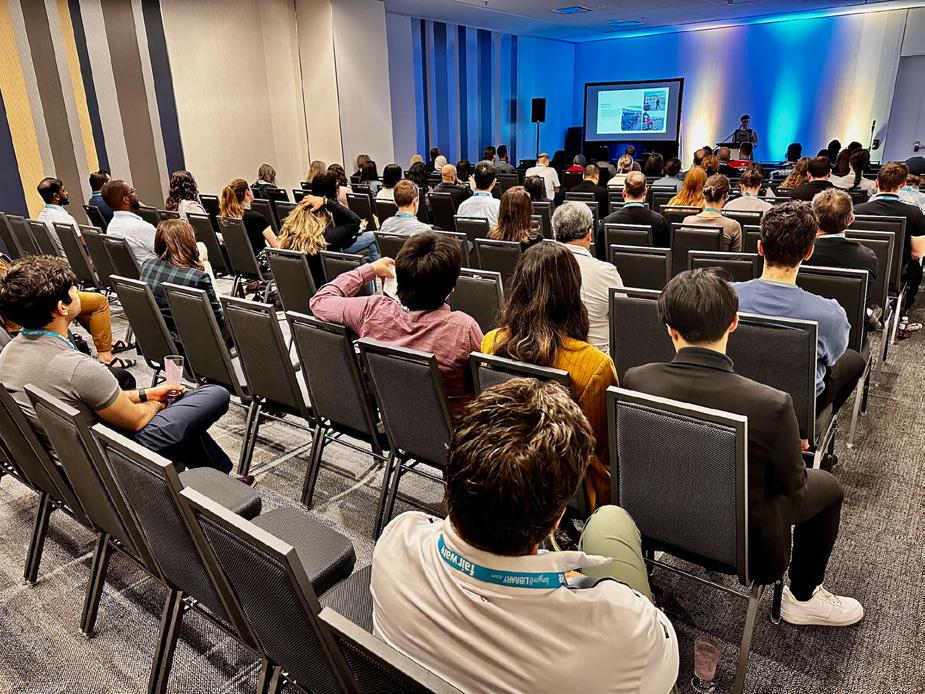


After a bit of a slow start in 2025, the Manitoba Section has picked up momentum with a busy and engaging couple of months!
We kicked things off with a record-setting luncheon in April, welcoming 55 attendees, our highest turnout to date! The luncheon featured an insightful presentation on the City of Winnipeg’s Transportation Master Plan (TMP) 2050, delivered by David Patman, Manager of Transportation and Alex Regiec, Transportation Master Plan Lead. Their presentation sparked thoughtful discussion and highlighted the city’s long-term vision for mobility and infrastructure.
In May, luncheon attendees learned about the North Perimeter Highway (PTH 101) Design Study, a complex and vital project aimed at supporting future development by transforming the North Perimeter Highway into a fully gradeseparated freeway capable of ultimately accommodating six lanes. The presentation was led by Kerra Mruss, Manager of Transportation Planning at WSP alongside Stacy McBride, Technical Services Engineer for Manitoba Transportation and Infrastructure’s (MTI) Eastern Region, and Sagar Trapasia, Project Manager with MTI’s Projects Management Branch. Together they offered valuable insights into the planning, challenges, and future improvements of this key transportation corridor.

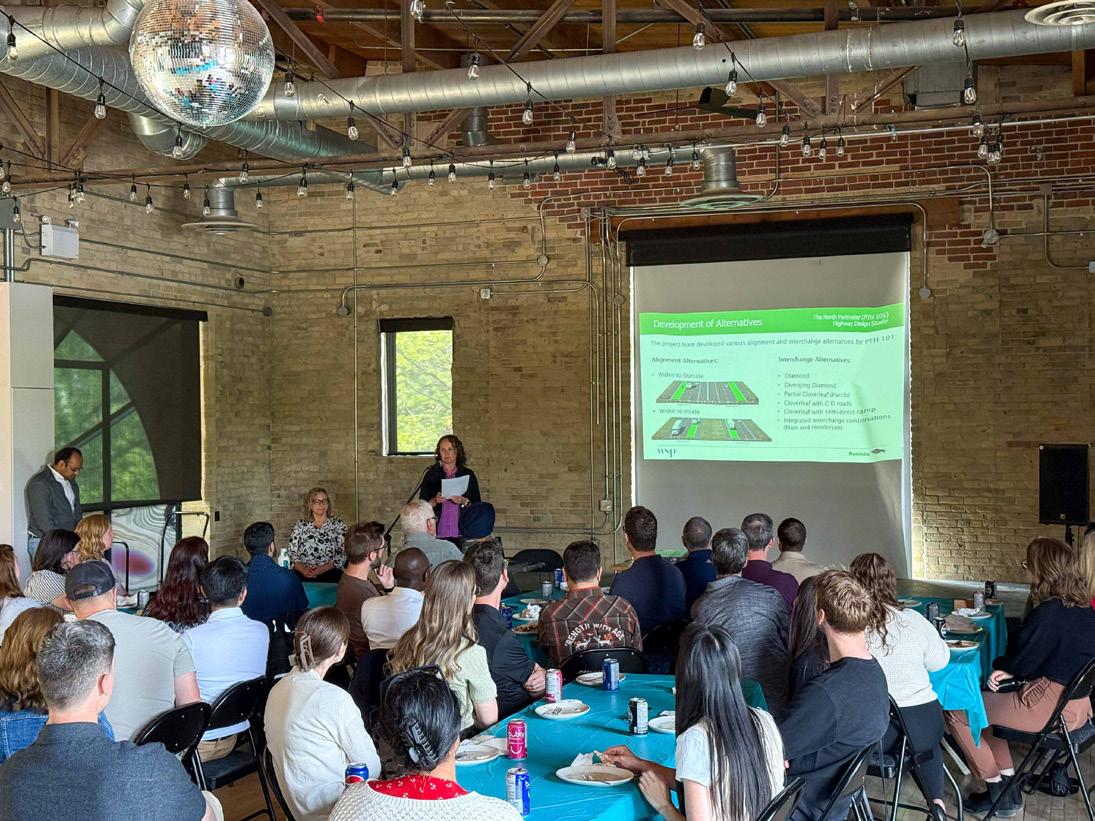
Our June luncheon explored the critical relationship between engineering and engagement, using the Daly Overpass Project as a compelling case study. This award-winning $65 million multidisciplinary initiative involved major bridge and roadway construction on PTH 10 in Brandon, Manitoba. Donovan Toews, Managing Partner at Landmark Planning & Design, with assistance from Dawson Reynolds, a planning intern, delivered an engaging presentation on how public and stakeholder engagement was effectively integrated with the engineering design process throughout this complex project. Donovan highlighted two key tools that contributed to the project’s success: the Stakeholder Tier System and Discussionbased Option Evaluation.
Several members of the ITE Manitoba section, including two members of our executive team, had the pleasure of attending the ITE Canada 2025 Annual Conference in the historic and vibrant Halifax, NS. We were proud to participate in the ITE International Listening Session on Safety, which featured a lively and thought-provoking discussion on ITE’s Road Safety Roadmap. The ITE Canada Section Leader Roundtable provided insights into how we can continue to grow and improve our local section, while the ITE Canada Student Chapter Leader Roundtable gave us an opportunity to share advice and experiences with the next generation of transportation professionals. It was an incredible conference from start to finish, and we’ve already got our bags packed for Victoria 2026!
While the ITE Manitoba Section typically takes a break from technical events over the summer months, we’re excited to stay connected with some lighter programming. A July bike tour is in the works, offering a fun and active way to engage with members while exploring new cycling infrastructure in Winnipeg. We’re also looking into the possibility of organizing a transit tour, given the City of Winnipeg’s recent launch of its completely redesigned Primary Transit Network. This transformation is a major milestone in the implementation of the Winnipeg Transit Master Plan and section members are eager to learn more about these changes – while experiencing them firsthand!



The Southwestern Ontario Section wants to pass on our congratulations to two of our student chapters with the University of Waterloo Student Chapter winning the Outstanding Student Chapter award for the fourth time while the University of Windsor Student Chapter won the Student Chapter Momentum award for the first time.
Three of our section executive (Tim Kooistra, President; Adam Morrison, Vice President; and Ian Lindley, Treasurer) were able to represent our Section in Halifax at the 2025 ITE Canada Annual Conference.
Our Section is busy planning the next round of events with a number of events planned
between September and November. We currently aim to have these events happen across the Section in Windsor, London and Kitchener/Waterloo.
In May, our section hosted a virtual event where several consultants spoke on how to develop Transportation Impact Studies (TISs) for developments in Southwestern Ontario. We had over 125 people sign up and trust that all who may have attended found value. We are aiming to host a ‘Part 2’ of this virtual event in which we hope to have governing agency staff speak on how they scope out and/or review TISs from their perspective.


The ITE Hamilton Section is proud to share highlights from Spring/Summer of 2025 filled with dynamic programming and meaningful engagement across the transportation community. With a focus on knowledge sharing, collaboration, and professional development, the Section brought together practitioners, students, and thought leaders to discuss pressing topics in the industry, all while achieving national recognition with the 2025 ITE Canada Section Momentum Award.
On March 25th, 2025, ITE Hamilton joined the Toronto and Southwestern Ontario Sections to host a virtual session titled Connecting Communities: Exploring Transit Reach and Competitiveness. The event drew a strong turnout of over 130 participants from students, professionals, and municipal leaders across Ontario, sparking important conversations about the future of public transportation. The energy and attendance of this event demonstrated the continued appetite for regional knowledge sharing and emphasized the importance of cross-sectional collaboration.
Continuing its commitment to inclusive mobility, the ITE Hamilton Section hosted a second event on April 30th, 2025, titled Getting Around Town – How Equity Factors Impact the Journey. This session, led by Krystn Orr and Vanessa Rachiotis from City of Hamilton –Public Health Services, explored how transportation systems can better address health and equity concerns, particularly for marginalized and underrepresented communities. A special highlight of the session was the inclusion of a McMaster University student research presentation. Ayomikun Fasan delivered an insightful presentation on Electric Bus Transit in Canada, offering a thoughtful
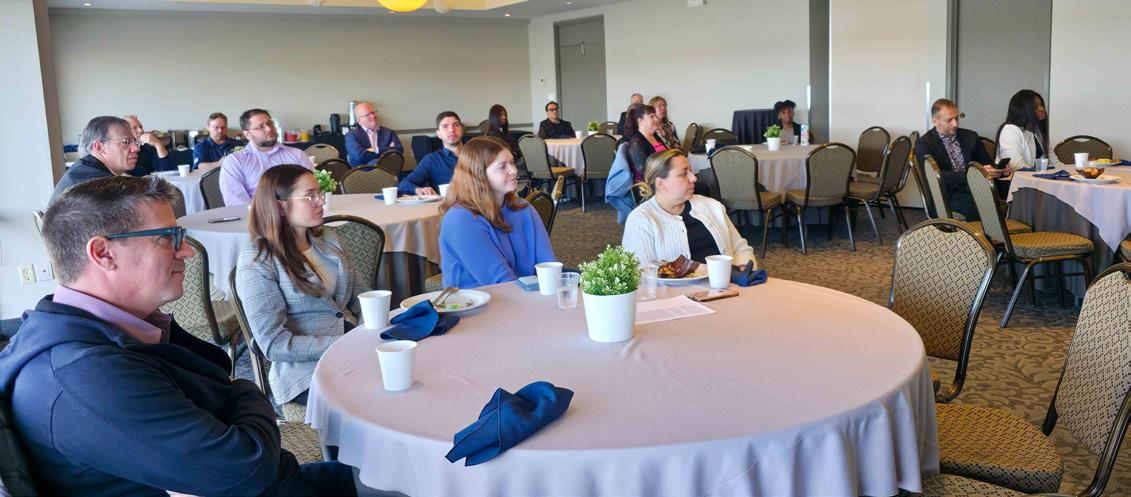
analysis of how zero-emission transit solutions intersect with equity outcomes. By creating space for emerging voices in the field, the session not only informed but inspired and sparked insightful conversation among attendees.
These efforts, among others, contributed to the ITE Hamilton Section being awarded the 2025 ITE Canada Section Momentum Award, a recognition of outstanding growth, innovation, and service to the transportation community. This achievement reflects the dedication of our Executive Committee and volunteers who continue to drive impactful programming and share knowledge.
As the Section looks ahead, it remains committed to fostering collaboration, supporting student and young professional development, and bringing forward important conversations on transit, equity, technology, and sustainability.



The ITE Toronto, Hamilton and Southwestern Ontario Sections collectively joined forces on March 25, 2025 to organize a virtual event entitled, Connecting Communities: Exploring Transit Reach and Competitiveness. Notable guest speakers representing HSAT, HSR, and TTC provided insight on the importance of transit systems and its critical role and impacts to foster connectivity, sustainability, and economic growth across Ontario’s diverse landscapes. The virtual session was well received with over 130 participants across Ontario in attendance. With such success stemming from a tri-collaborative effort amongst sections, it comes as no surprise that future collaborations will continue to be underway this year!
As transportation infrastructure continues to evolve, the importance of implementing accessibility design and community input has become more prevalent within local and provincial practice. Hence, the ITE Toronto Section and Canadian National Institute for the Blind (CNIB) Accessibility Workshop and Walking Tour was scheduled for May 20, 2025 at CNIB’s office on Bayview Avenue.

This completely sold out in-person workshop featured a 5-person panel to discuss accessibility requirements and needs to consider in transportation infrastructure design. The panel was meticulously curated to acquire leading experts with a variety of perspectives from consulting, academia, public sector and the CNIB community in and of itself for a fulsome approach. The panelist presentations left attendees informed yet curious as attendees were quite inquisitive during the Q&A session. A couple of the key takeaways from this workshop are to consider: 1) designing above the minimum standard where possible and 2) consulting with the Disability Community earlier on in the design process.
A walking tour of the neighbourhood including Sunnybrook Hospital followed the workshop to identify and provide solutions for accessibility concerns within the existing road infrastructure including two-phase pedestrian crossings, signalized intersections, accessible pedestrian signals, curb design, and visibility.
Overall, the CNIB workshop and walking tour were a huge success thanks to our guest speakers and sunny, warm weather.
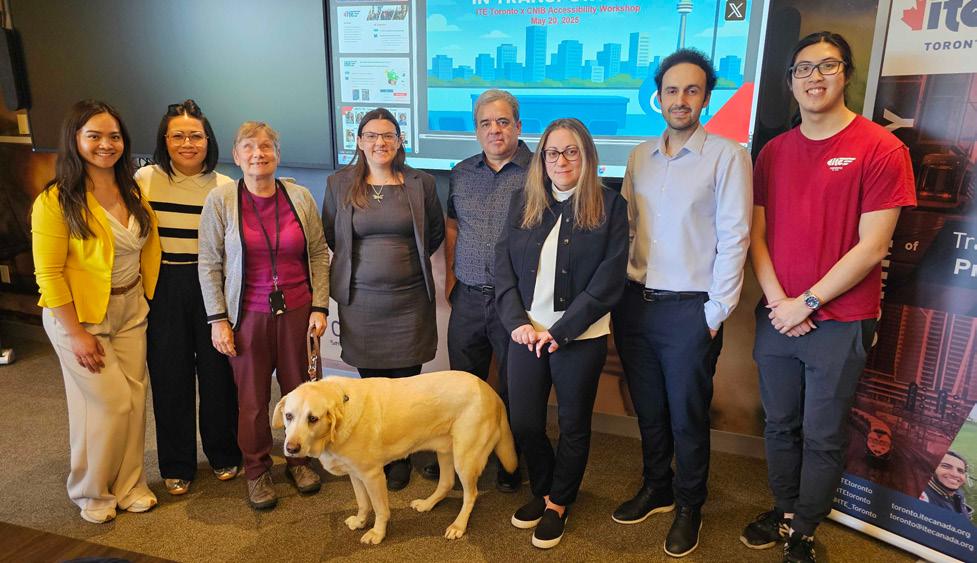
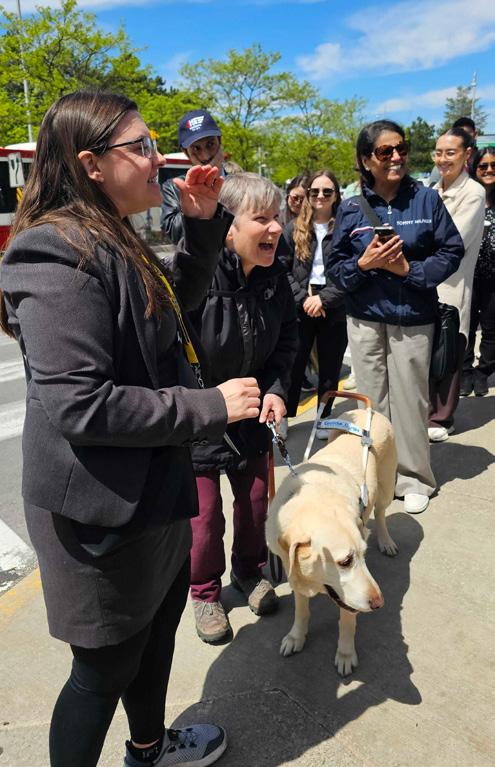
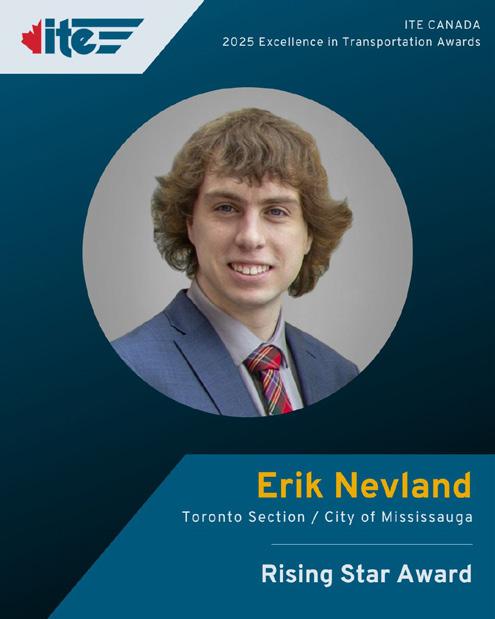
The ITE Toronto Section is exceptionally proud of our ITE Canada Director, Erik Nevland (former ITE Toronto Section President), for being awarded the 2025 Rising Star Award recognizing his achievements within his own career and its impacts on the transportation community all under the age of 35. Although Erik was unfortunately unable to attend the ITE Canada Conference in Halifax this year, the majority of the ITE Toronto Section executive team was in attendance and had the honour to witness this incredible announcement for Erik. Congratulations Erik!
With the final days of Spring, the Section just squeaked by with the 2025 Spring Luncheon on June 17, 2025 hosted at the University of Toronto’s Hart House. Aside from the scrumptious buffet lunch, the luncheon saw over 60 guests in attendance to listen in on guest speakers, Matt Lee and Raphael Dumas from the City of Toronto and Peter Richards from Parkicity Consulting Inc.
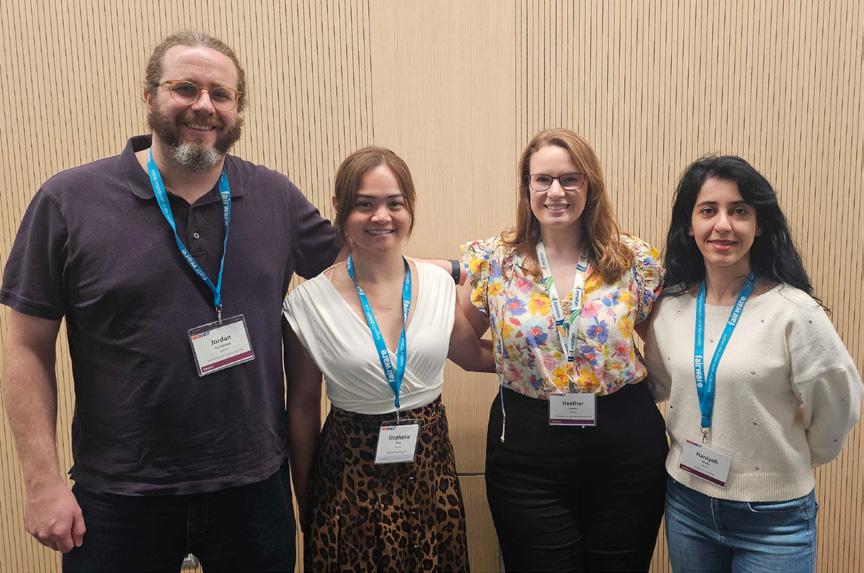
The 2024 Project of the Year Award was presented to, drumroll…, the City of Toronto for their submission on The Transportation Impacts of Vehicle for Hire in the City of Toronto, which was presented at the luncheon. This presentation quantified transportation impacts from the Vehicle for Hire sector through data collected from private transportation companies (PTCs) summarizing the trends from pre-pandemic to 2024. Congratulations to the City of Toronto team on the award including Matt Lee, Raphael Dumas,
Jesse Coleman, Sare Cannon, Natalie Chan, Gabe Wolofsky, and Yixue Zhang!
Peter Richards from Parkicity provided insight on curb control and why curbside strategy is needed in transportation planning and engineering. His presentation captured topics on curbside evolution, curbside management strategy, the benefits, and how it should be integrated as part of transportation plans and engineering studies.
The Section would like to thank both City of Toronto staff and Peter for making this luncheon memorable.
Stay tuned for more exciting events from our section including a Waterfront Bike Tour in July 2025!




The National Capital Section has had a great start to the summer with various technical and social events! A big thank you to everyone who has attended and contributed to these events.
We kicked off May with our annual Awards Breakfast held at The Metcalfe Hotel. This included the presentation of the Ata M. Khan Lifetime Achievement Award and the Project of the Year Award, as well as the opportunity for transportation professionals and students to network.
The Ata M. Khan Lifetime Achievement Award was presented to Geoff Noxon. Geoff has dedicated over 35 years to advancing the field of transportation engineering and planning in Canada and extensively in the National Capital Region, with a particular emphasis on sustainable transportation and Transportation Demand Management (TDM).
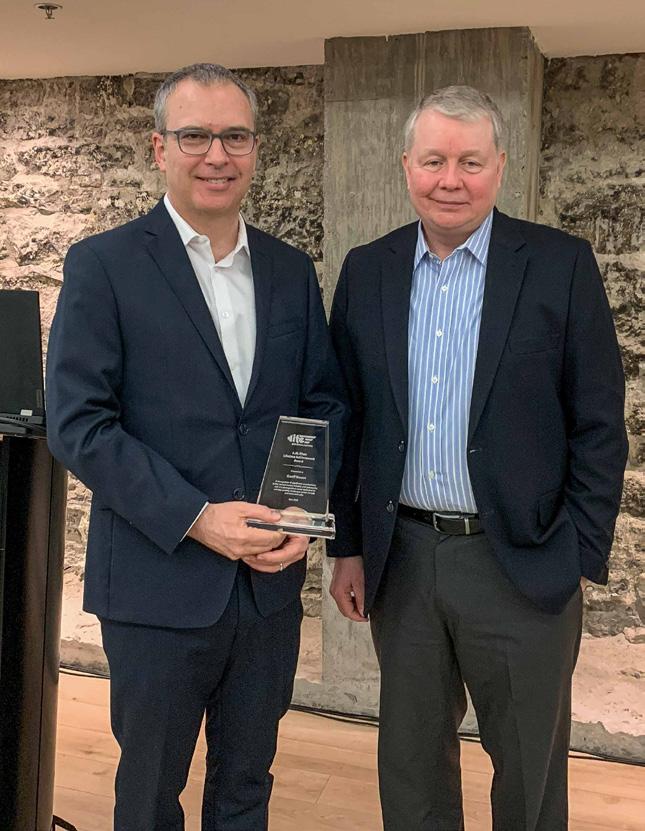
The Project of the Year Award was presented to the Chief William Commanda Bridge Multi-Use Pathway (MUP) project completed by the City of Ottawa and Parsons. Chris Redden, a senior active transportation design engineer from Parsons, provided an informative presentation on the project.
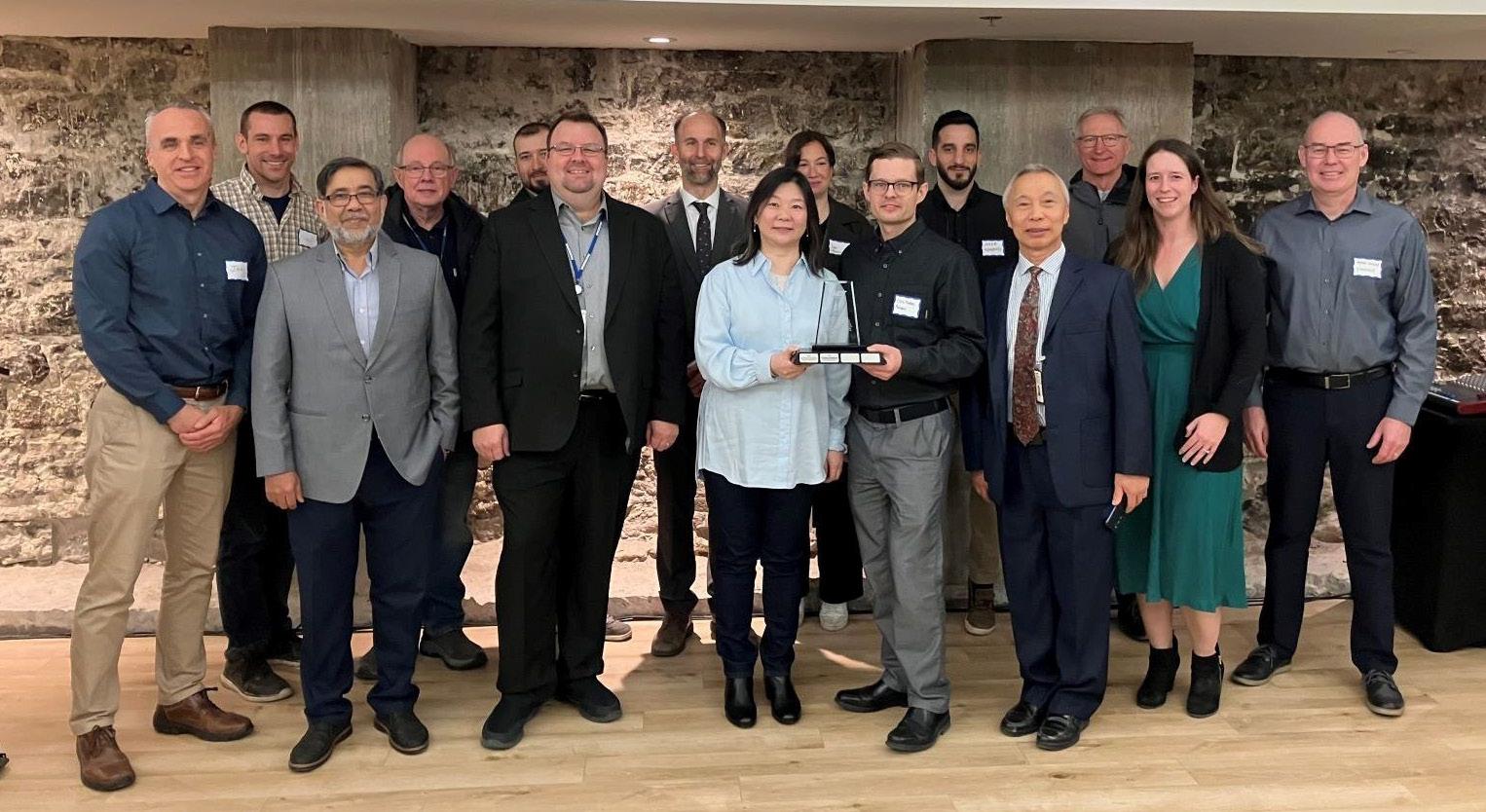
Later in May, we contributed to the City of Ottawa’s Cleaning the Capital campaign by hosting a cleanup at a local park (Laroche Park near Bayview Station), something the section has been doing for several years at this location. Cleaning the Capital is a citywide cleanup that occurs in the spring and fall of every year to ensure that Ottawa stays clean, green, and litter-free.


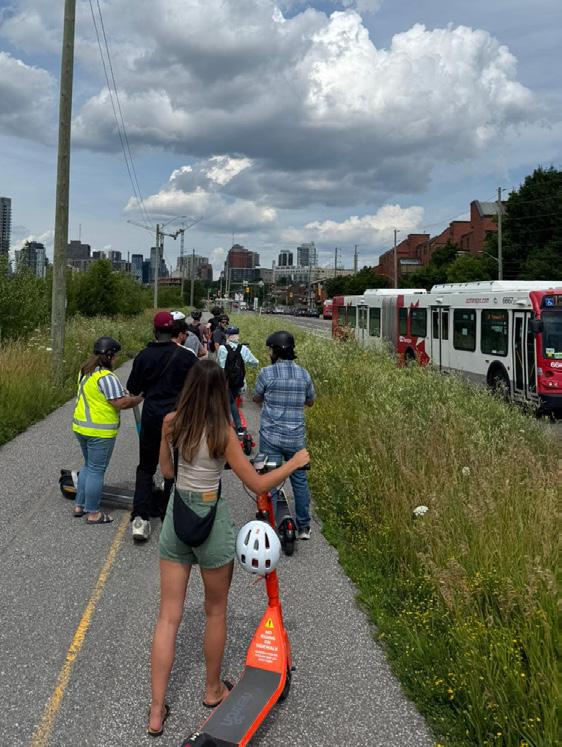

Most recently, we hosted an e-scooter tour and social. The ride was approximately 5km long, starting on the Trillium Pathway near Corso Italia O-Train Station and riding through the Little Italy, LeBreton Flats, and Chinatown neighbourhoods. The ride took place mainly on the City’s existing cycling infrastructure, showcasing new active facilities and construction of significant transit-oriented developments nearby, with City of Ottawa and e-scooters providers present to discuss best-practice and safety while using the equipment.


The UVic ITE Student Chapter has had a busy summer hosting events and participating in the annual traffic bowl and conference!
In the summer semester so far we have hosted two Lunch and Learns: one with the Stantec Airfield Infrastructure team and one with the Urban System Victoria’s Active Transportation Team. Both of these events allowed students to learn more about various fields within transportation, network with fellow transportation enthusiasts and professionals, and get a free lunch! In total, these two Lunch and Learns engaged 45 students at the university and were made possible by our generous sponsors.
On July 23rd we will be hosting our final Lunch and Learn of the summer semester with WATT Consulting! This Lunch and Learn will focus on helping students gain technical skills in site planning for transportation and will include interactive activities.
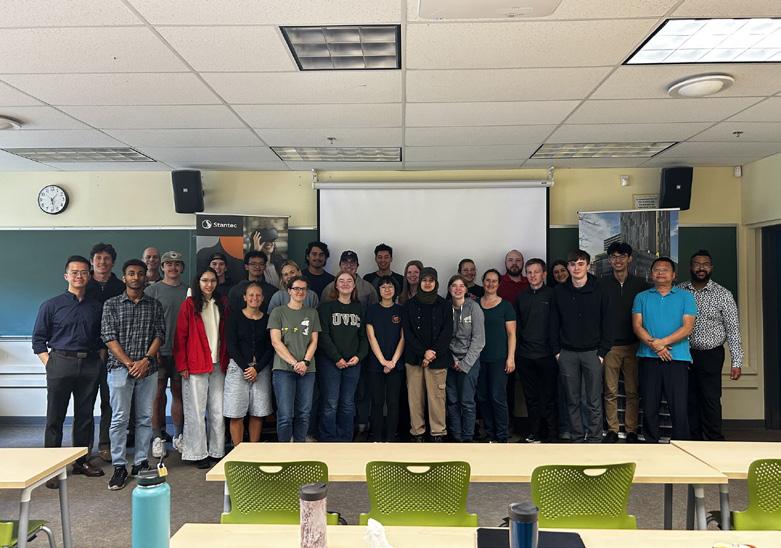

Our Executive Team was able to attend the annual conference, traffic bowl, and student leadership summit. Aislinn Dressler (President), Mikayla Isted (Vice President Internal), and Julia Tay (Vice President Community Outreach) were so excited to gain skills and knowledge within transportation.
In addition to professional development events, we are hosting a scavenger hunt in August for students to engage in the transportation systems around them!
We are excited for an event-filled year ahead of us! We will be focusing on professional development events, community outreach, and social events to build a community for individuals interested in transportation at the University of Victoria.


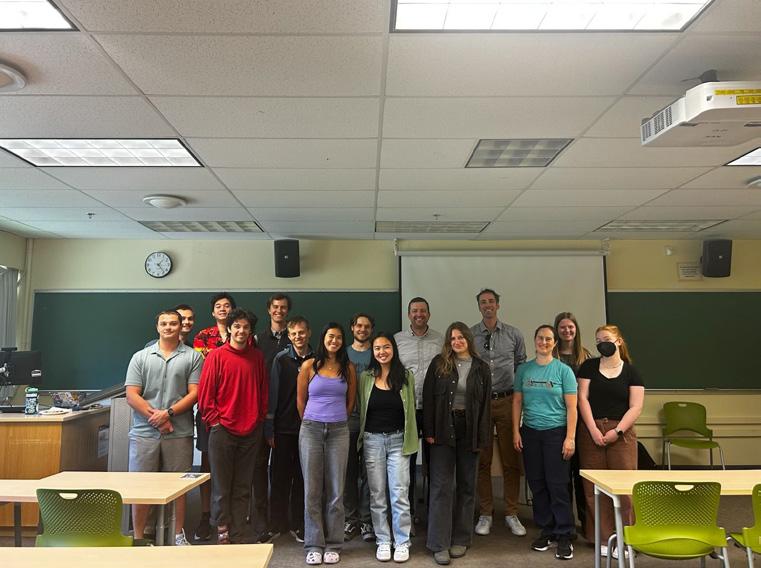
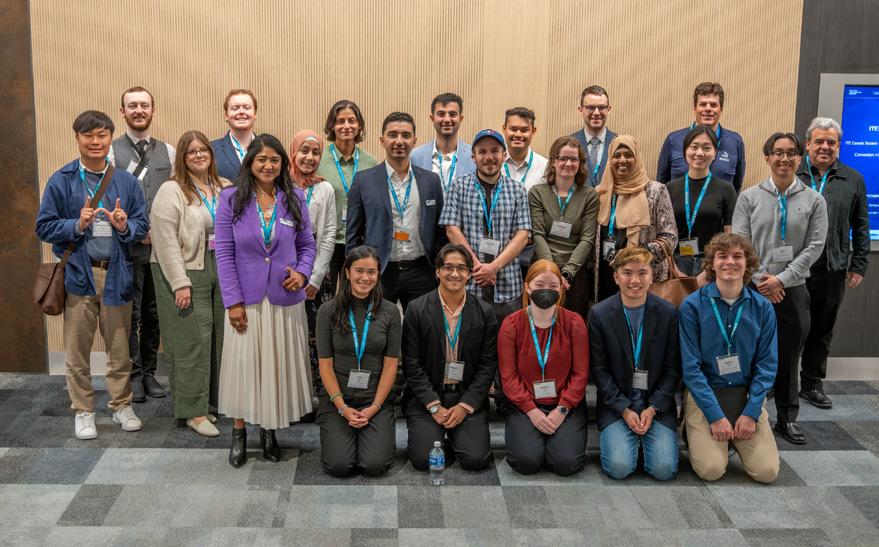
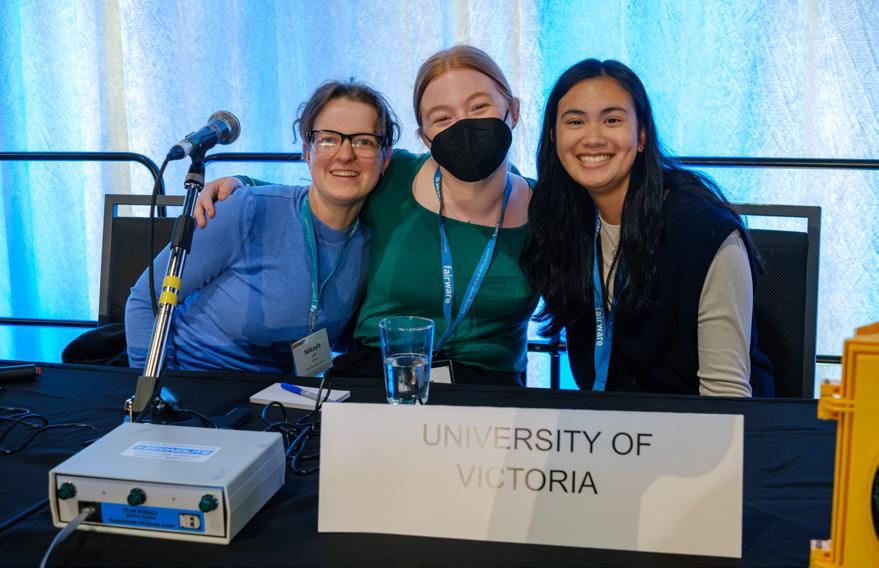

The University of Alberta Student Chapter was pleased to send four members to the recent ITE Conference in Halifax and participate in the traffic bowl. The chapter looks forward to sending a larger delegation to the next ITE conference and getting more involved with the ITE network! Thank you to the organizers of the conference for their hard work!
Additionally, the ITE UofA team recently hosted a summer barbeque to celebrate the past year with those interested in transportation. We had an excellent turnout and spent the afternoon networking and playing team-building games with some delicious food. Thanks to all those who attended the BBQ!

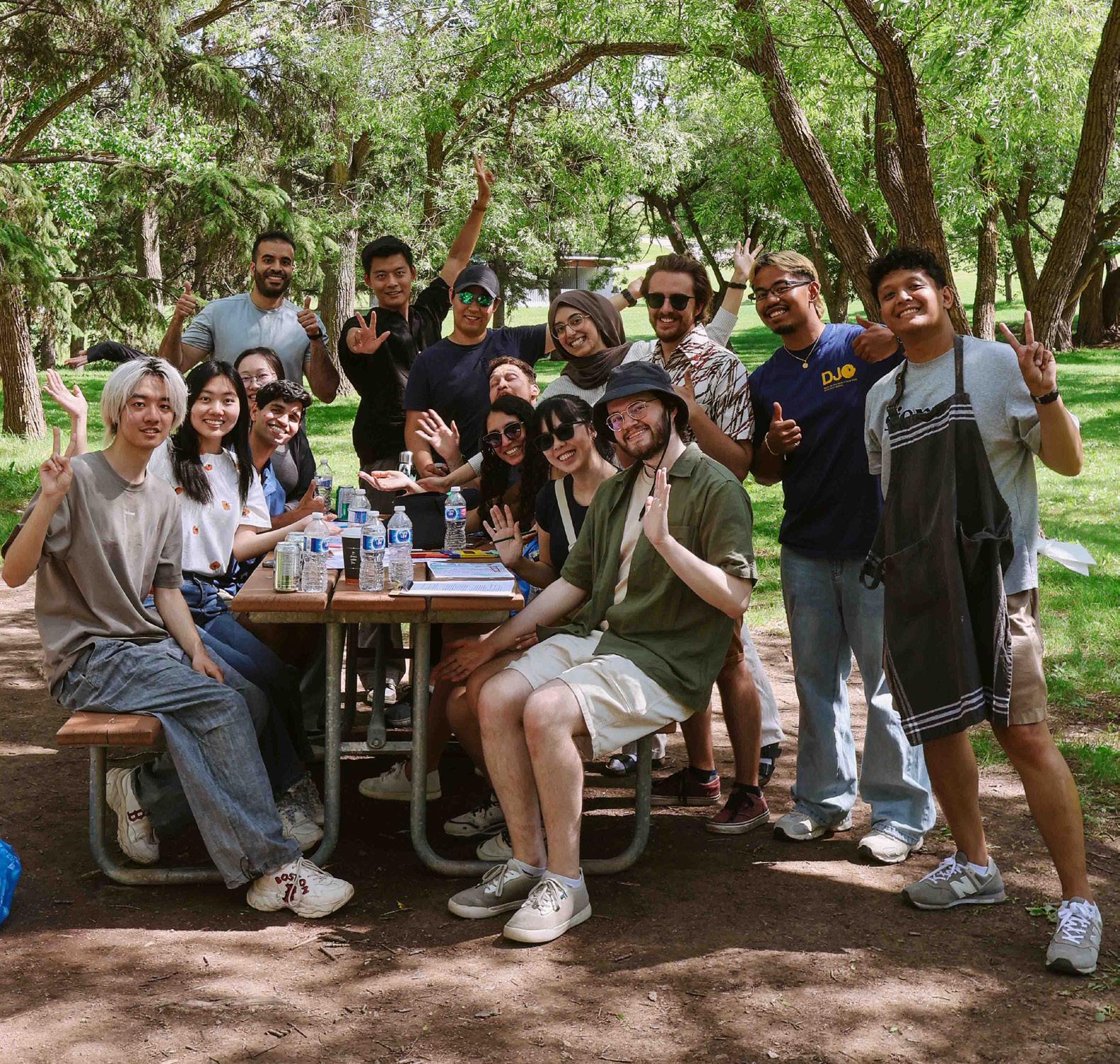

Summer may be in full swing, but things haven’t slowed down for the UofM ITE Student Chapter! We recently welcomed a new executive team, with a mix of returning experience and fresh leadership - three dedicated execs are staying on the executive team, and four new members have stepped up with excitement and ideas to help shape the year ahead. The team is already collaborating over the summer break to ensure a smooth transition and a strong start in September. The 2025-2026 University of Manitoba ITE executive team consists of:
• President - Darin Ng
• Vice President - Luke Qually
• Secretary - Stephanie Au
• Treasurer - Joshua Rushka
• Technical Chair - Nasim Delijouyi
• Social/Fundraising Chair - Alexander King
• Community Chair - Janak Kharel
In June, our chapter proudly sent five delegates to the ITE Canada Annual Conference in Halifax, Nova Scotia. For many, it was their first-ever ITE conference, and what a way to kick things off! The experience was filled with insightful technical sessions, inspiring conversations, and unforgettable networking

opportunities. Our team also competed in the highly anticipated Traffic Bowl, finishing in a nail-biting tie with the University of Calgary after Final Jeopardy. Although we didn’t take the trophy home, the experience was energizing and has motivated our team to come back even stronger.
In addition, our delegates had the opportunity to attend the ITE Student Leadership Summit hosted by Dalhousie University. It was a fantastic day of professional development, packed with valuable insights and advice that our incoming executive team is eager to apply moving forward. We’d like to extend a huge thank-you to the Dalhousie ITE Student Chapter for organizing and hosting such a meaningful and well-run event!
Behind the scenes, planning is already underway for a jam-packed year of events, including guest speakers, technical tours, socials, and [hopefully!] another big technical trip abroad. We’re excited to continue strengthening our ties with ITE Manitoba and connecting more students with the incredible opportunities that ITE offers.

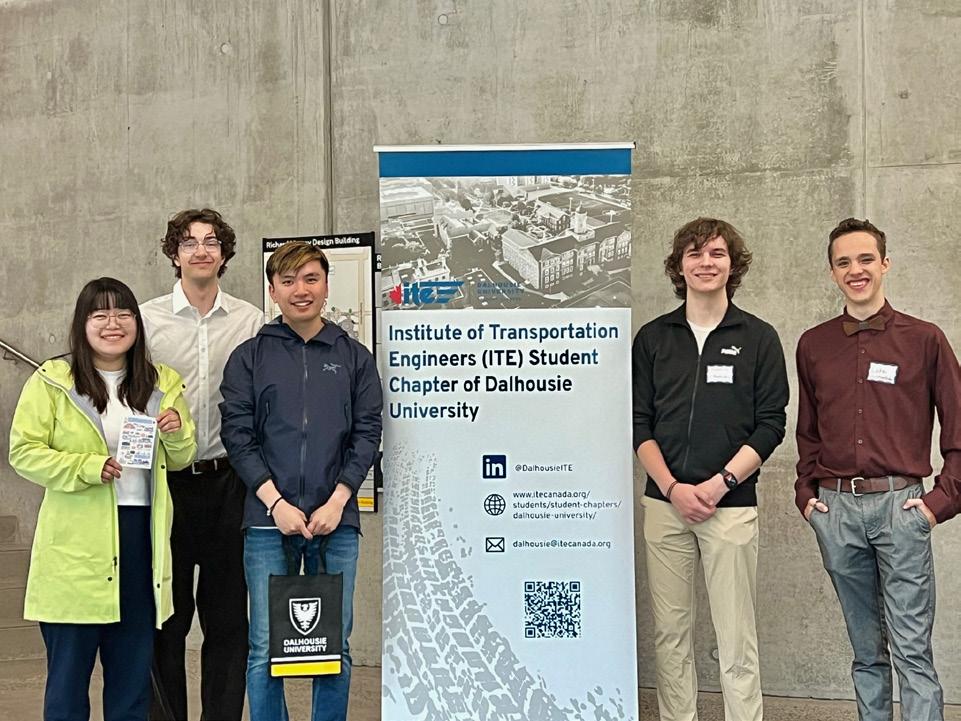


As we close out another academic term, we are thrilled to share our recent achievements. For the second year in a row, ITE Waterloo is honoured to accept the ITE Canada 2025 Outstanding Student Chapter Award. This recognition is a testament to the dedication of our members, and we humbly accept it with a renewed commitment to promoting transportation awareness, engaging with students and faculty, and advancing the transportation profession with the University of Waterloo’s community!
We are also proud to congratulate our very own undergraduate Civil Engineering students, Neshon Missaghian, winner of the ITE Canada Undergraduate Scholarship, and Karla McCallum, recipient of the ITE Student Presentation Award. Well done to both Neshon and Karla!
This summer, we hosted a series of exciting events that brought together students, faculty, and industry leaders:
• Industry Talk by Evan Sweetland: Evan Sweetland, an EIT from Urban Systems based in Vancouver delivered a captivating talk on active transportation and road design, offering valuable perspectives on the future of urban planning.
• Walking Tour with Dr. Brian Doucet: Students explored the Waterloo-Kitchener area with Professor Dr. Brian Doucet from the Faculty of Environment, examining
urban infrastructure and social changes in the region
• Postdoctoral Research Talk by Jonatas Augusto Manzolli: From McGill University, Jonatas shared insights on “Plugging into the Future - Exploring the Electrification of Public Transportation” sparking discussions on sustainable transportation
As we look towards the fall term, we’re excited to welcome back our Exec Team, while expanding through first-year student engagement, offering AutoCAD Civil3D and ArcGIS tutorials, and continuing our mentorship efforts to pass the torch to the next generation. We’ll also be ramping up our K-12 outreach initiatives, continuing to host more industry talks, and launching exciting fundraising and merchandise sales.
Thank you for your continued support, here’s to another exciting year ahead!



As we continue to grow and empower students in the transportation field, the University of Windsor ITE Student Chapter proudly hosted and participated in a series of enriching events this semester.
Online talk on Transit Technology by Dr. Muhammad Asim, Senior Transportation Engineer, City of Calgary. Dr. Asim brings over a decade of experience in advancing Calgary’s transit systems. He played a pivotal role in the MAX BRT program and is currently leading cutting-edge projects in transit signal priority, yard management, CAD/AVL/APIS replacements, and smart parking technology.
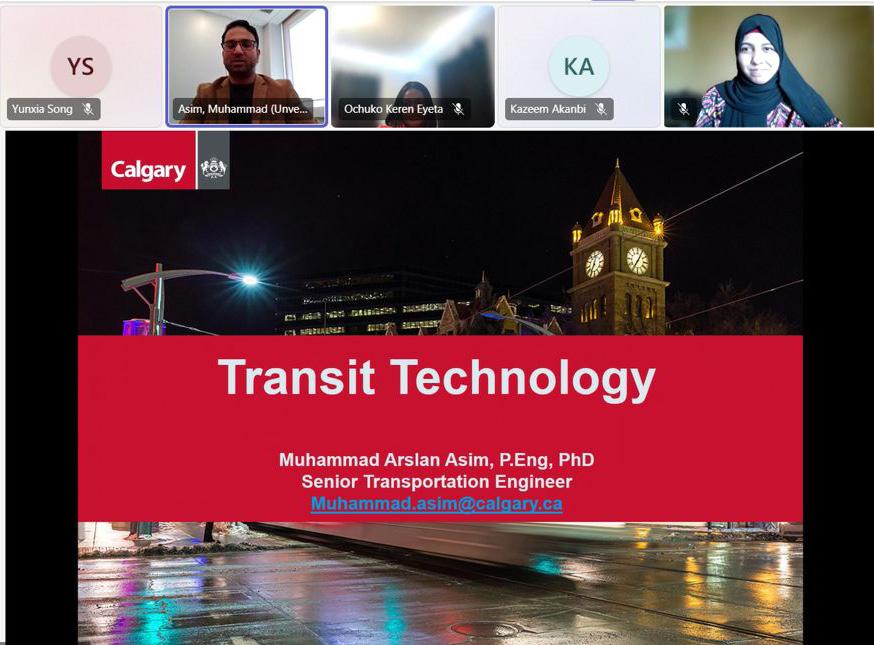
We are incredibly proud to share that the ITE University of Windsor Student Chapter has been awarded the Student Chapter Momentum Award by ITE Canada!
This award recognizes the student chapter that has shown the greatest growth, momentum, or improvement in a specific initiative or activity over the past year. It’s the first time our chapter has received this honor!
This recognition is a testament to the hard work of our team. A heartfelt thank you to all the current (Saba Ikhlaq, Ochuko Keren Eyeta, Steve Oteng-Owusu, Oluwasogo Ogunfuwa ) and past executives (Dhwani Shah, PhD, Vadhul Krishnan Veerakumar, Aimée-Larissa Dushime, Haesung Ahn, Ph.D., Georgiana Vani,Terence Dimatulac, PhD, Farnaz Zahedieh, MSc, Saeideh Esmaeili), faculty members (Chris Lee, Yong Hoon KIM, Abimbola Grace Oyeyi), and our chapter advisor (Hanna Maoh) for making this achievement possible.
We also extend our sincere thanks to all the guest speakers who generously shared their time, knowledge, and experience with our chapter throughout the year. Your contributions helped create meaningful learning opportunities and inspired our members.
Here’s to continued momentum and empowering the future of transportation!
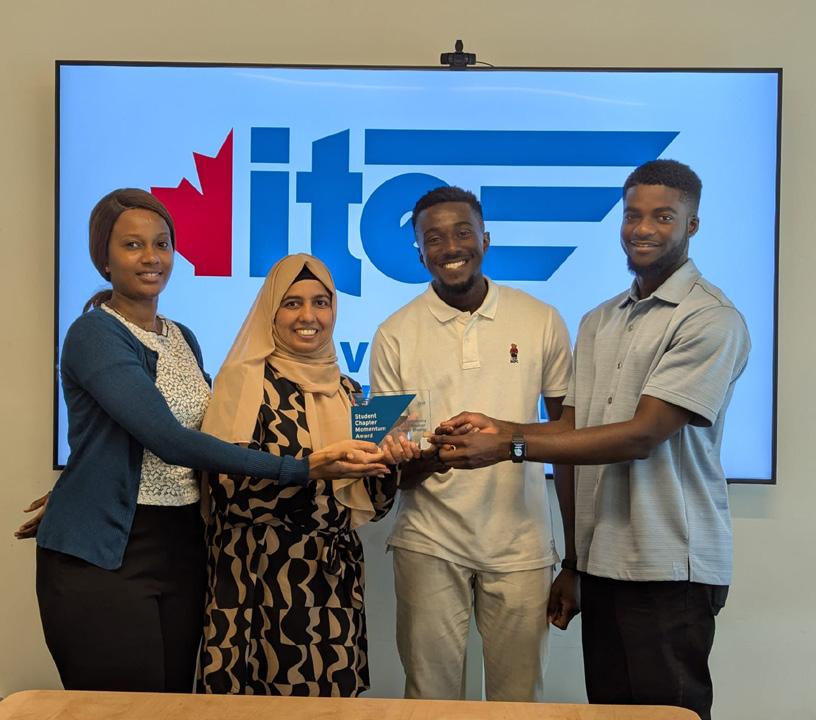
The ITE University of Windsor Student Chapter had a great internal meeting where we:
• Celebrated our Student Chapter Momentum Award
• Reflected on the ITE Canada 2025 Conference
• Shared upcoming plans and events
• Announced our new Executive Board (2025–2026)
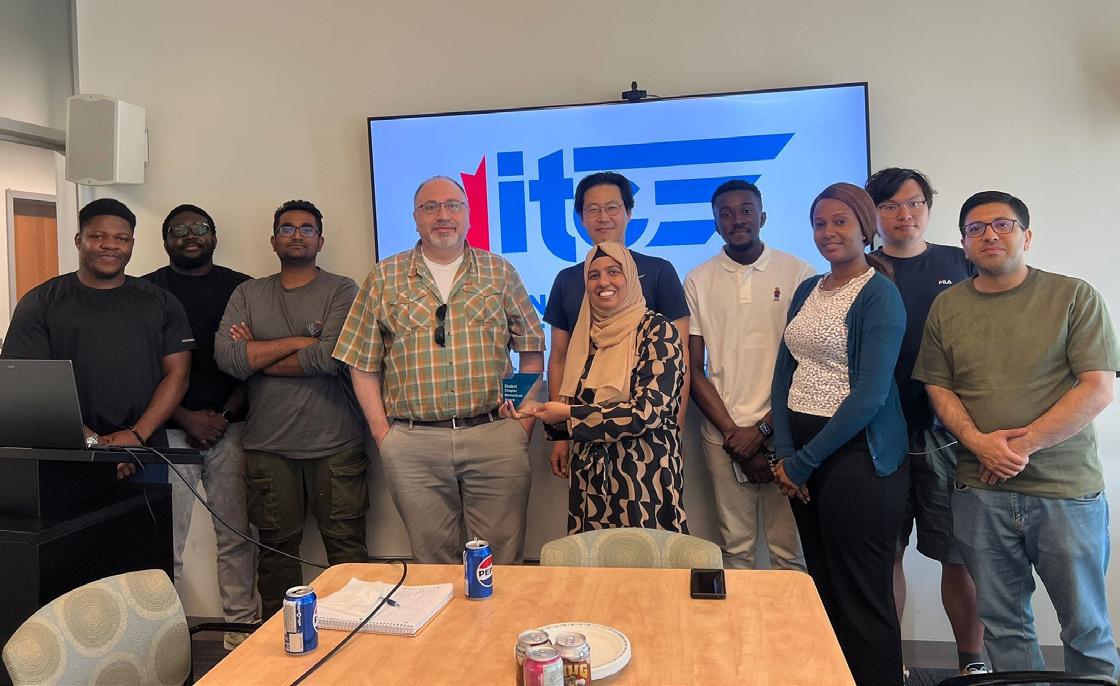
The ITE University of Windsor Student Chapter extends heartfelt thanks to Haesung Ahn, Ph.D., from the British Columbia Institute of Technology for his engaging and informative session: From Campus to Career: Insights and Strategies for Aspiring Transportation Professionals.
Dr. Ahn walked us through:
• Different roles in transportation
• Useful resources to find job postings
• Steps to prepare for various career paths
• Interview questions shared from industry experience
The session was practical, inspiring, and packed with valuable advice for students exploring their future in transportation engineering and planning. We truly appreciate your time and dedication!
We also have some exciting events coming up.
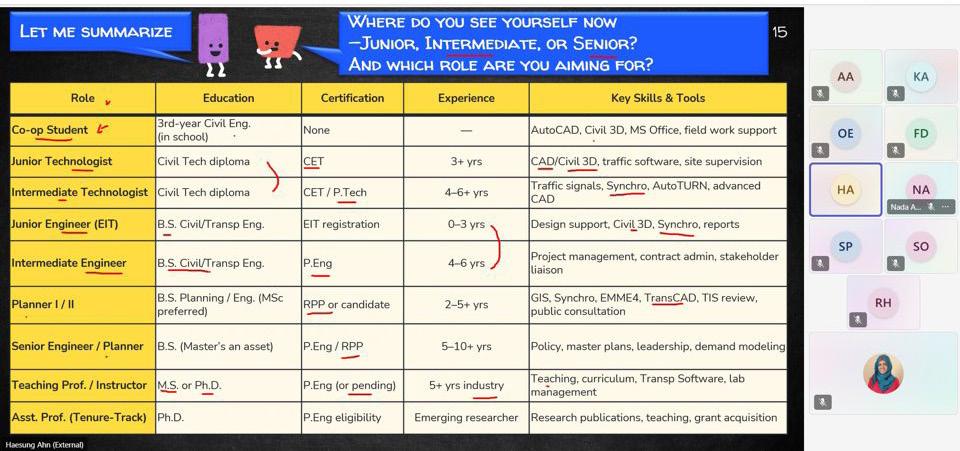
July 25, 2025 - Understanding Traffic Impact and Parking
Andrew Orr, Transportation Consultant with Paradigm Transportation Solutions Ltd. will provide insights on his current role preparing traffic impact and parking justification studies for private sector clients for projects primarily located in Southwestern Ontario, Hamilton, and Niagara Region. He will walk through the processes involved in these studies and explain their importance in transportation planning and development review.
29,
The PEO Windsor-Essex Chapter is organizing a P.Eng. Licensure event on July 29th. ITE University of Windsor Student Chapter will host a booth there for 30 minutes to promote the chapter.


The McMaster chapter wrapped up the year by taking part in the ITE Canada conference in Halifax. The eight visiting members had the opportunity to expand their professional networks, connect with other student chapters, view company exhibits, attend insightful panels and seminars, and experience Halifax’s unique and vibrant urban landscape. The team also participated in the Traffic Bowl!
ITE McMaster extends tremendous gratitude to the organisers and fellow attendees of this year’s ITE Student Leadership Summit for their part in making a truly memorable event.
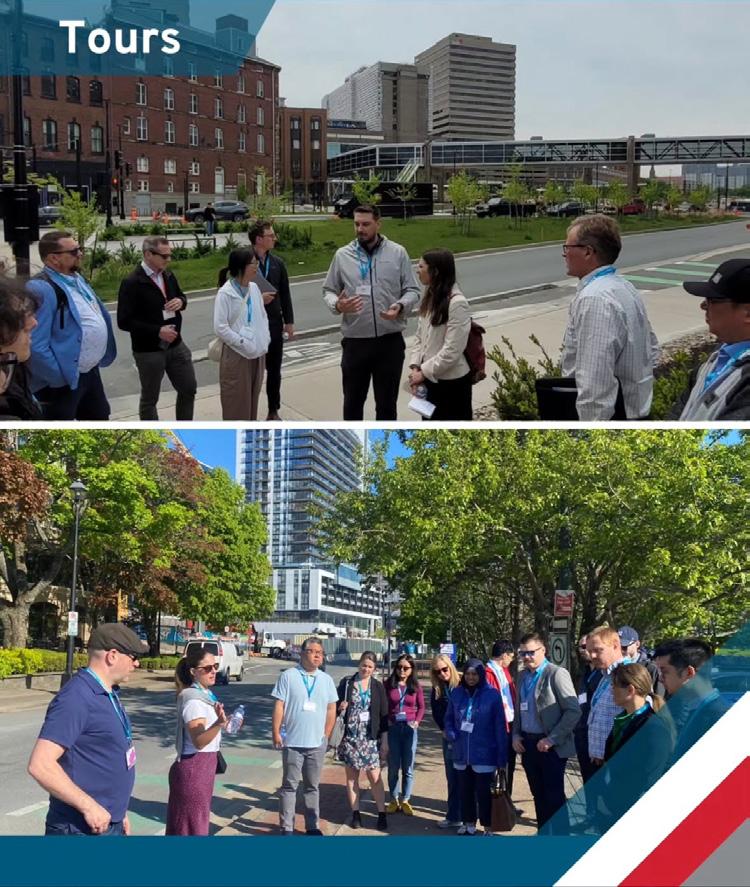
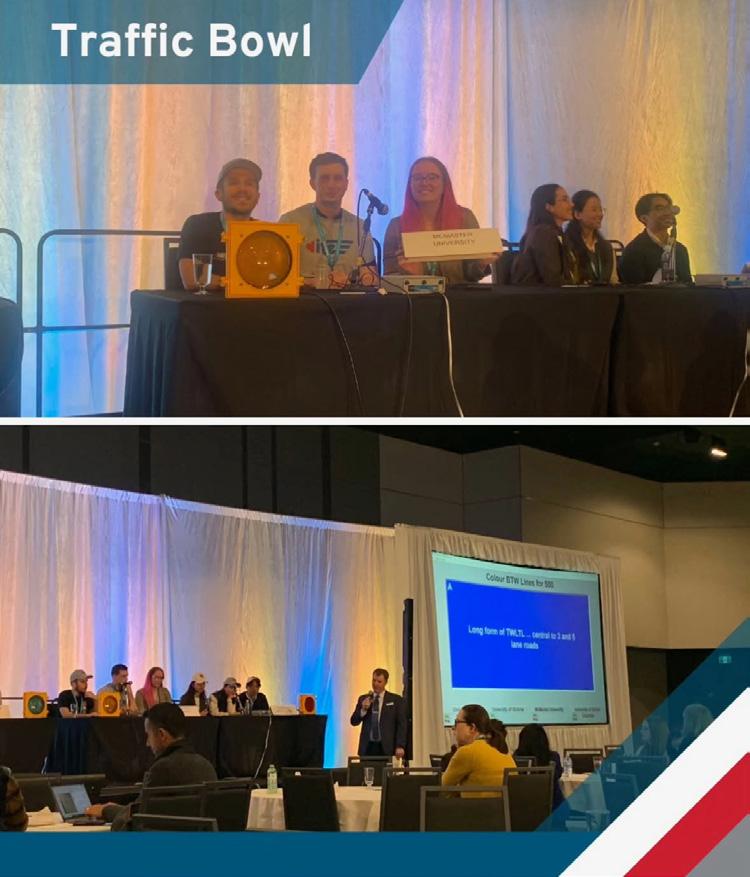





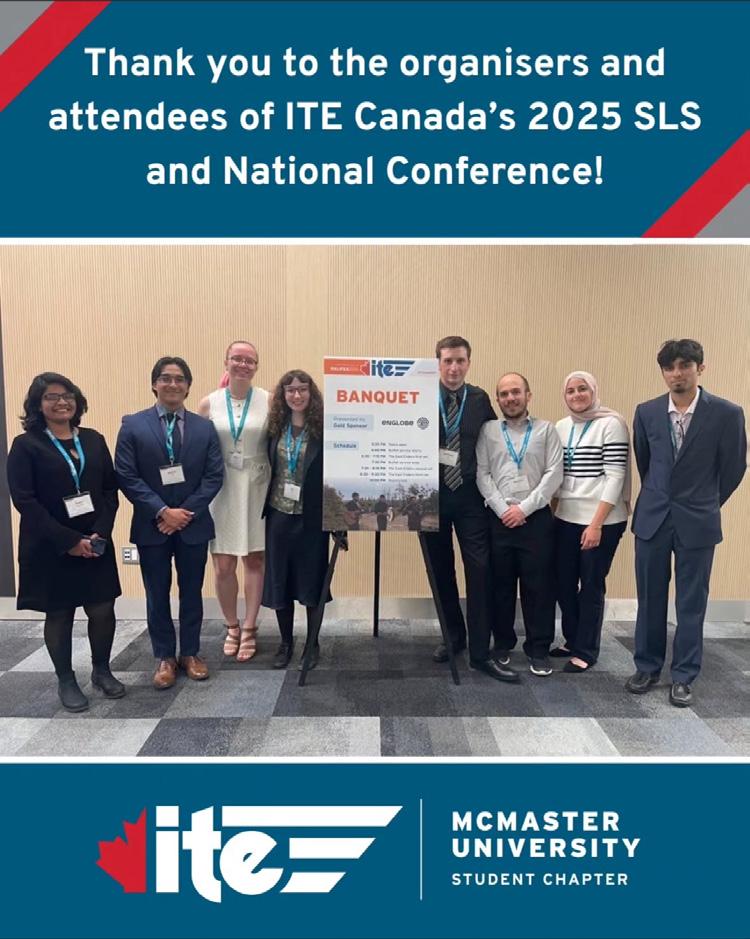

University of Toronto ITE takes on Halifax 2025
The University of Toronto’s ITE (UT-ITE) Student Chapter was well represented at the recent ITE Canada Conference 2025 in Halifax, competing in the Traffic Bowl competition and delivering exciting research presentations. Members of UT-ITE participated in the amazing selection of networking events, such as the student mixer, and several opportunities to connect with the warm and welcoming team at ITE Canada.
The Traffic Bowl team consisted of Hesam Rashidi (2024-25 President), Owen Zhang (2024-25 Volunteer Exec), and Timoteo Frelau (2024-25 Vice-President). The team gave it their all, unfortunately falling short to some very tough competition. Congratulations to the University of British Columbia on their win!
Along with participating in the ITE Canada Conference, members of UT-ITE enjoyed the amazing sights and food (lobster!!) that Halifax has to offer.
Tyler Hu receives the inaugural John Morrall Innovation in Transportation Scholarship
Tyler Hu (CivMin MASc student) was awarded the inaugural John Morrall Innovation in
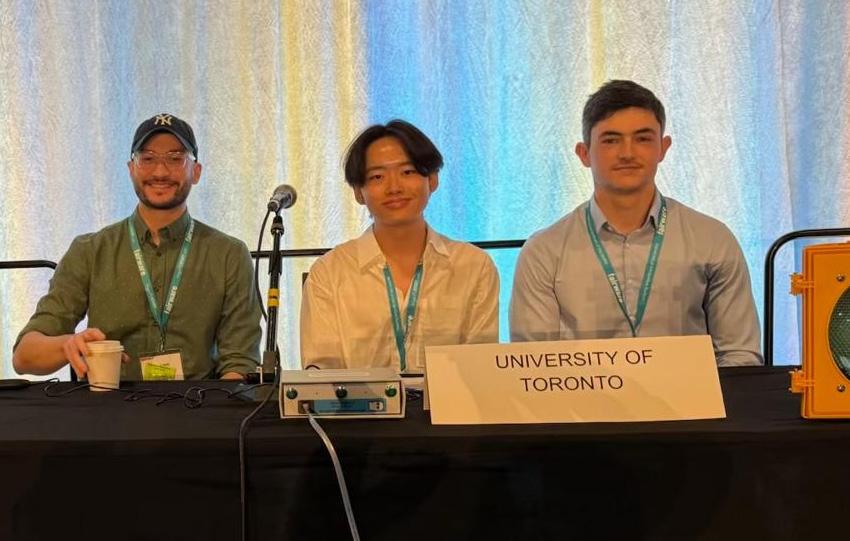
Transportation Scholarship at the recent ITE Canada Conference in Halifax. The award recognizes full-time thesis based MASc or PhD students completing research towards innovation in the transportation industry.
Tyler was recognized for his current graduate thesis titled “Enhanced Travel Forecasting for the Greater Toronto Area: Modelling Intrahousehold Dynamics with Machine Learning and Microsimulation”, supervised by Professor Khandker Nurul Habib in the Department of Civil and Mineral Engineering.
Tyler expresses, “I am deeply honoured to receive this award as its inaugural recipient. I’m grateful for the generous donation by Dr. John Morrall and the Institute of Transportation Engineers that made this possible.” Tyler also was the only student presenter from UT to deliver a full solo presentation at the conference. Way to go Tyler!
UT-ITE Sets Sight on 2025-26 With New Exec Team
This marks the inaugural Transportation Talk from UT-ITE’s new executive team for 2025-26. We are excited to share our future events and accomplishments with the rest of ITE Canada. Stay tuned!


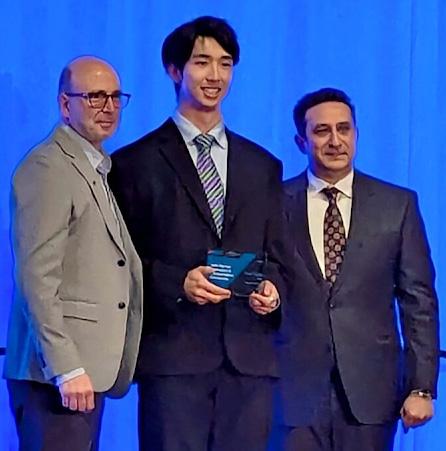

In March, two ITE student chapter executives completed their graduate degrees! Abby Cartwright and Maddie Whitehouse both defended their M.ScE theses; Abby’s on Optimizing Accessible Demand Responsive Transit in New Brunswick, and Maddie’s on the Factors Affecting Travel Demand for those with Mobility Disability. Alexis Matchett, another member of the student chapter executive, also defended her M.ScE in June on Methodology to Prioritize Bridge Barrier Remediation in New Brunswick. Congratulations to all three!

Also in June, three of our members took part in the Traffic Bowl at the ITE Canada Annual Conference in Halifax, Nova Scotia. Daniel Higdon (left), Maddie Whitehouse (middle) and Abby Cartwright (right) donned their transportation-themed thinking caps and
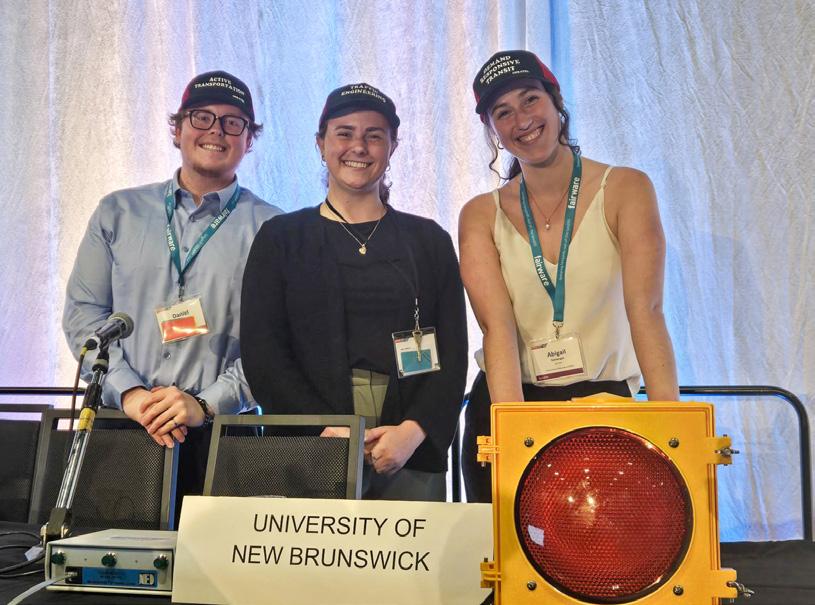
managed to come second! They will have the opportunity to represent the Canadian District in the Traffic Bowl at the ITE international conference in Orlando Florida in August.
Several members also gave poster presentations at the ITE Canada Annual Conference. Ahmed Mamoon Faheem (left), Priscilla Mensah-Aborampah (middle), and Ekene Splendor Ijeh (right) presented a poster on Using Machine Learning to Predict the International Roughness Index for Asphalt/ Concrete Pavements. Daniel Higdon also presented a poster on the usage trends of a Volunteer Driver Program in Southeast New Brunswick.
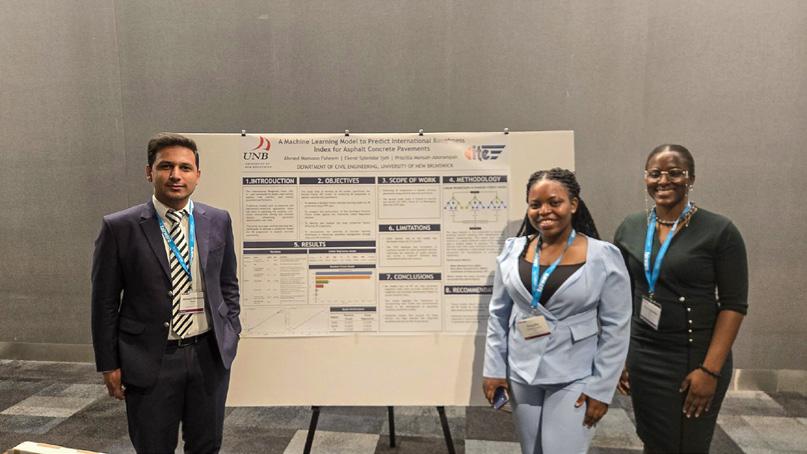
For the upcoming school year, the student chapter hopes to increase participation among undergraduate students by hosting more events like our trivia night last year, which went over well. In November, we will host the ITE Atlantic Chapter Fall Technical Session, which will provide students with the opportunity to connect with industry professionals in the region.


The Dalhousie ITE Student Chapter, in collaboration with the University of New Brunswick (UNB) ITE Student Chapter, proudly hosted the ITE Canada Student Leadership Summit (SLS) 2025 in Halifax. This national event brought together over 50 student leaders from across Canada for a weekend of professional development, networking, and community building. From a fun-filled social night featuring arcade games to a full day of interactive workshops and panels led by industry professionals, the summit offered a platform for future transportation leaders to connect, learn, and grow. Topics covered included leadership development, emotional intelligence, effective public engagement, transitioning from academia to industry, and strategic networking. A heartfelt thank you goes to all the inspiring speakers and enthusiastic student leaders whose participation made the summit a resounding success.

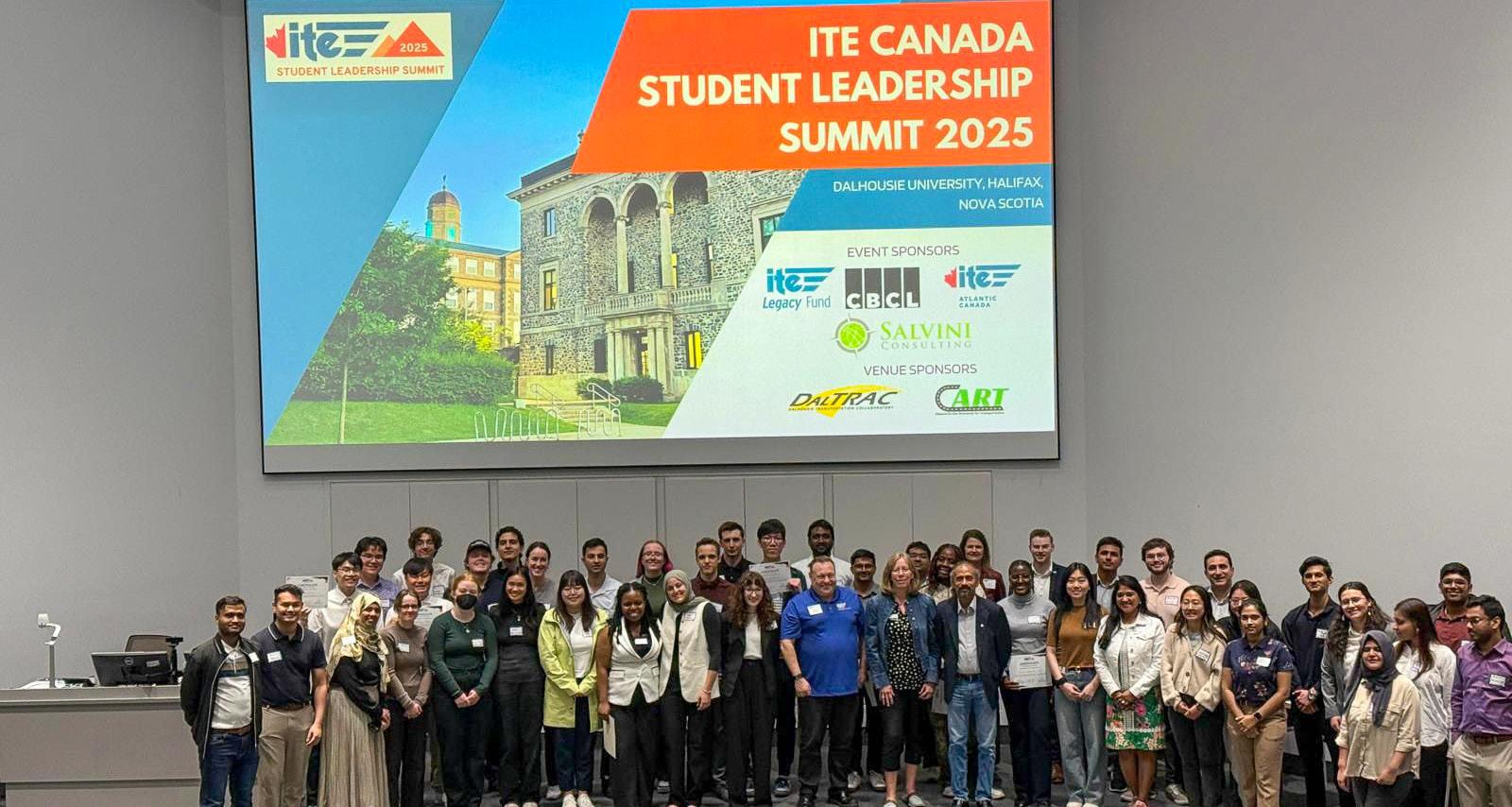
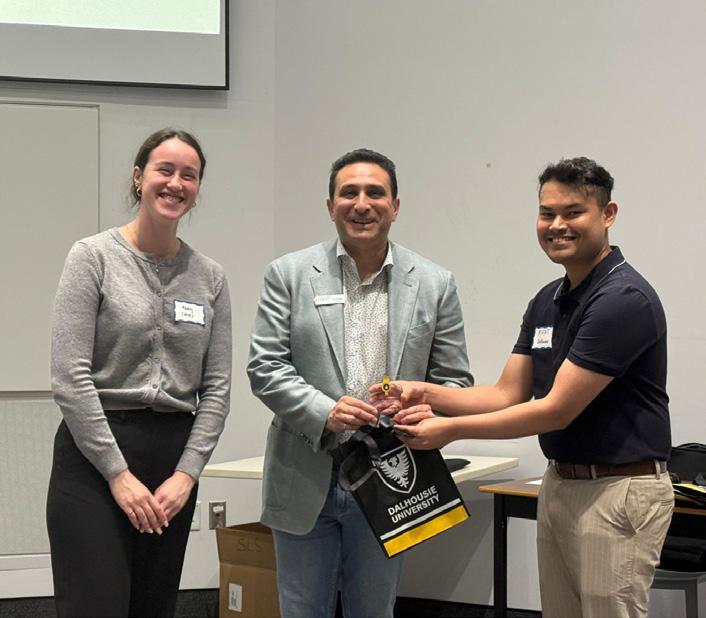
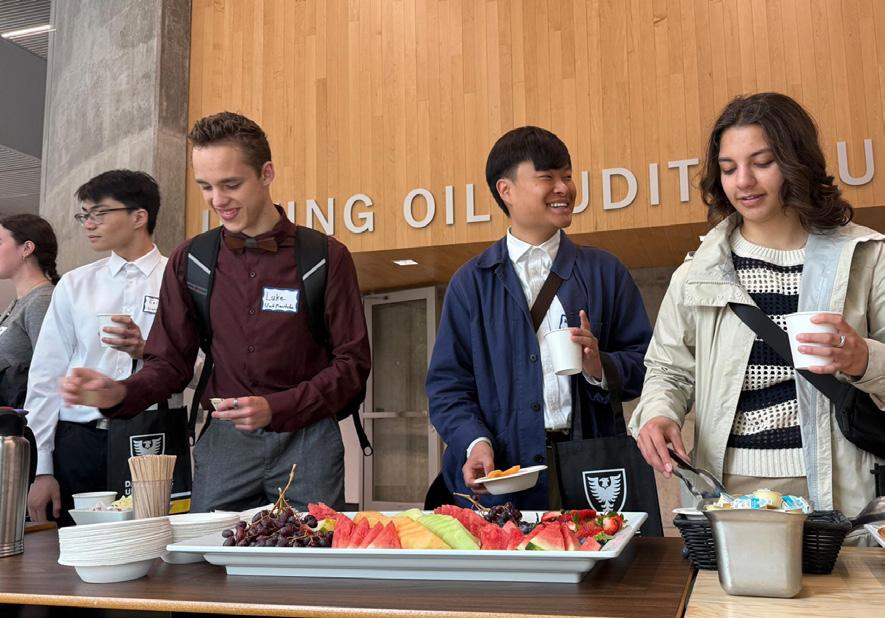
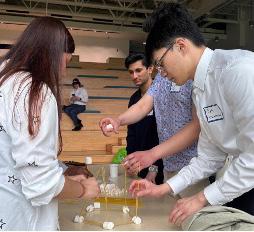
Welcome to these new Canadian members who joined ITE between April and June 2025. We look forward to connecting with you and supporting your professional learning and growth in our community of transportation professionals!
Jana Abu-Khader, University of Calgary, Calgary, AB
Nura Afaneh, University of Calgary, Calgary, AB
Ms. Cathy Alward, P.Eng., New Brunswick Department of Transportation and Infrastructure, Fredericton, NB
Vaibhav Banthia, P. Eng., Manitoba Transportation and Infrastucture, Winnipeg, MB
Michael Matthew Belger, University of Calgary, Calgary, AB
Ayush Bhosale, University of New Brunswick, Saint John, NB
Maharshi Brahmbhatt, Dalhousie University, Dartmouth, NS
Kai Brozuk, University of Victoria, Victoria, BC
Jaiyoung Cha, EIT, Manitoba Transportation and Infrastucture, Brandon, MB
Manjit Chana, P. Eng., Manitoba Transportation and Infrastucture, Winnipeg, MB
Nina Chen, University of Waterloo, Markham, ON
Terrance Chen, University of Waterloo, Waterloo, ON
Mr. Zachary Chisamore, University of Toronto, Toronto, ON
Roberta Coleman, P. Eng., Manitoba Transportation and Infrastucture, Winnipeg, MB
Tianshu Dai, Western University, London, ON
Mr. Matthew Davis Dowdle, University of Victoria, Port Coquitlam, BC
Eremiahs Fikre, Stantec, Calgary, AB
Ms. Kelsey Lauren Gloade, Dalhousie University, Halifax, NS
Mr. TianQi Gu, P. Eng., Manitoba Transportation and Infrastucture, Winnipeg, MB
Ukram Gul, University of Waterloo, East York, ON
Mumtaz Habib, P. Eng., Manitoba Transportation and Infrastucture, Navin, MB
Michael Hagos, P. Eng., Manitoba Transportation and Infrastucture, Winnipeg, MB
Mr. Tashdid Haque, Thornhill, ON
Mohamed Hassan, City Of Hamilton - Traffic Operations and Engineering, Mississauga, ON
Phillip Henri, University of British Columbia, Baie-d’Urfé, QC
Mr. Robert Huang, University Fo Waterloo, Waterloo, ON
Laura Hube, Victoria, BC
Mr. Daniel Roman Hutyra, Student, Lakehead University, Whitecourt, AB
Peter Ilias, P.Eng., Spectrum Traffic, Markham, ON
Iffath Binta Islam, Western University, London, ON
Miss Subhreet Jhinger, University of Calgary, Saskatoon, SK
Evan Ashley Jugganaikloo, EIT, Manitoba Transportation and Infrastucture, Brandon, MB
Robyn Jutras, University of Victoria, Victoria, BC
Anita Karami, Lakehead University, Toronto, ON
Mr. Nicholas Alexander Fadrigo Kerr, Toronto, ON
Oliver John Allan Kerr, University of Victoria, Victoria, BC
Mr. Andrey Kirillov, Ottawa, ON
Justin Klassen, P. Eng., Manitoba Transportation and Infrastucture, Rossendale, MB
Nina Kornilovsky, London, ON
Justin Krizak, EIT, Manitoba Transportation and Infrastucture, Rivers, MB
Mr. Wiaan Gustav Kruger, Calgary, AB
Ally-Sue Leenhouts, Dalhousie University, Halifax, NS
Mr. Derrick Leo JC Leung, Urban Systems, Calgary, AB
Mo Li, Halifax, NS
Landon Little, P. Eng., Manitoba Transportation and Infrastucture, Portage La Prairie, MB
Dylan Robert Madahbee, CET, Lakehead University, Sudbury, ON
Michelle Mah, ISL Engineering, Calgary, AB
Ashton Majachani, University of Victoria, Victoria, BC
Saana Malik, Mohawk College, Oshawa, ON
Joyce Marchand, Manitoba Transportation and Infrastucture, Winnipeg, MB
Stacy McBride, P. Eng., Manitoba Transportation and Infrastucture, Winnipeg, MB
Naya Moustafa, University of Calgary, Calgary, AB
Mr. Ilyas Nisar, EIT, RSP1, Manitoba Transportation and Infrastucture, Winnipeg, MB
Stephen Olynick, P. Eng., Manitoba Transportation and Infrastucture, Winnipeg, MB
Paul Osei, EIT, Manitoba Transportation and Infrastucture, Winnipeg, MB
Myra Oghenekome Osima, Carleton University, Ottawa, ON
Vanik Park, University of Toronto, Toronto, ON
Han Pham, University of New Brunswick, Fredericton, NB
Ms. Tastrophia Pham, Dalhousie University, Halifax, NS
Miss Victress Oluchi Philemon, University of British Columbia, Vancouver, BC
Haben Russom, Regional Municipality of Durham, Whitby, ON
Katy Schram, P. Eng., Manitoba Transportation and Infrastucture, Winnipeg, MB
Mr. Ryan O’neil Sinclair, Cubic Transportation Systems, Brampton, ON
Melanie Spencer, Manitoba Transportation and Infrastucture, Winnipeg, MB
Mr. Andrew Marsh Stevens, University of Washington, Ladysmith, BC
Mr. Frank Suppa, City of Richmond Hill, Richmond Hill, ON
Mr. James Szymanski, Western University, Toronto, ON
Ryan Thompson, P. Eng., Manitoba Transportation and Infrastucture, Winnipeg, MB
J. Scott Toews, P. Eng., Manitoba Transportation and Infrastucture, Winnipeg, MB
Hailey Turlea, University of Waterloo, Cambridge, ON
Mr. Michael Andre Urbiztondo, University of Alberta, Edmonton, AB
Marisa Varacalli, University of Windsor, Windsor, ON
Gabriel Viegas Dias, York University, Hamilton, ON
Luciano Volpe, Carleton University, Newmarket, ON
Jeff Wang, University of Calgary, Calgary, AB
Ms. Yuzhu Wang, Aplin Martin, Burnaby, BC
Ms. Brittany Weisbeck, E.I.T., City of Regina, Regina, SK
Mr. Akash Yadav, EIT, City of Vancouver, BC, Canada, Vancouver, BC
Luana Zang, University of Toronto, North Vancouver, BC
Ryan Zhang, University of Waterloo, Oakville, ON

President .............. Pedram Izadpanah, Ph.D., P.Eng. president@itecanada.org
Vice President .......... Irini Akhnoukh, M.Eng., P.Eng., PTOE vicepresident@itecanada.org
Treasurer Destiny Piper, P.Eng. treasurer@itecanada.org
Administrative Assistant Martina Rowley mrowley@itecanada.org
Communications Lead ... Evonne Winchiu Donaher edonaher@itecanada.org
Secretary .............. Madhuri Seera, M.Sc., P.Eng., P.T.O.E secretary@itecanada.org
Past President .......... Ryan Vanderputten, P.Eng., M.Eng., MBA, FITE pastpresident@itecanada.org
District Director Julia Salvini, MEng, PEng, FITE director@itecanada.org
tlc@itecanada.org
Chair Farhad Shahla, M.Eng., P.Eng. Vice-Chair Borg Chan, M.Sc., P.Eng., PTOE, RSP, FITE Committee ...... Erin Toop, M.A.Sc., P.Eng. Syed Atif Ali, M.Eng., P.Eng., PMP Past Chair ....... Ryan Martinson, M.Eng., P.Eng.
National Technical Program Committee
technicalprogram@itecanada.org
Chair ........... Garrett Donaher, P.Eng. Vice Chair Amy Do, P.Eng. Committee Omar Shams, CET
. Erica Bayley, P.Eng. Breanna Jackson, P.Eng. Past Chair ....... Paula Sawicki, P.Eng.
Vancouver Island Bruce Beames vancouverisland@itecanada.org
Greater Vancouver Matthew Woo vancouver@itecanada.org
BC Interior ............. Maciej Wysocki bcinterior@itecanada.org
Northern Alberta ........ Jackie Prior northernalberta@itecanada.org
Southern Alberta Annie Wang southernalberta@itecanada.org
Saskatchewan Ellen McLaughlin saskatchewan@itecanada.org
Manitoba ............... Mark Hearson manitoba@itecanada.org
training@itecanada.org
Chair Marcia Eng, P.Eng. Vice Chair Karin Huang, EIT Committee ...... Hamed Esmaeeli, P.Eng. Ali Zaidi, P. Eng., LEED® AP Past Chair ....... Adam St. Amant, P.Eng., PTOE
Southwestern Ontario Tim Kooistra southwestontario@itecanada.org
Hamilton Omar Shams hamilton@itecanada.org
Toronto ................ Stephanie Pham toronto@itecanada.org
National Capital ......... Patrick McMahon nationalcapital@itecanada.org
Québec Paul Bourque quebec@itecanada.org
Atlantic Hannah McBride atlantic@itecanada.org
Carleton University
President(s)
Adam Weiss
Rulla Al-Haideri & Houssam Siyoufi carleton@itecanada.org Adam.weiss3@carleton.ca
Dalhousie University.......................
Ahsan Habib .......................... Niaz Mahmud dalhousie@itecanada.org ahsan.habib@dal.ca
Lakehead University Juan Pernia
Omotunde Adeniran lakeheadu@itecanada.org jpernia@lakeheadu.ca
McMaster University
Moataz Mohamed
Zoe Meth & Dominic Mothe mcmaster@itecanada.org mmohame@mcmaster.ca
Mohawk College Craig Sherwood
Patrick Hehl mohawkcollege@itecanada.org craig.sherwood@mohawkcollege.ca
Montréal-Québec Étudiants ................
Ciprian Alecsandru ....................
Sandra Ristovic quebecstudents@itecanada.org ciprian.alecsandru@concordia.ca
Toronto Metropolitan University Bilal Farooq Vacant tmu@itecanada.org bilal.farooq@torontomu.ca
University of Alberta Tony Z. Qiu
Ian Borody ualberta@itecanada.org zhijunqiu@ualberta.ca
University of British Columbia Tarek Sayed
Elena Abu Khuzam & Eric Seto ubc@itecanada.org tsayed@civil.ubc.ca
UBC Okanagan ............................
Mahmudur Fatmi ......................
Imrul Kayes Shafie ubco@itecanada.org mahmudur.fatmi@ubc.ca
University of Calgary Lina Kattan
Amin Ashena ucalgary@itecanada.org lkattan@ucalgary.ca
University of Manitoba
Babak Mehran
Joshua Rushka umanitoba@itecanada.org Babak.Mehran@umanitoba.ca
University of New Brunswick Eric Hildebrand & Trevor Hanson
Madeline Whitehouse unb@itecanada.org edh@unb.ca / thanson@unb.ca
University of Regina ....................... Ben Lichtenwald ....................... Sania Sami uregina@itecanada.org Ben.Lichtenwald@uregina.ca
University of Saskatchewan Vacant Vacant usask@itecanada.org usask@itecanada.org
University of Toronto Marianne Hatzopoulou
Sebastian Villada Rivera utoronto@itecanada.org marianne.hatzopoulou@utoronto.ca
University of Victoria Laura Minet Aislinn Dressler uvic@itecanada.org lauraminet@uvic.ca
University of Waterloo ..................... Chris Bachmann ....................... Shrinidhi Elangovanneela & uwaterloo@itecanada.org chris.bachmann@uwaterloo.ca
William Duy-Anh Pham
University of Windsor ...................... Hanna Maoh .......................... Saba Ikhlaq uwindsor@itecanada.org Hanna.Maoh@uwindsor.ca
Western University Mohamed Zaki Hussein Michael Mariano & Ahmed ELNAwawy westernu@itecanada.org m.zaki@uwo.ca
York University
Mehdi Nourinejad
Won Mo (Tony) Jeoung yorku@itecanada.org mehdi.nourinejad@lassonde.yorku.ca

Reach thousands of transportation professionals and students with ITE Canada’s Job Board
ITE Canada Job Board offers:
Ad posted instantly & proof-read
Job emailed to 3,600+
member mailing list
Job posting shared to ITE Canada’s social media channels

Your direct pipeline to thousands of top candidates
Grow your team